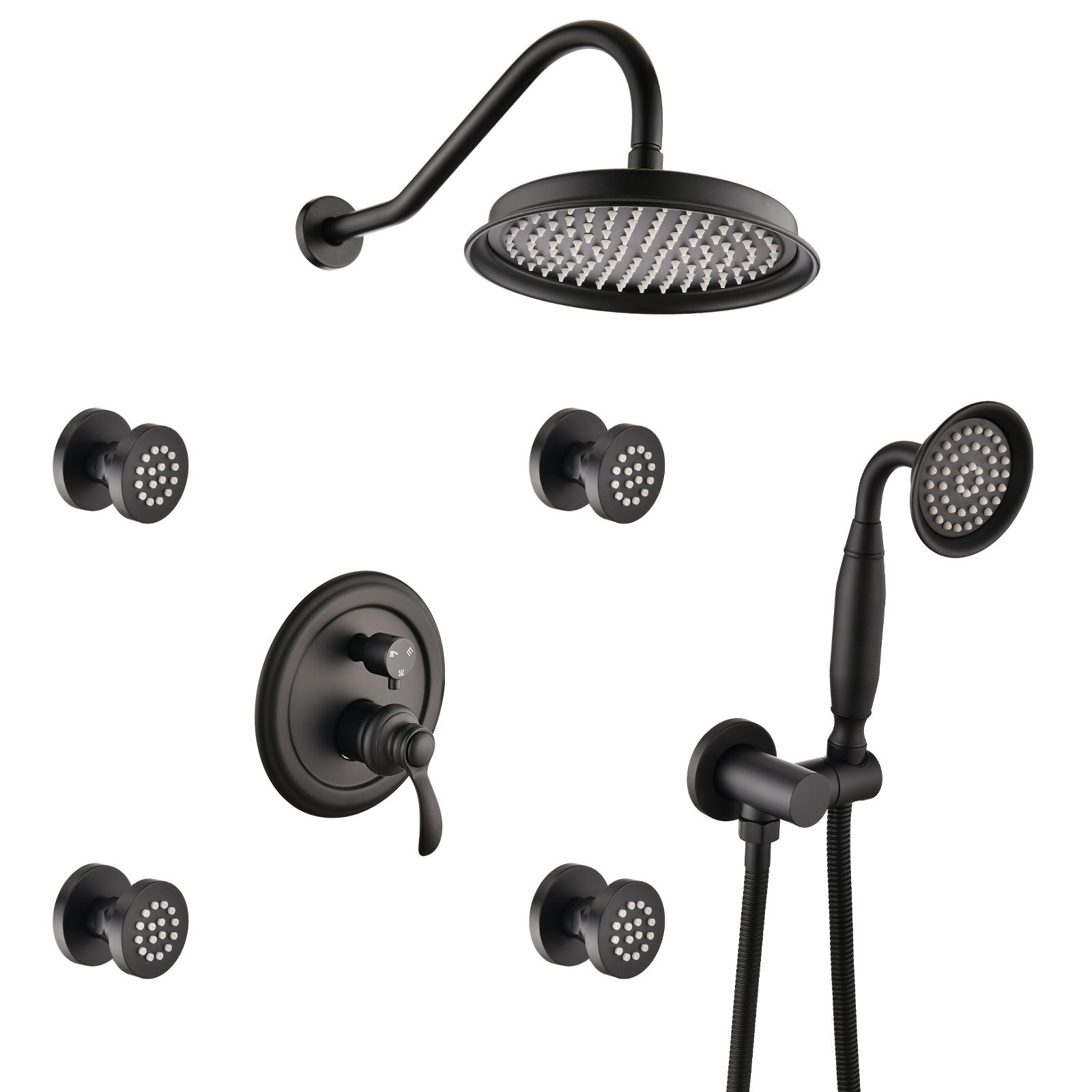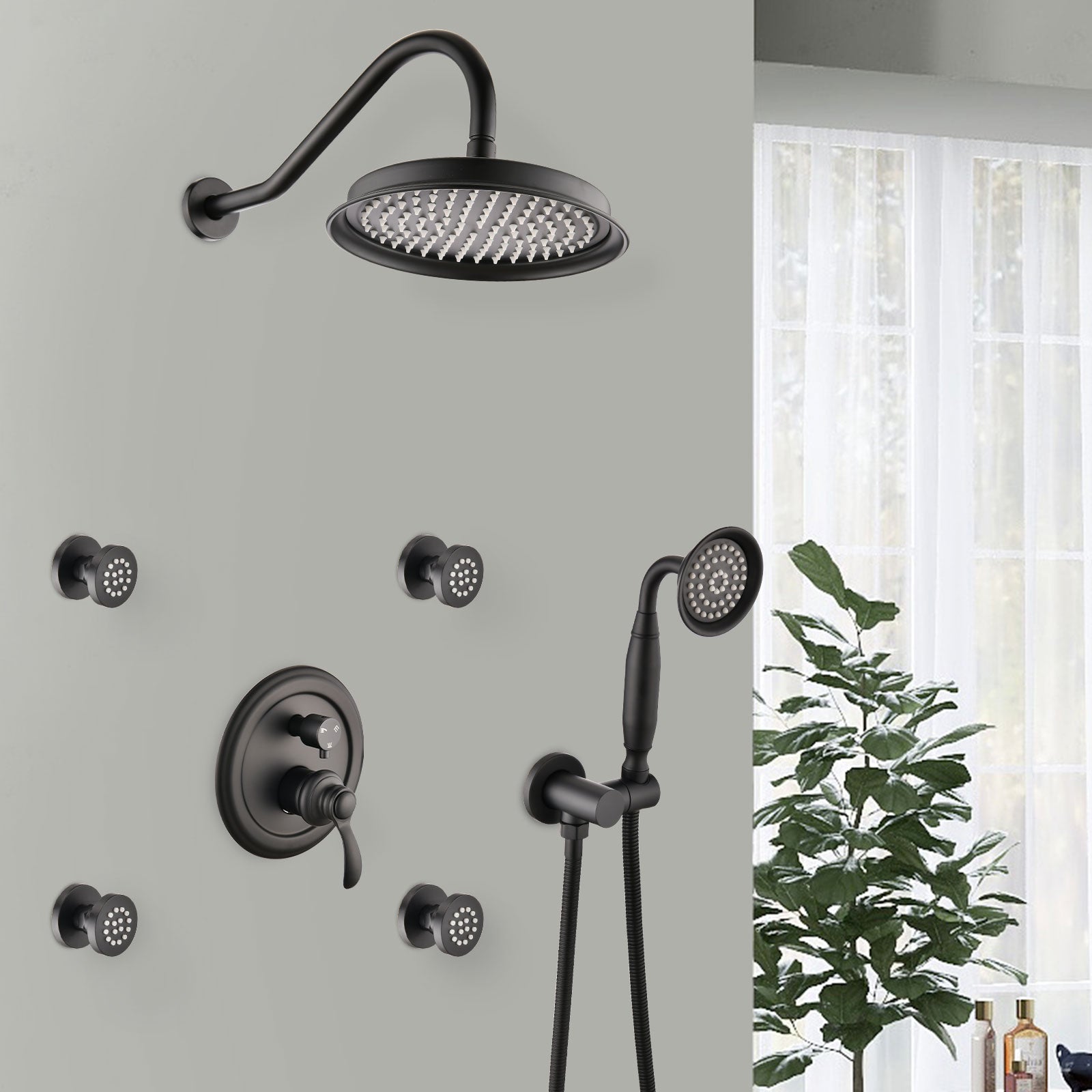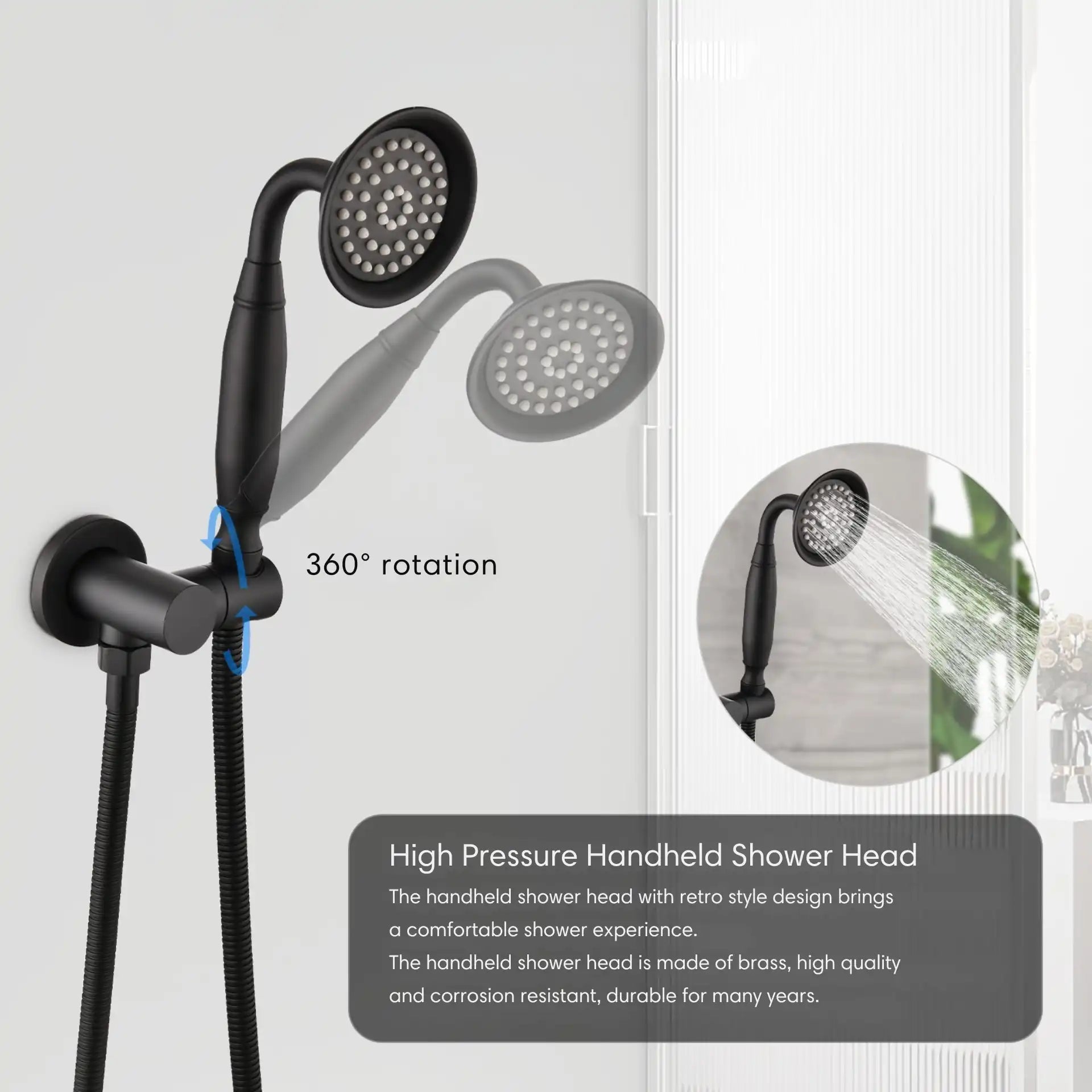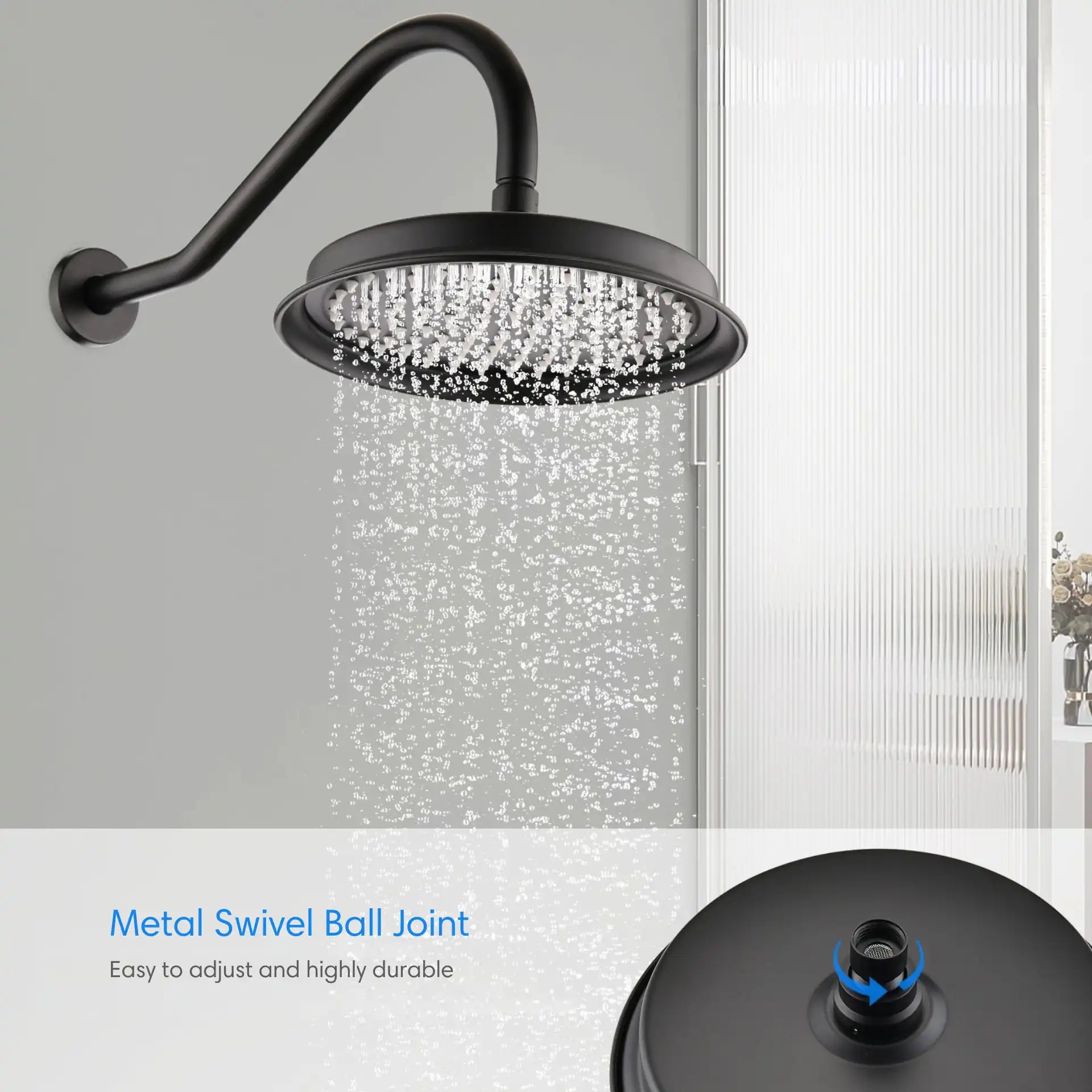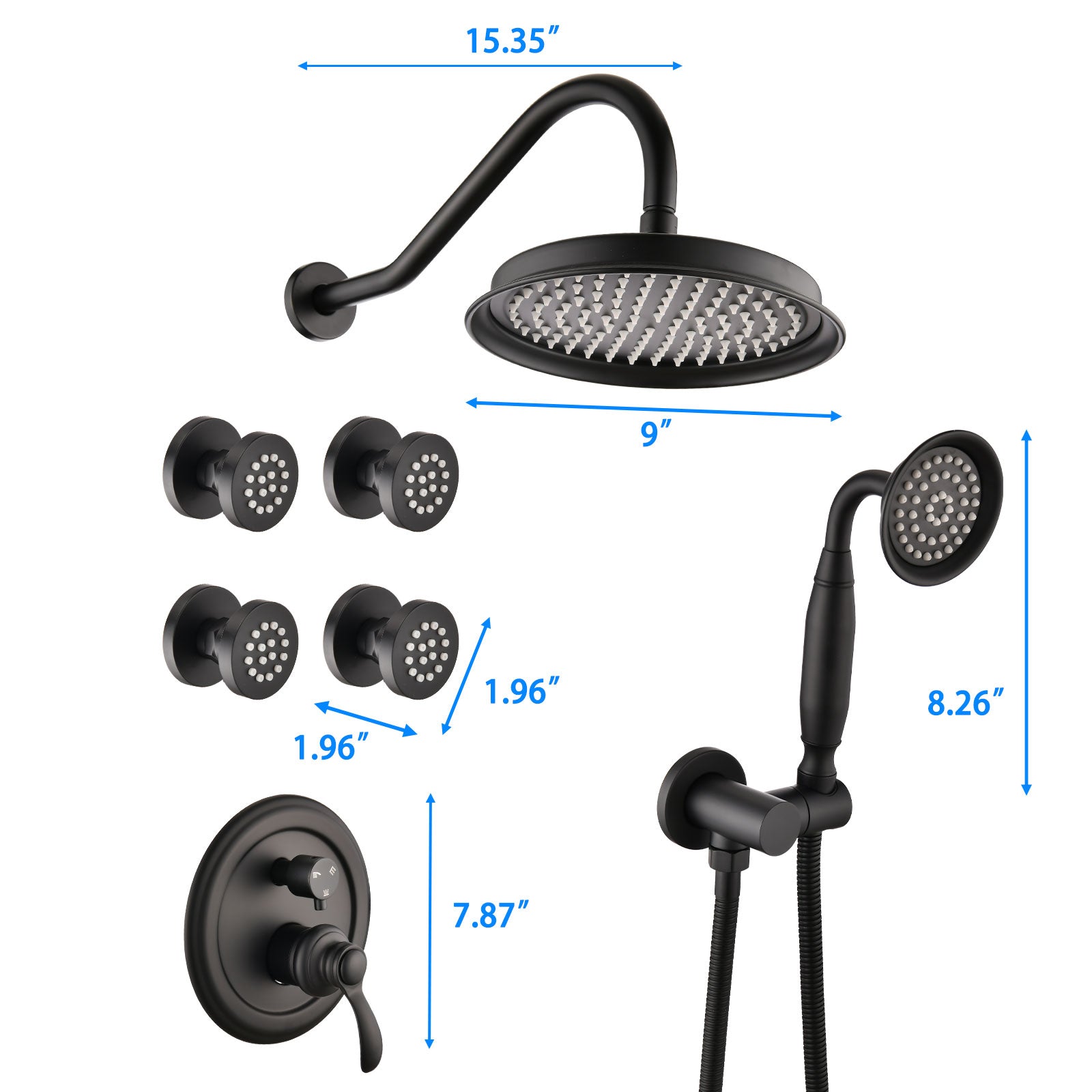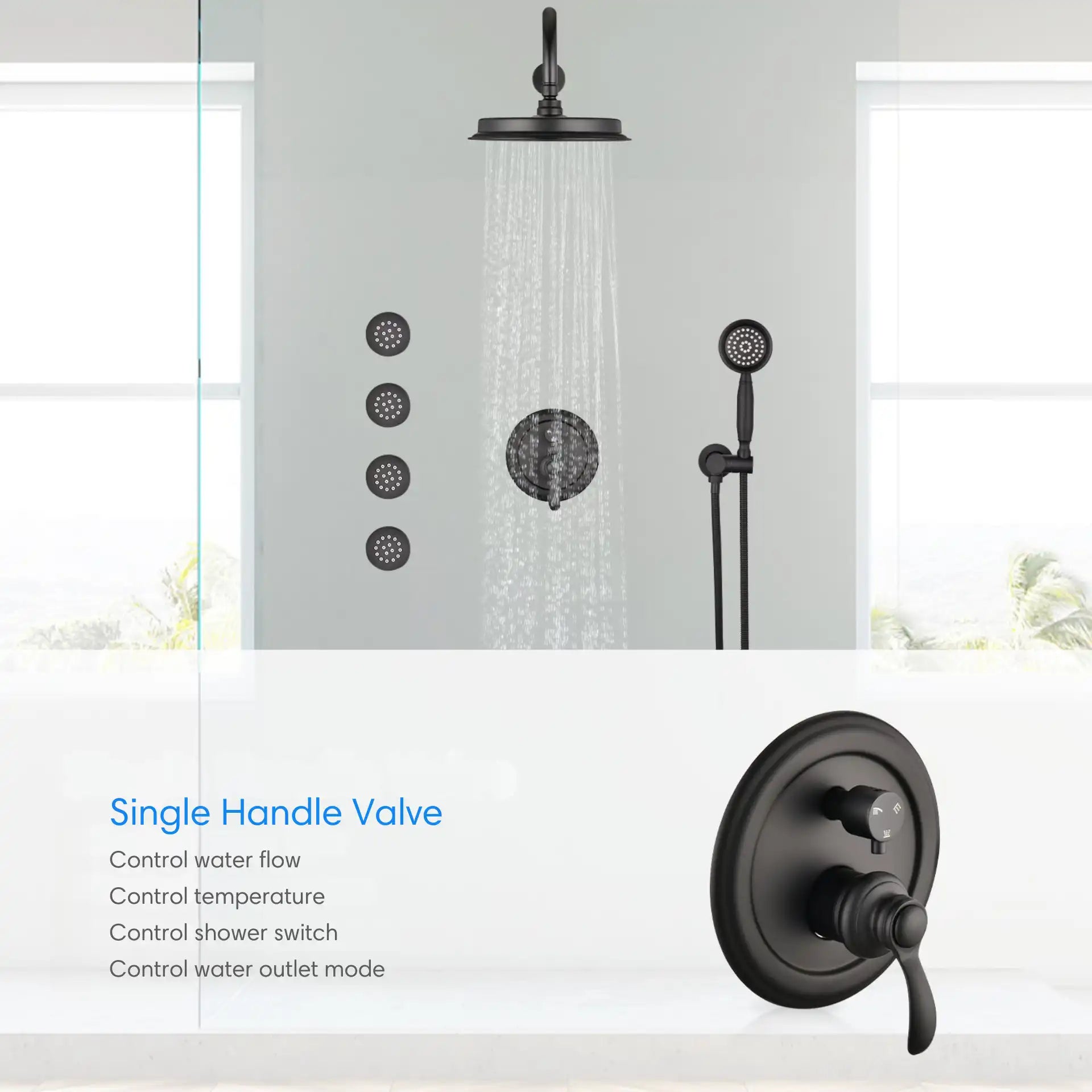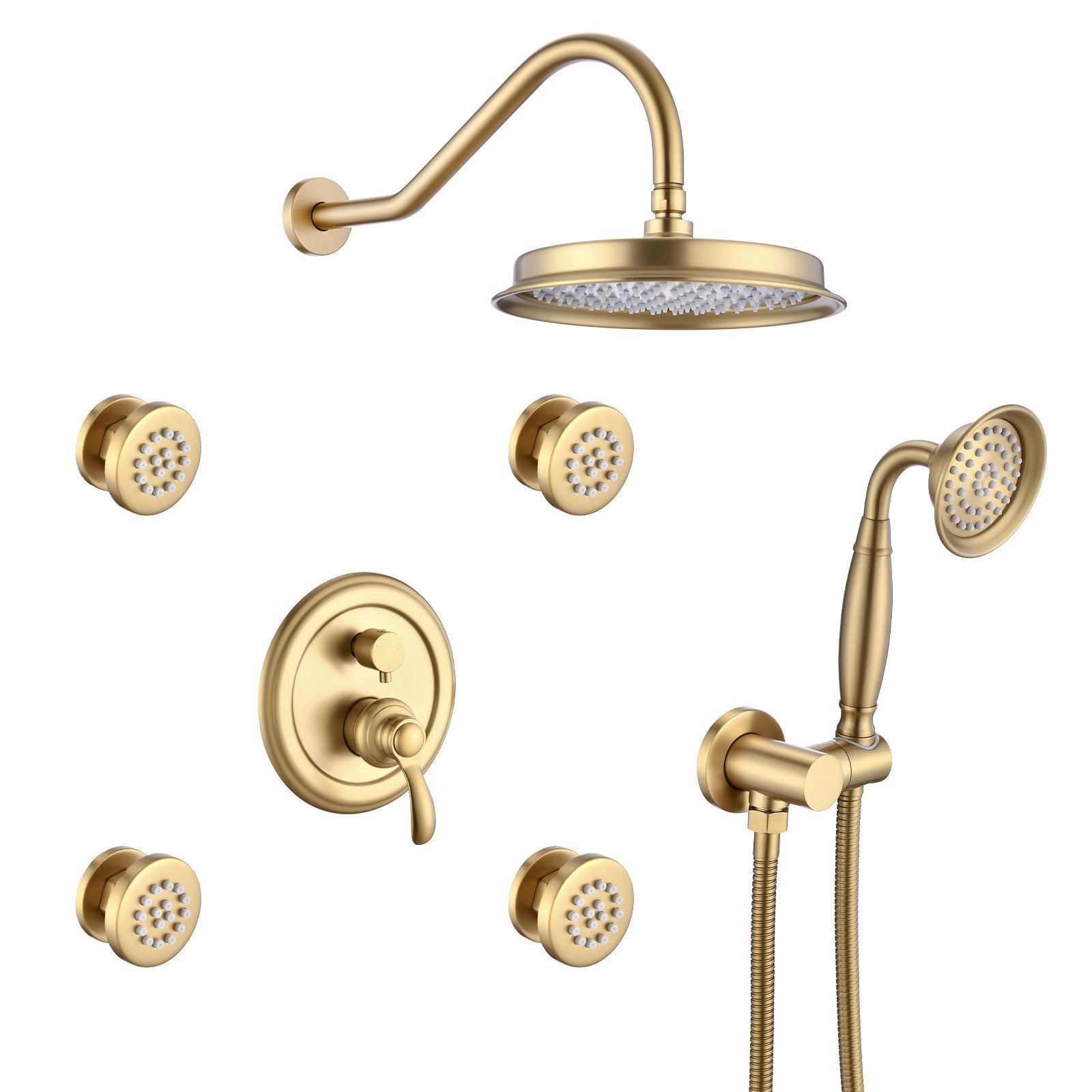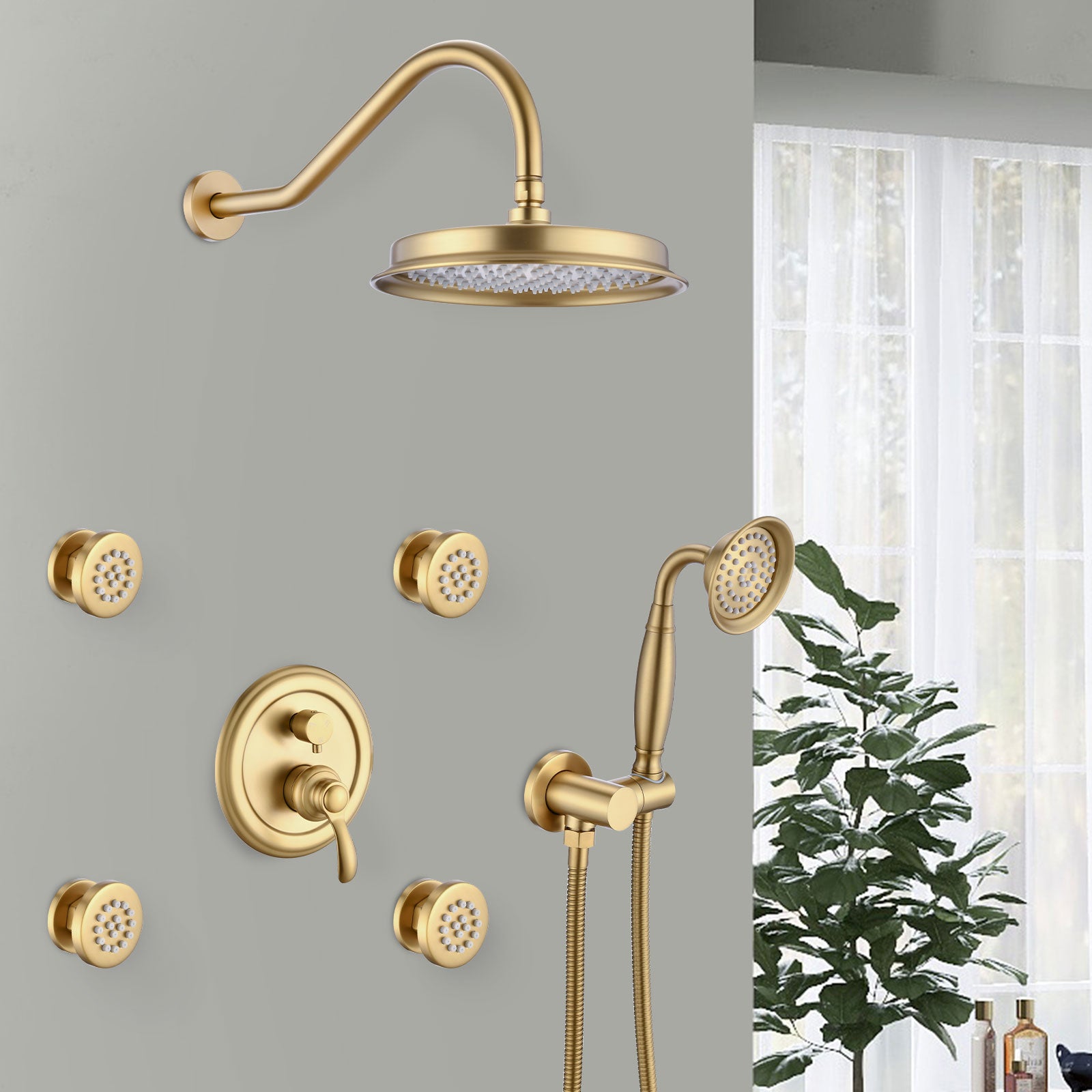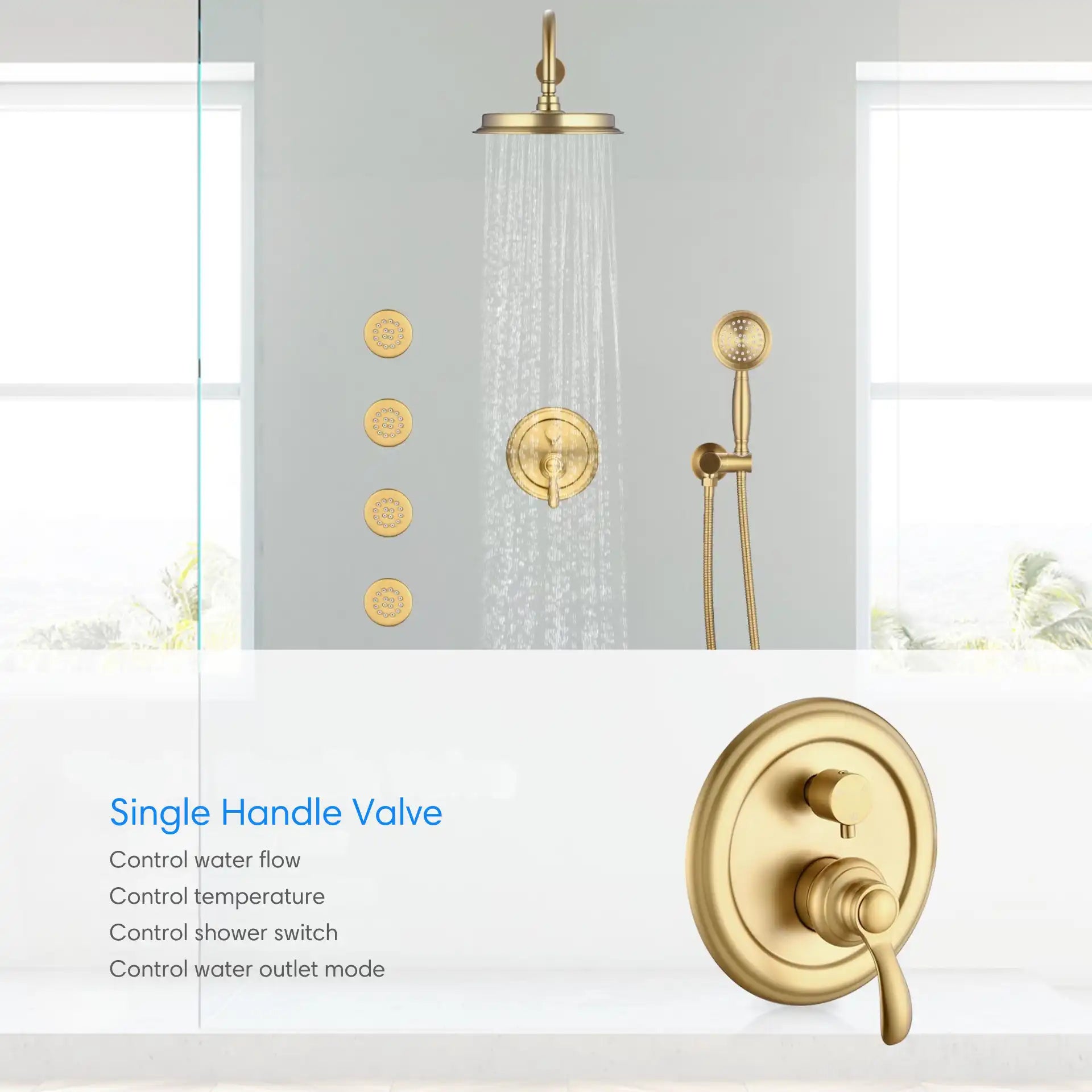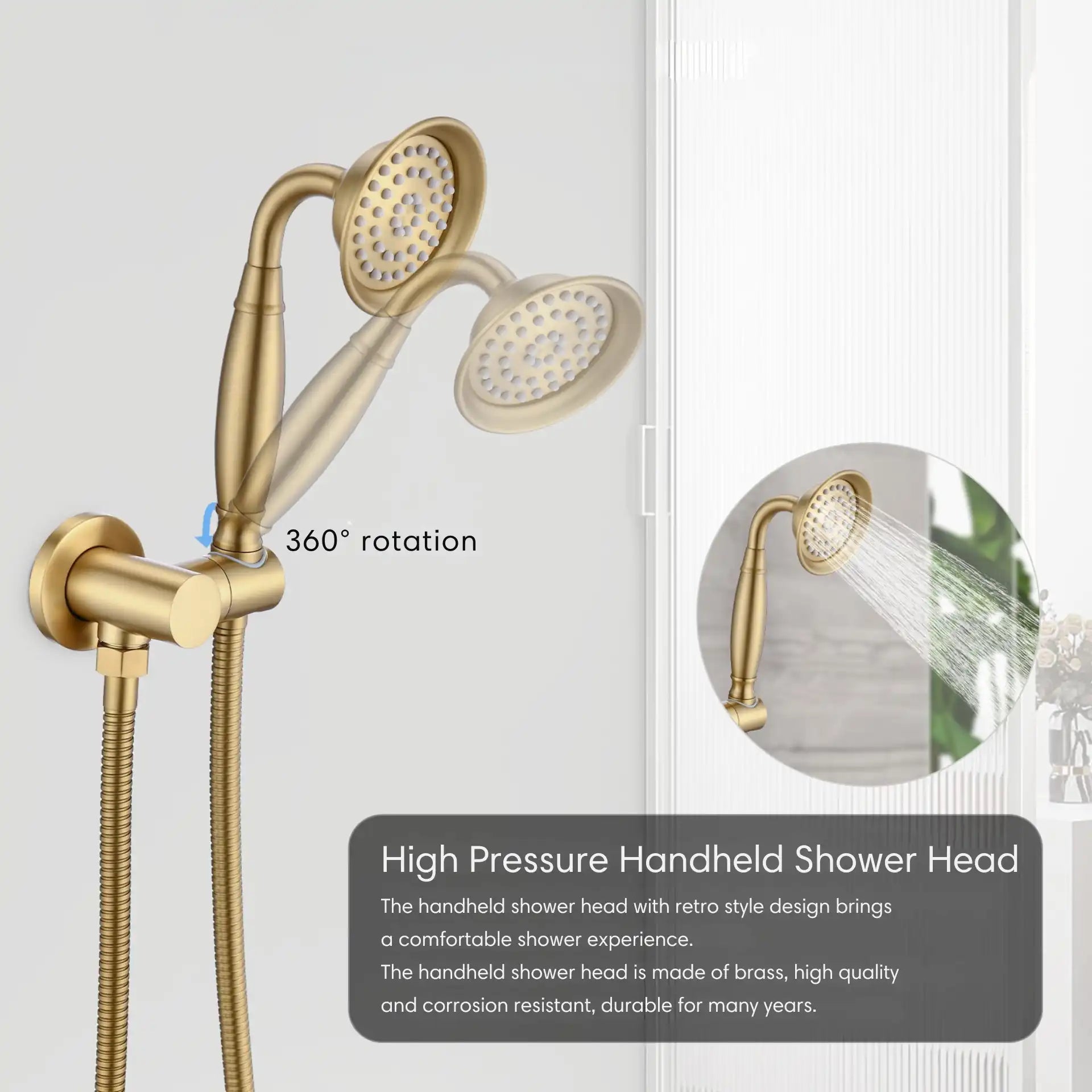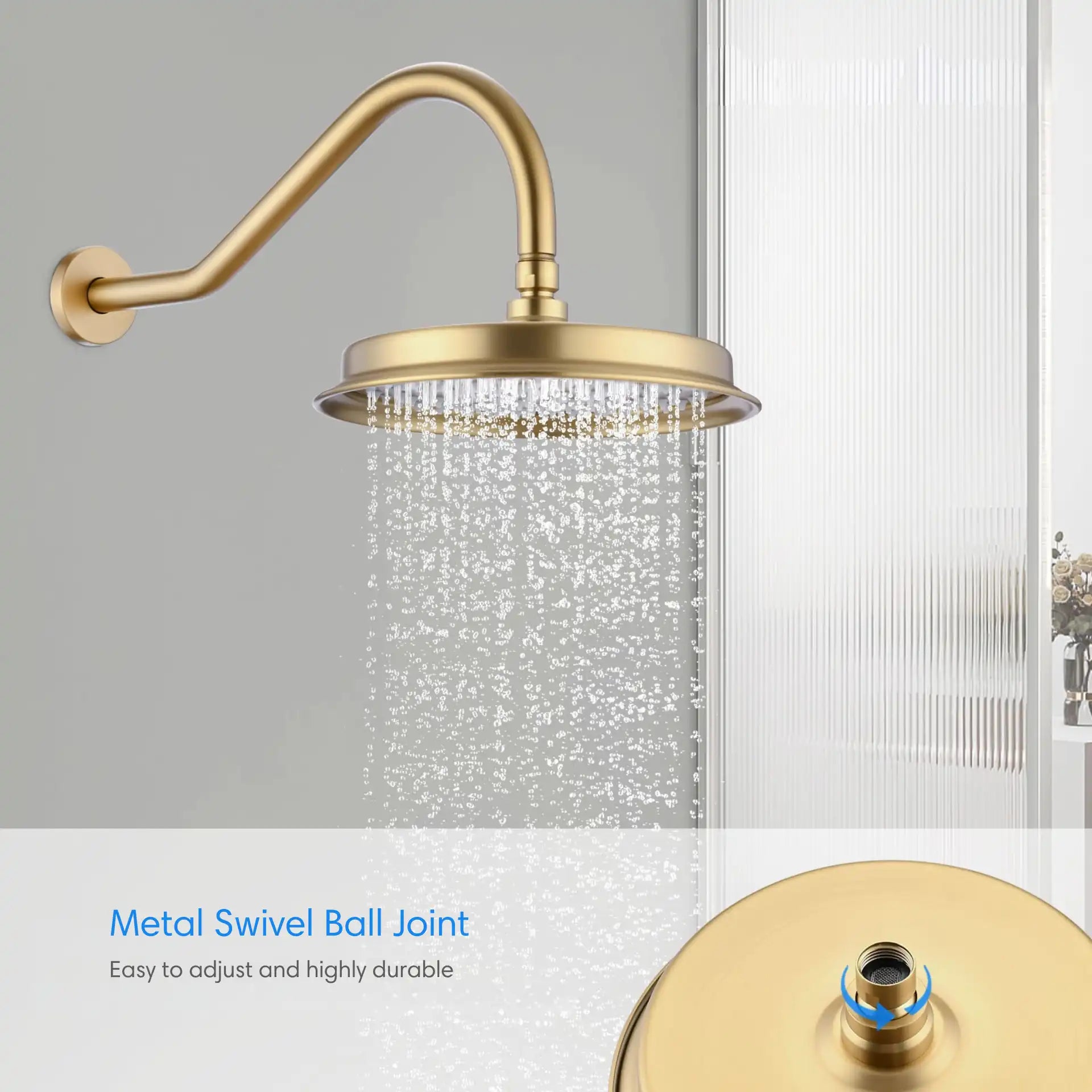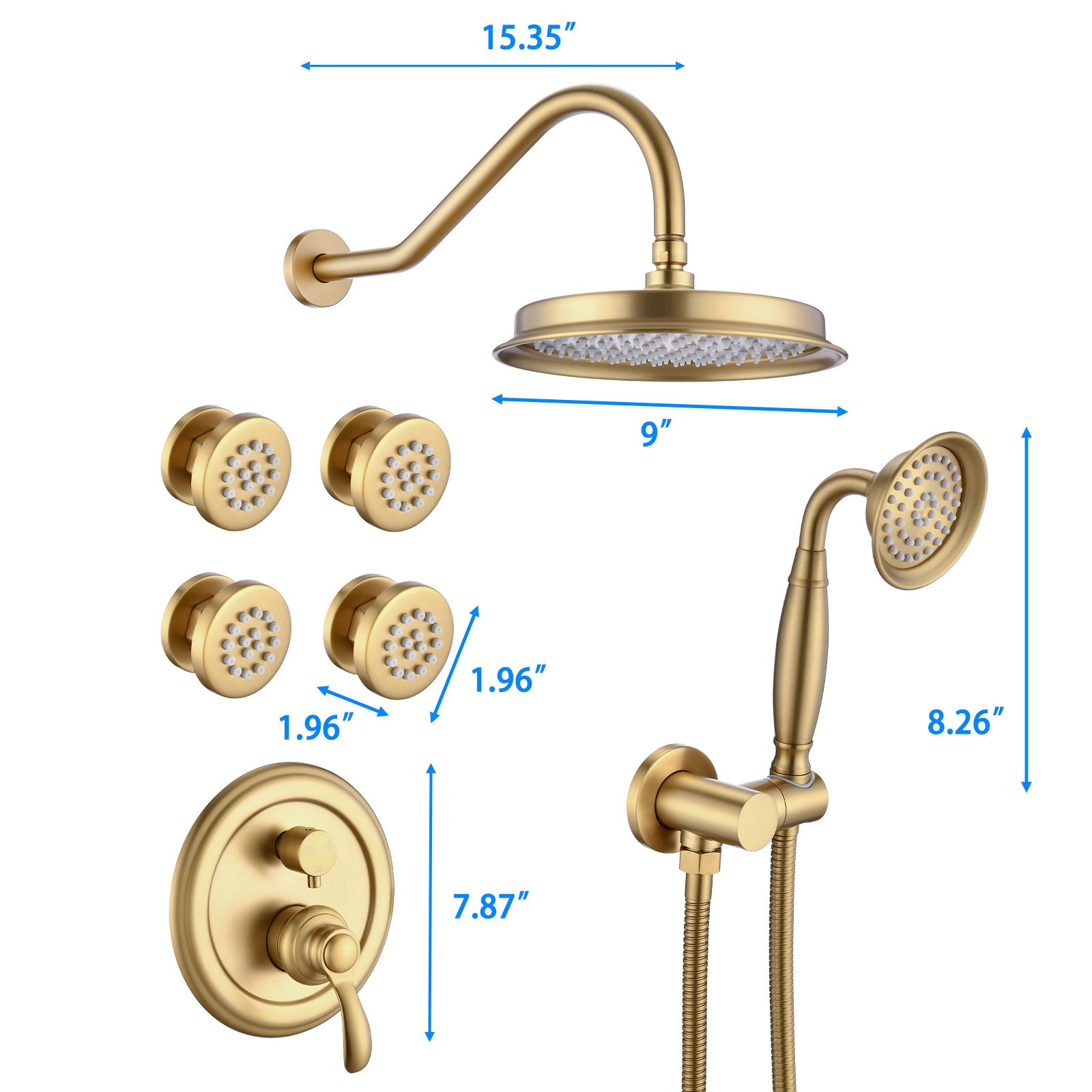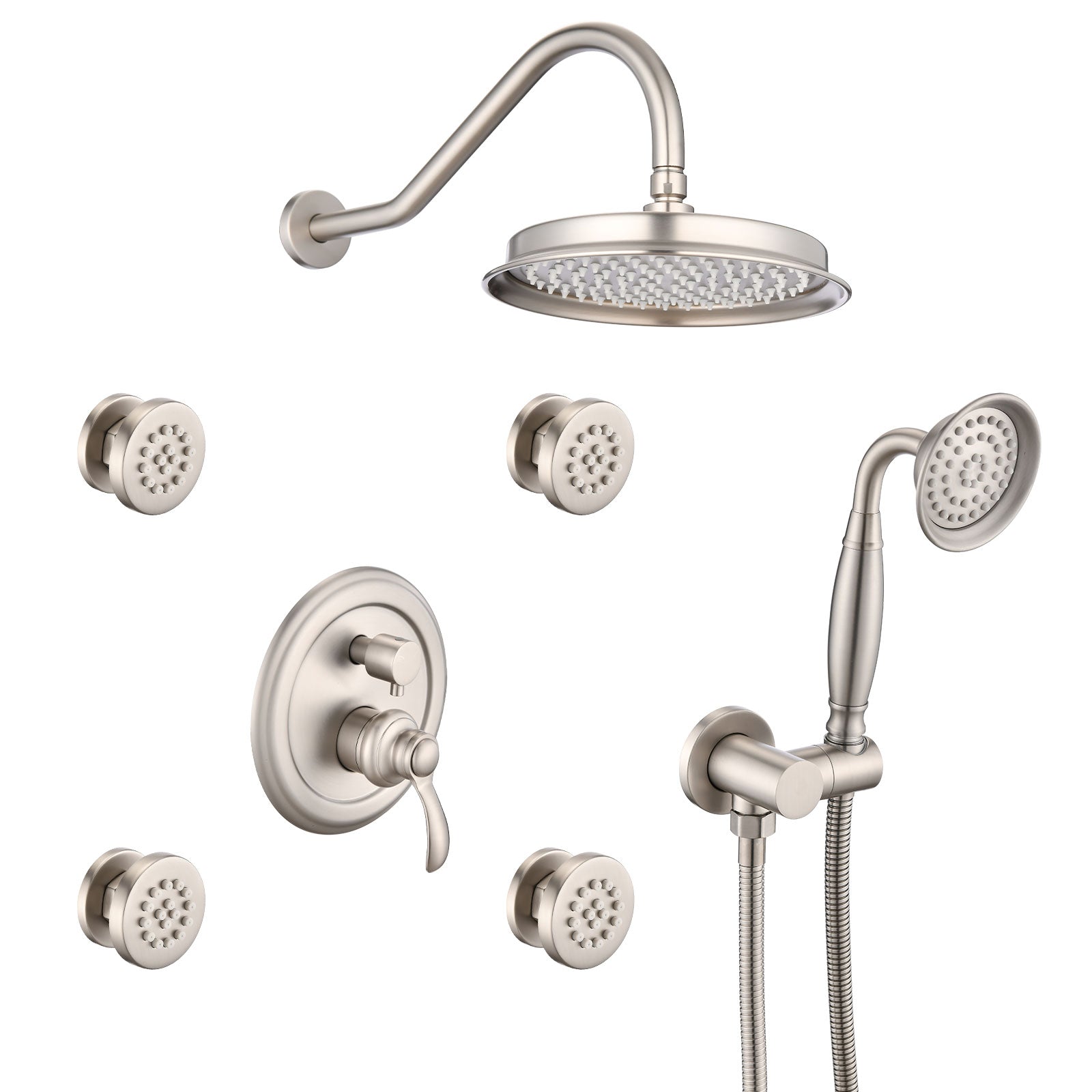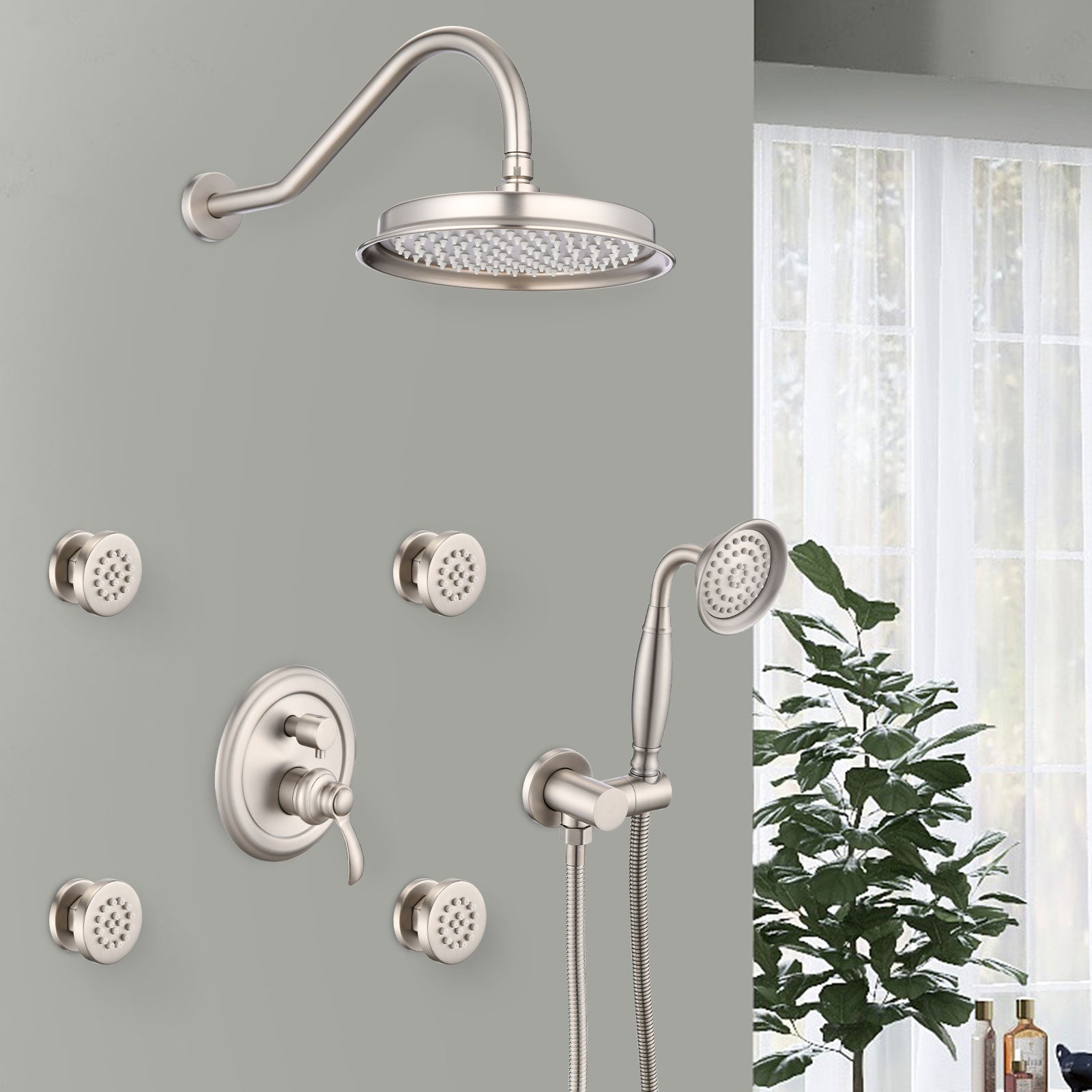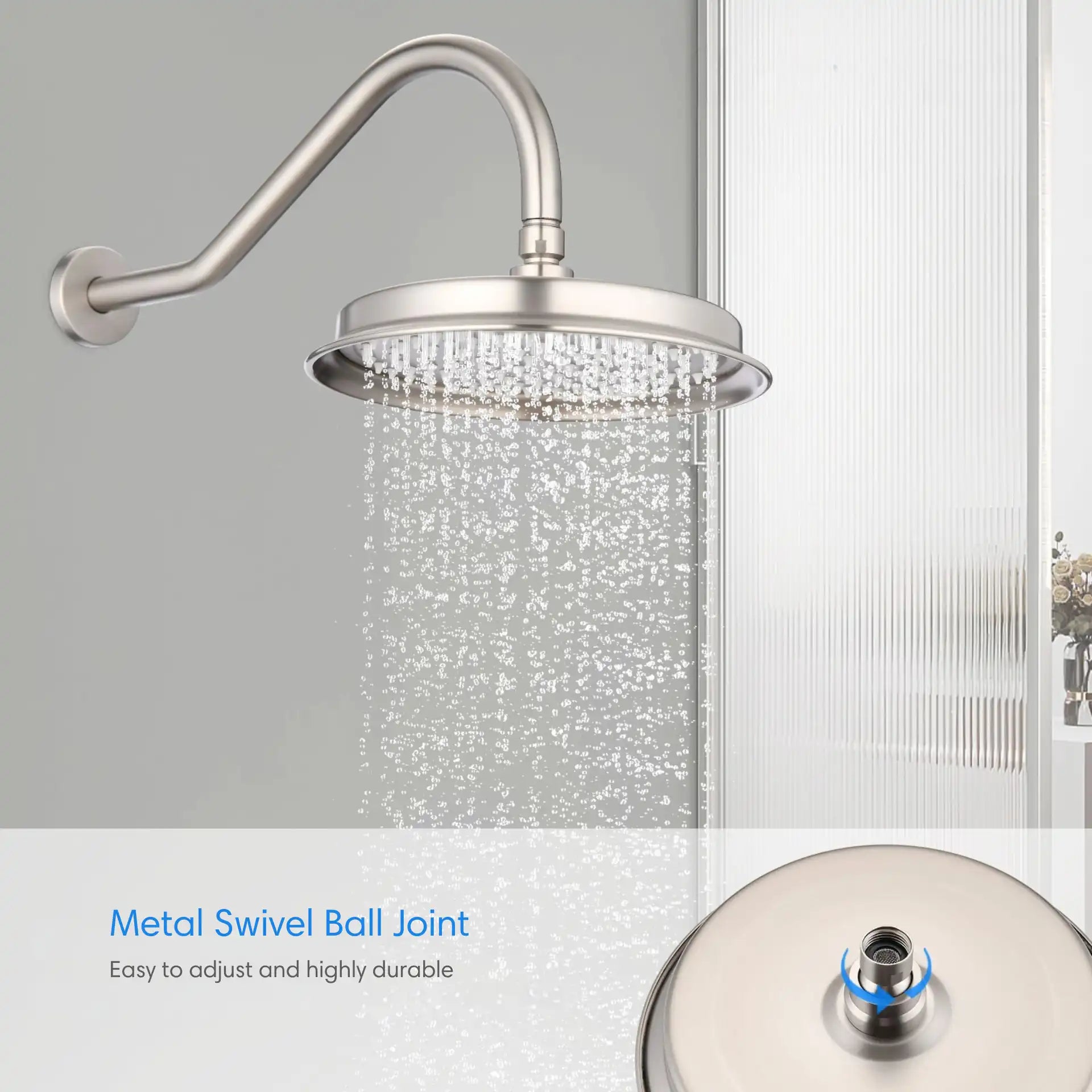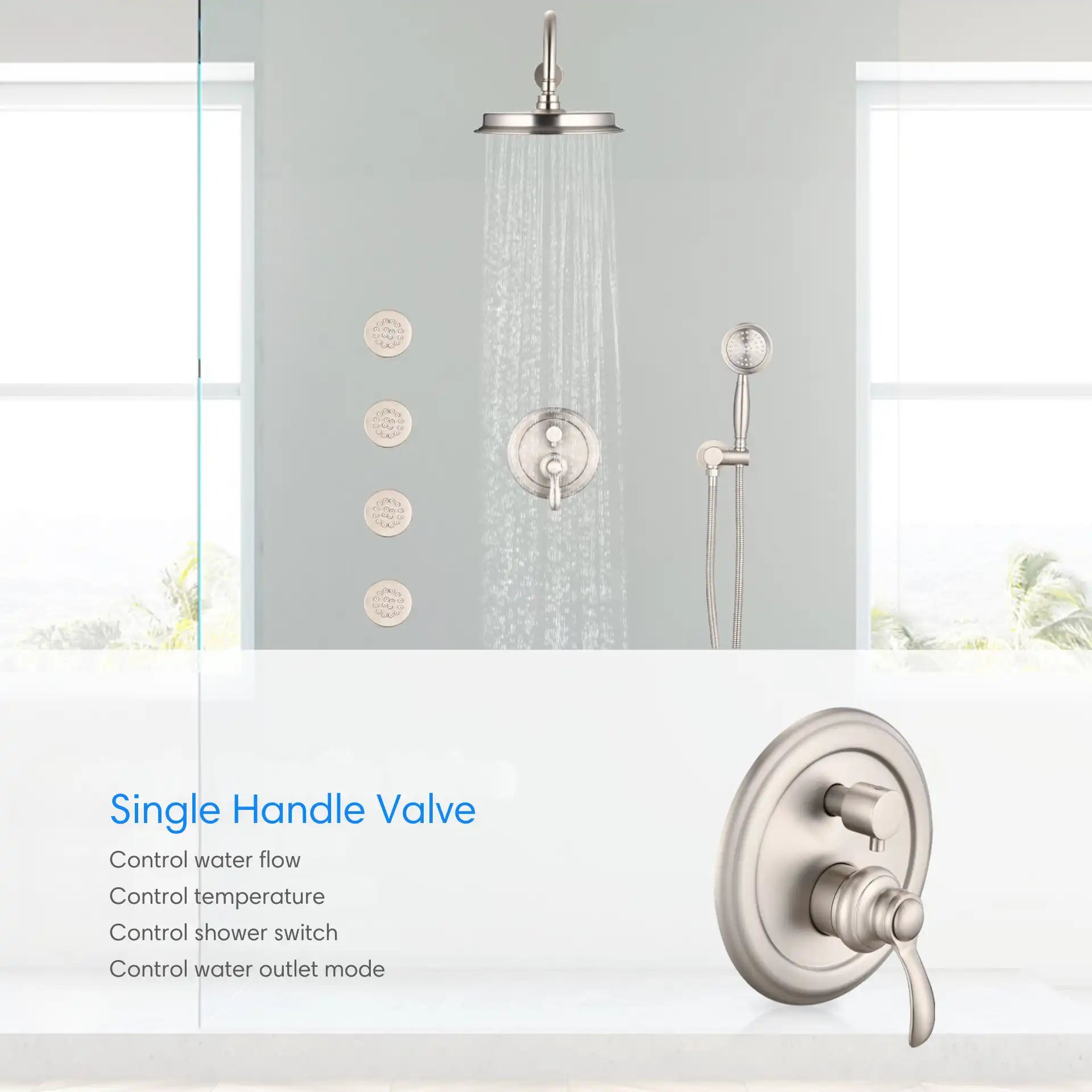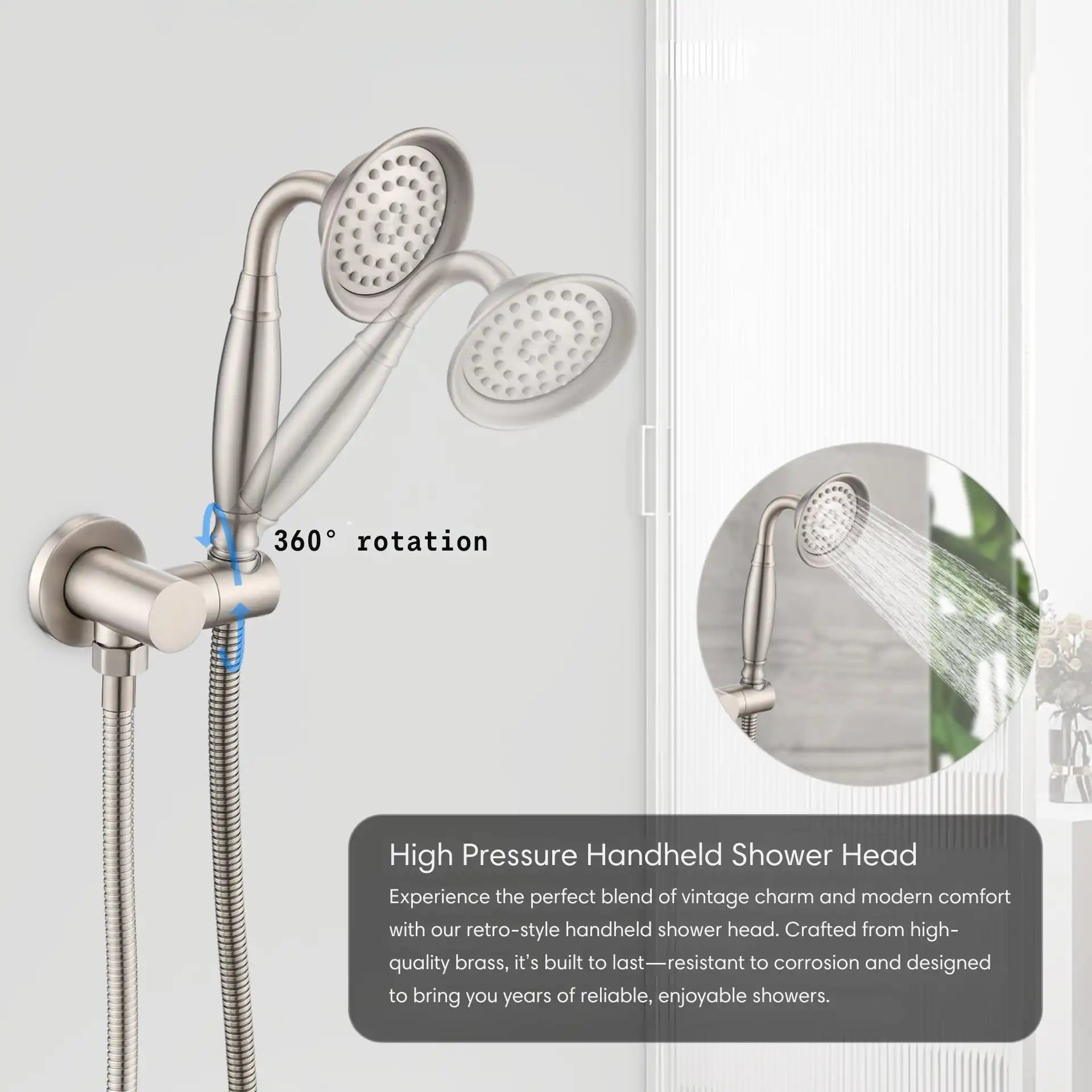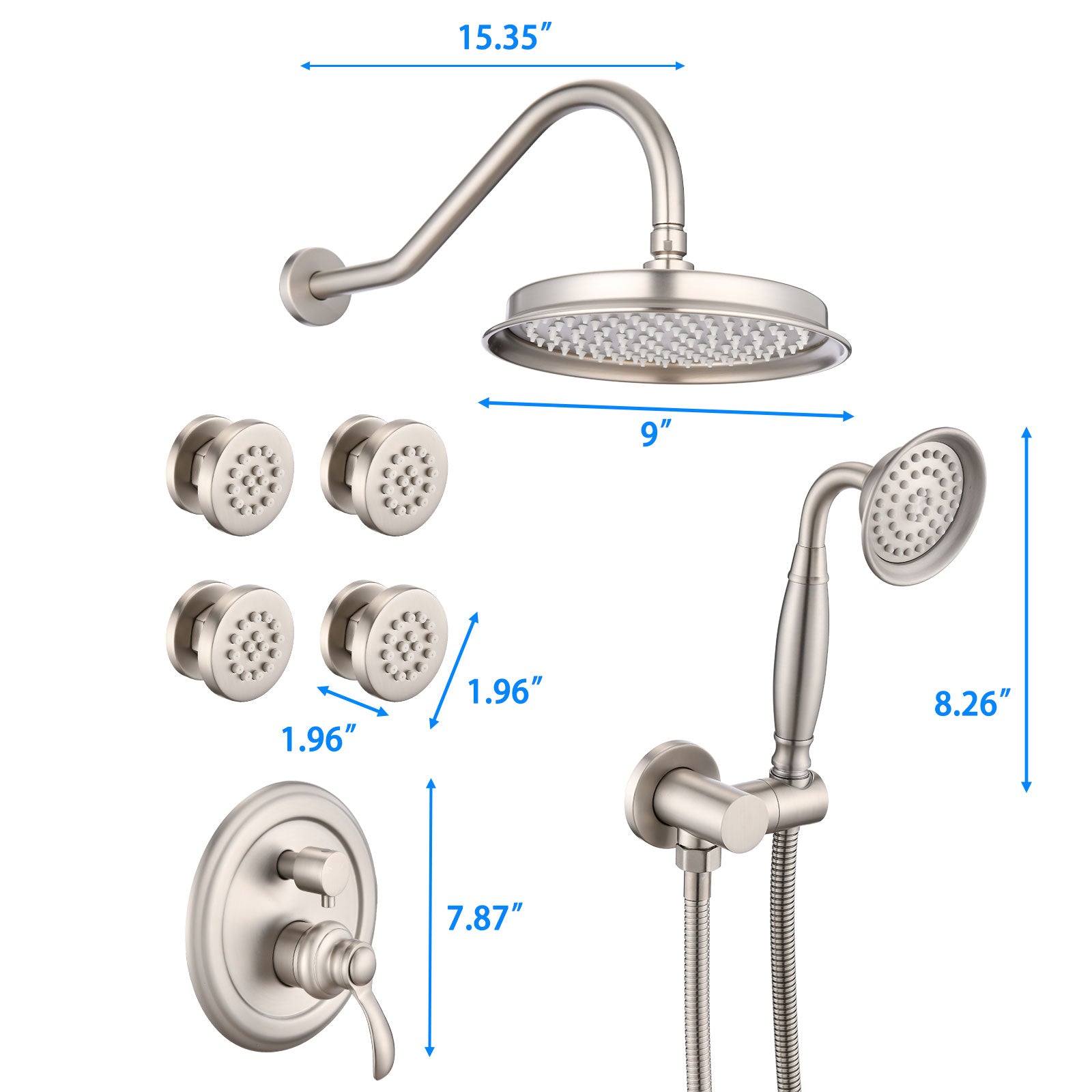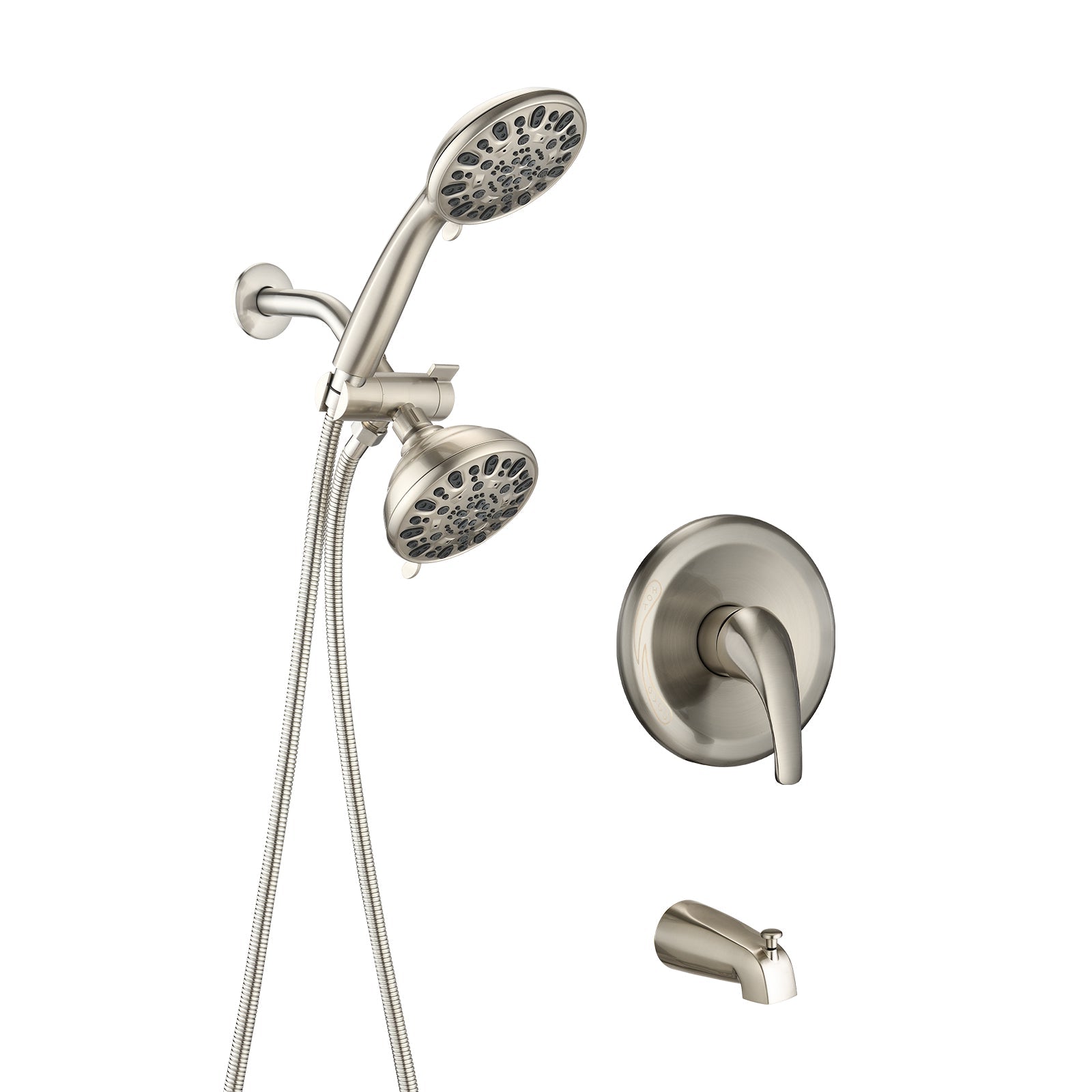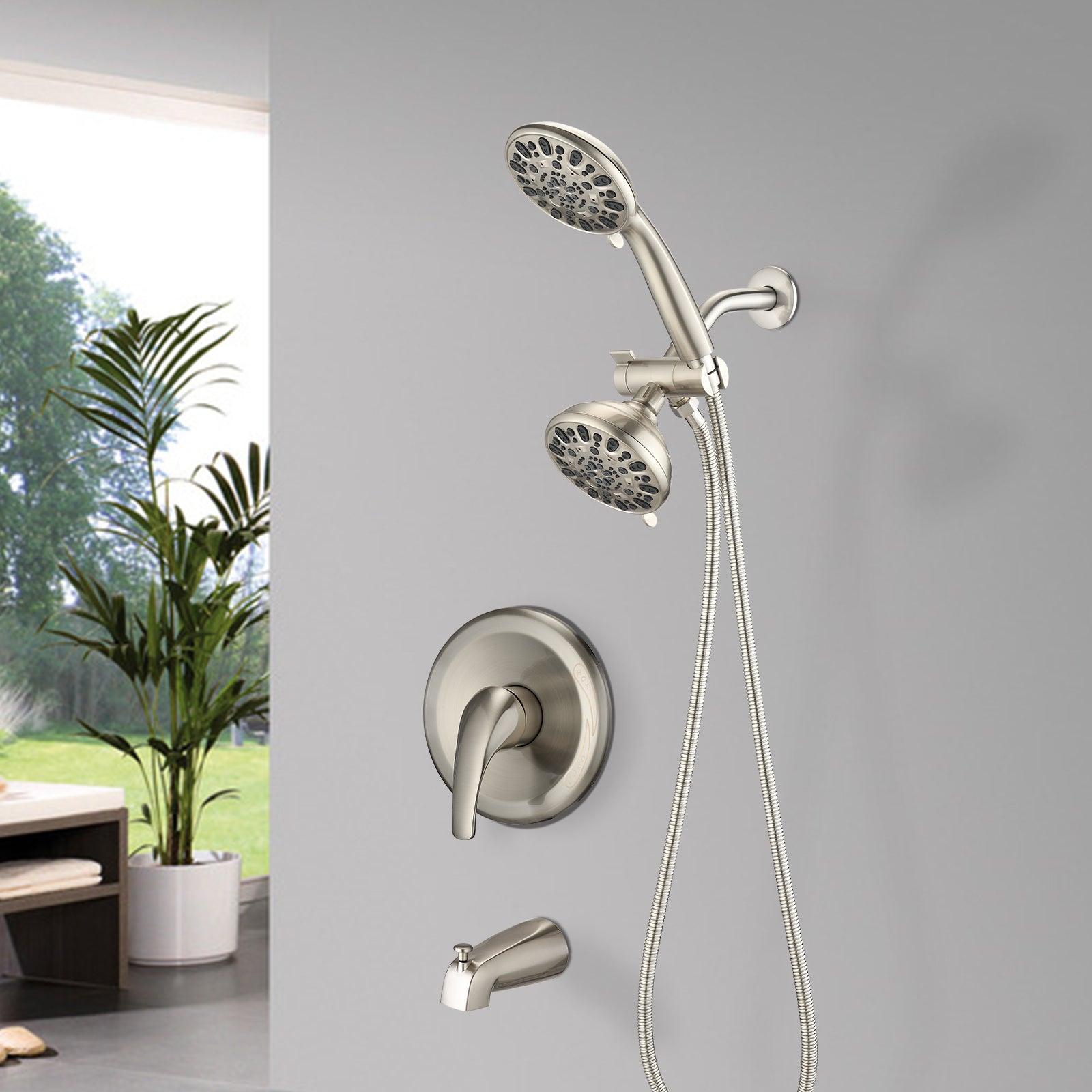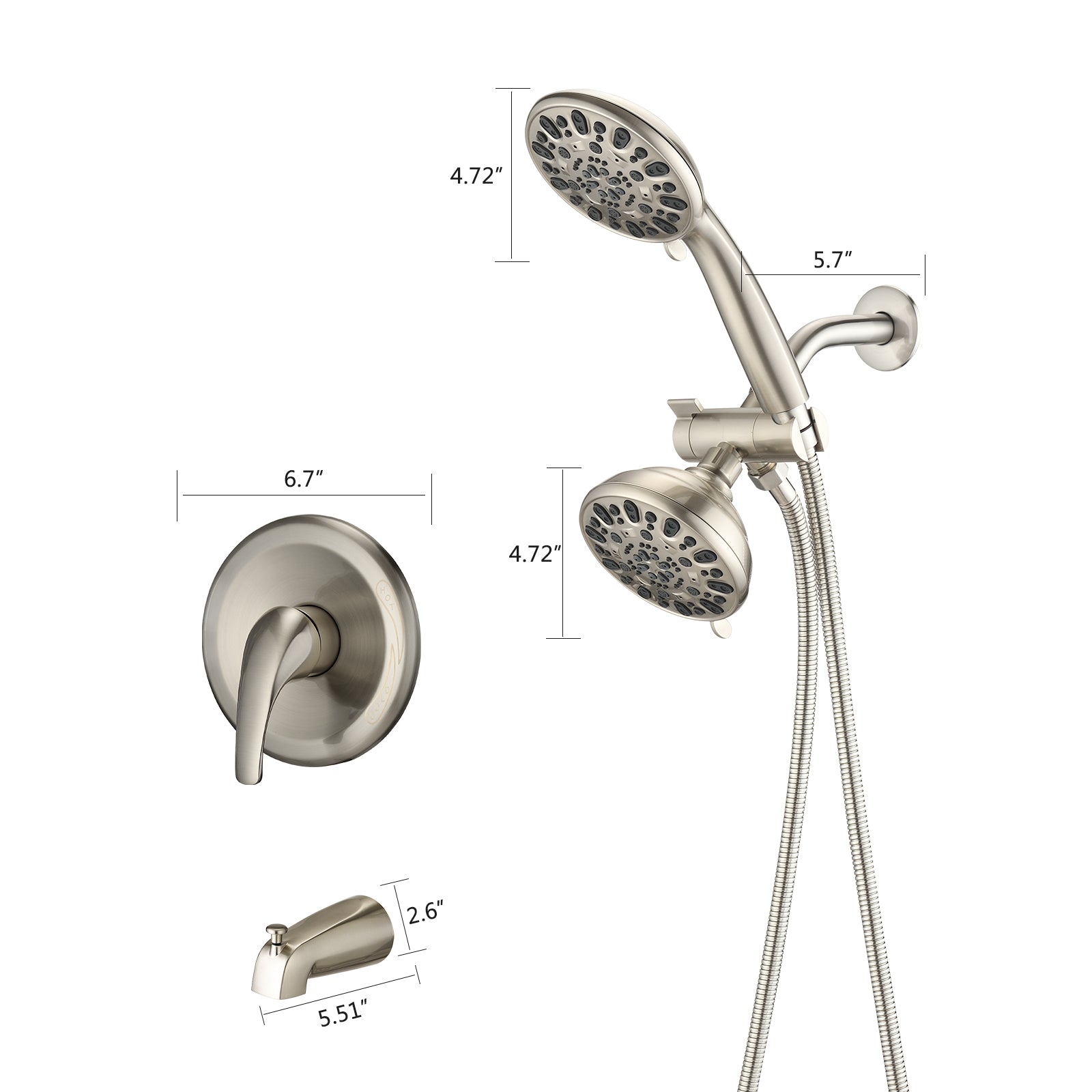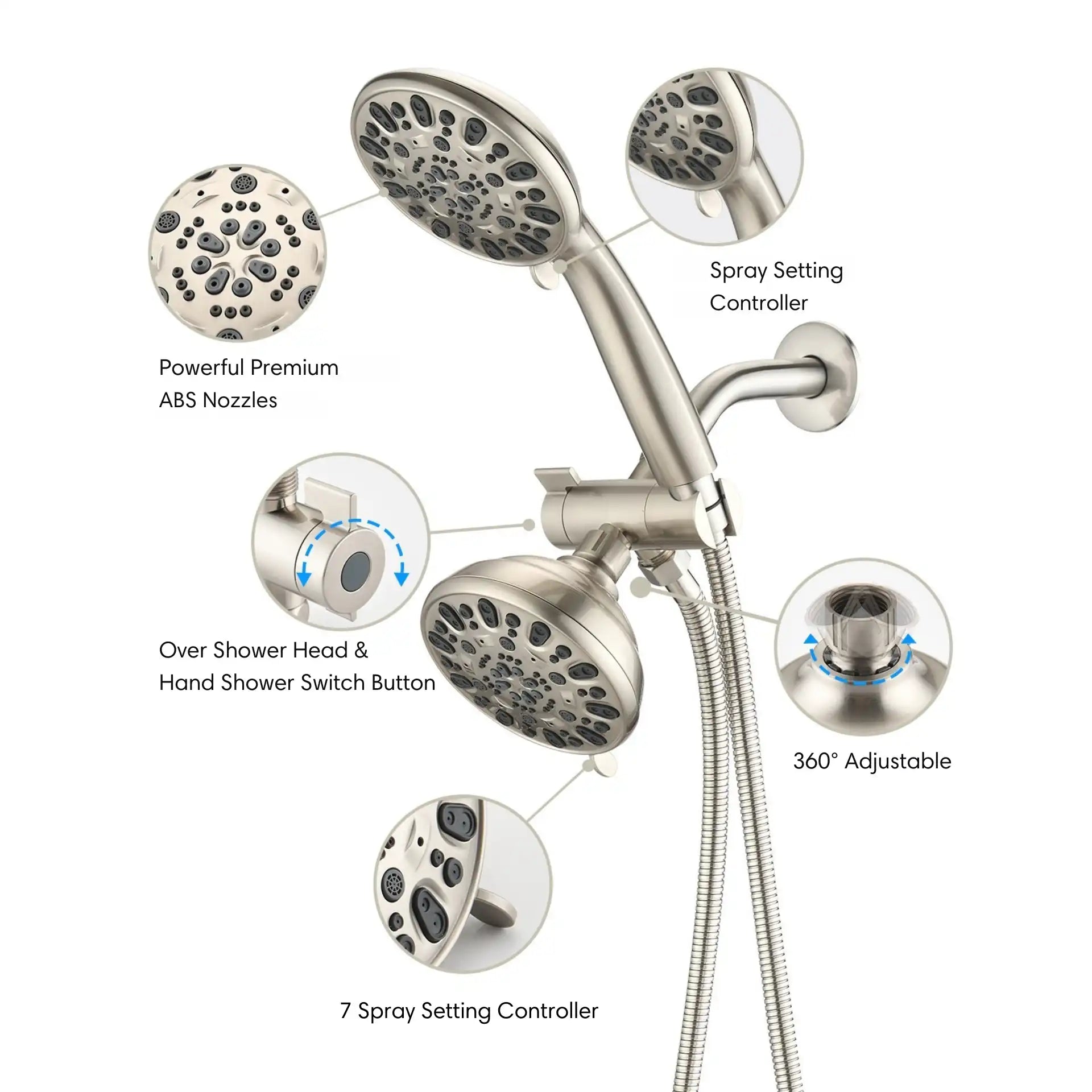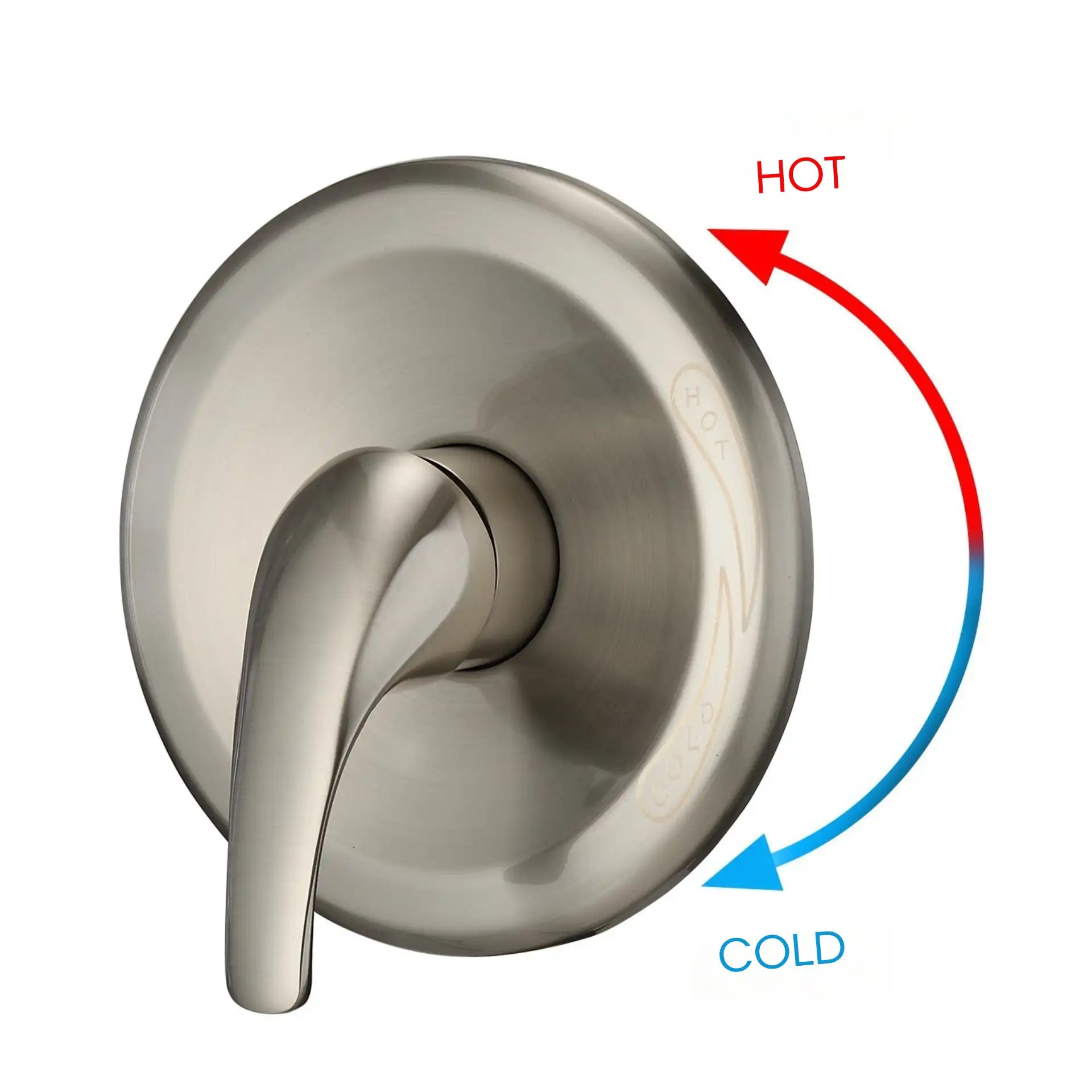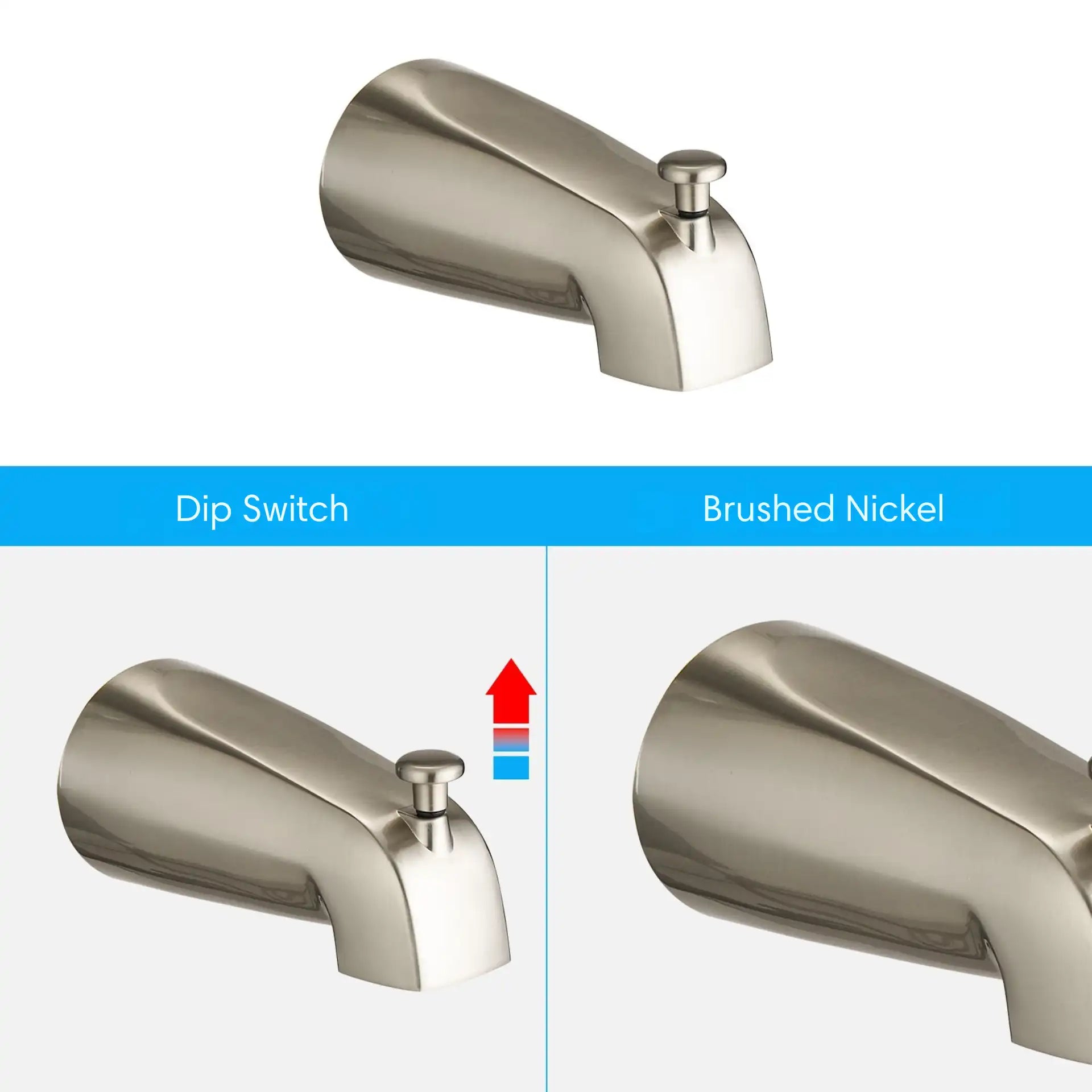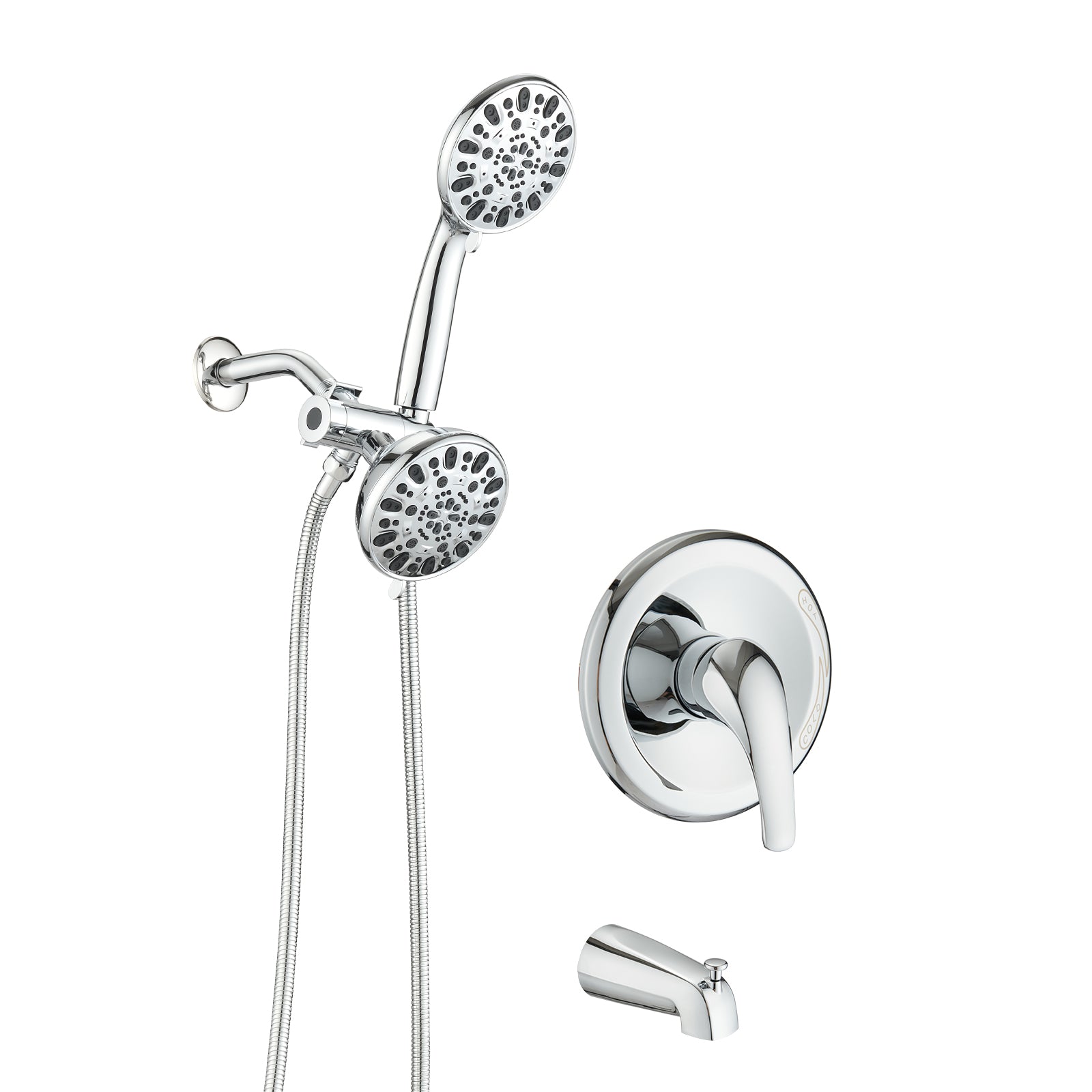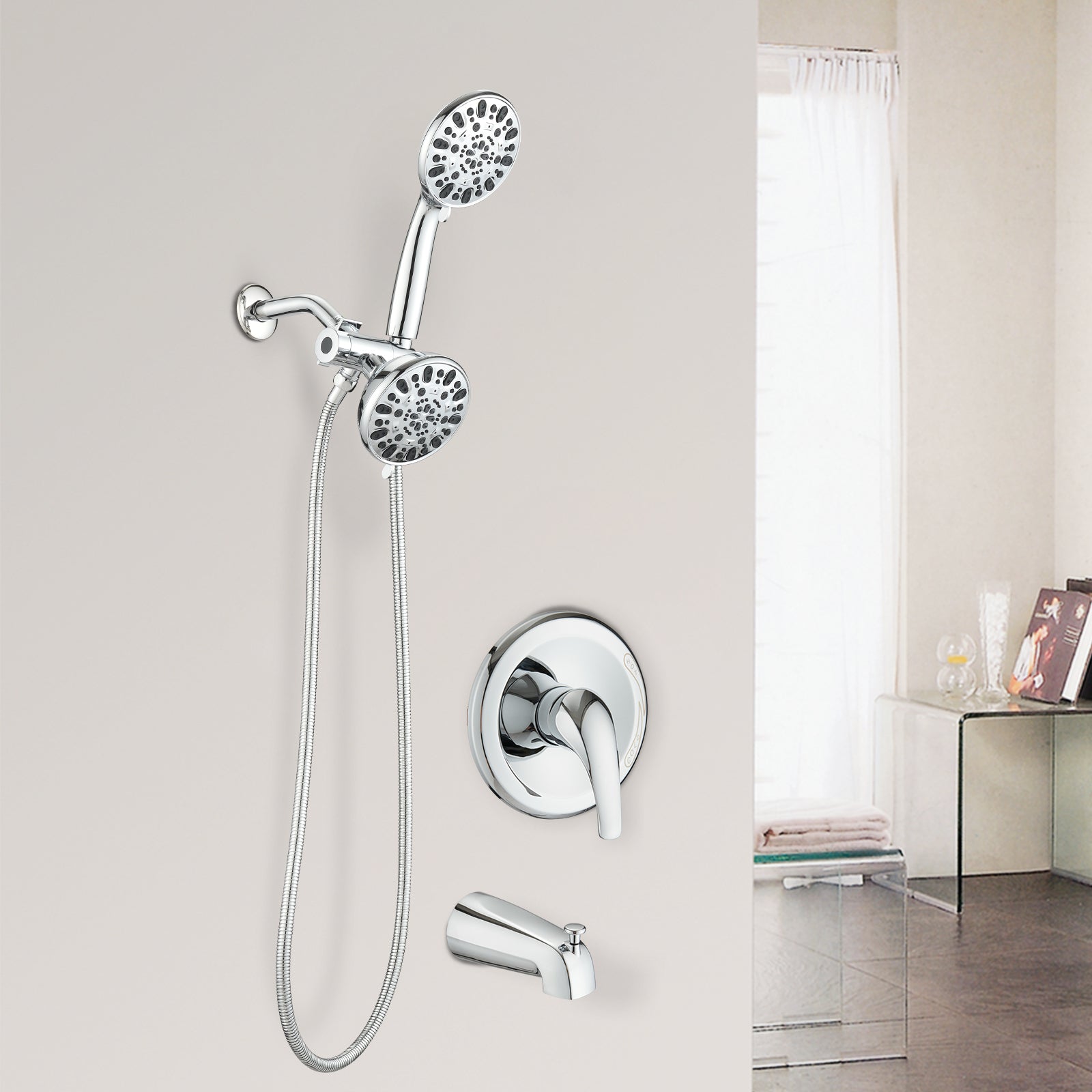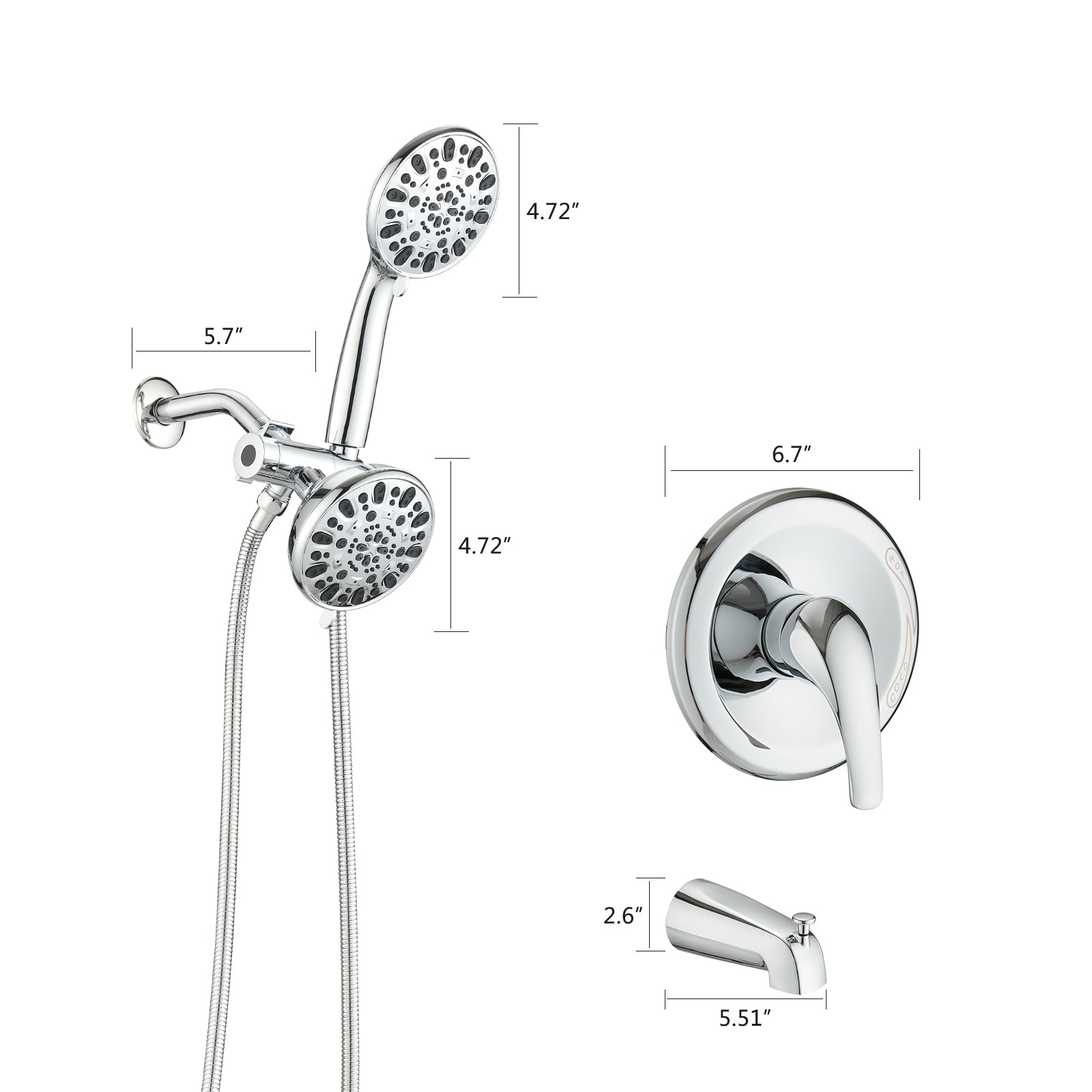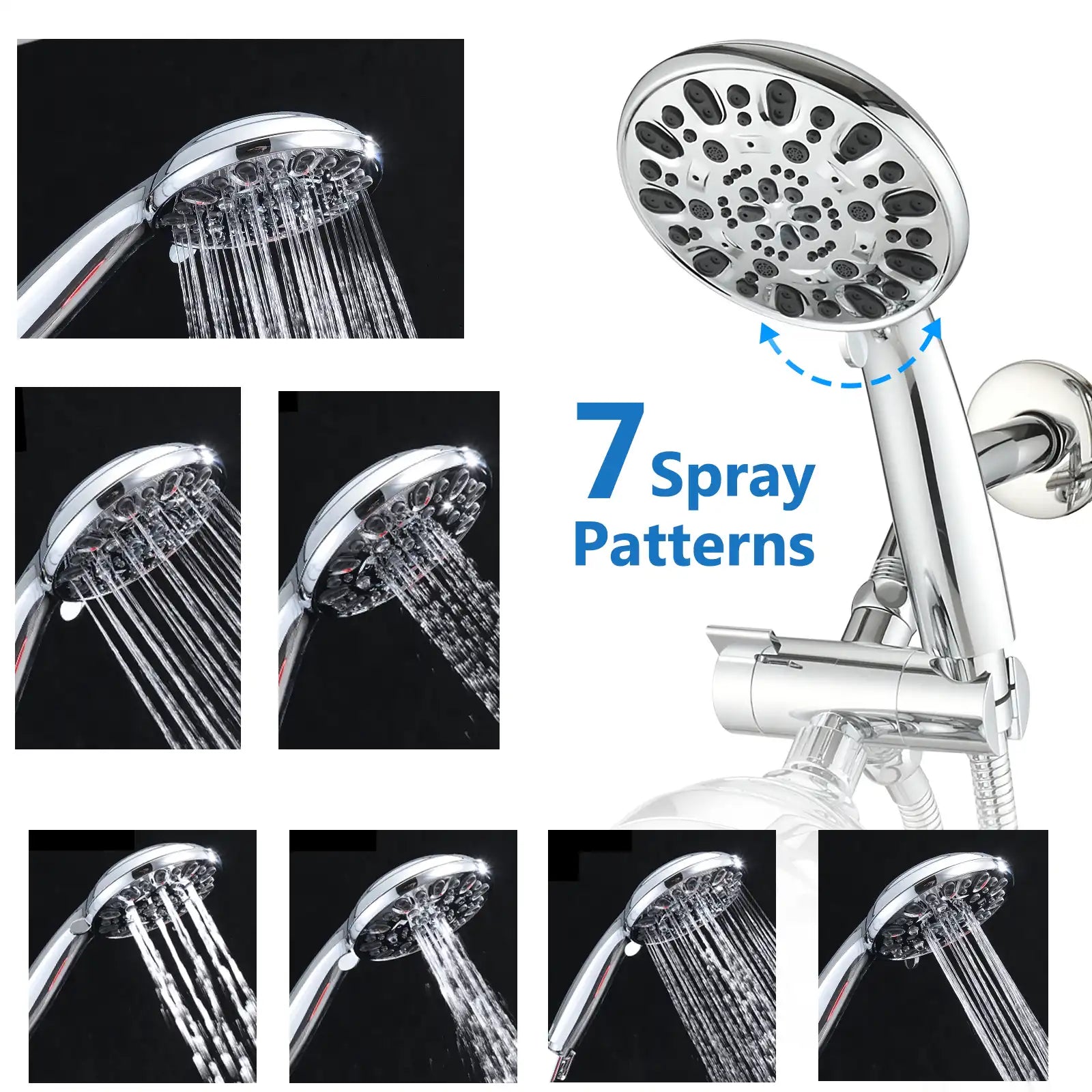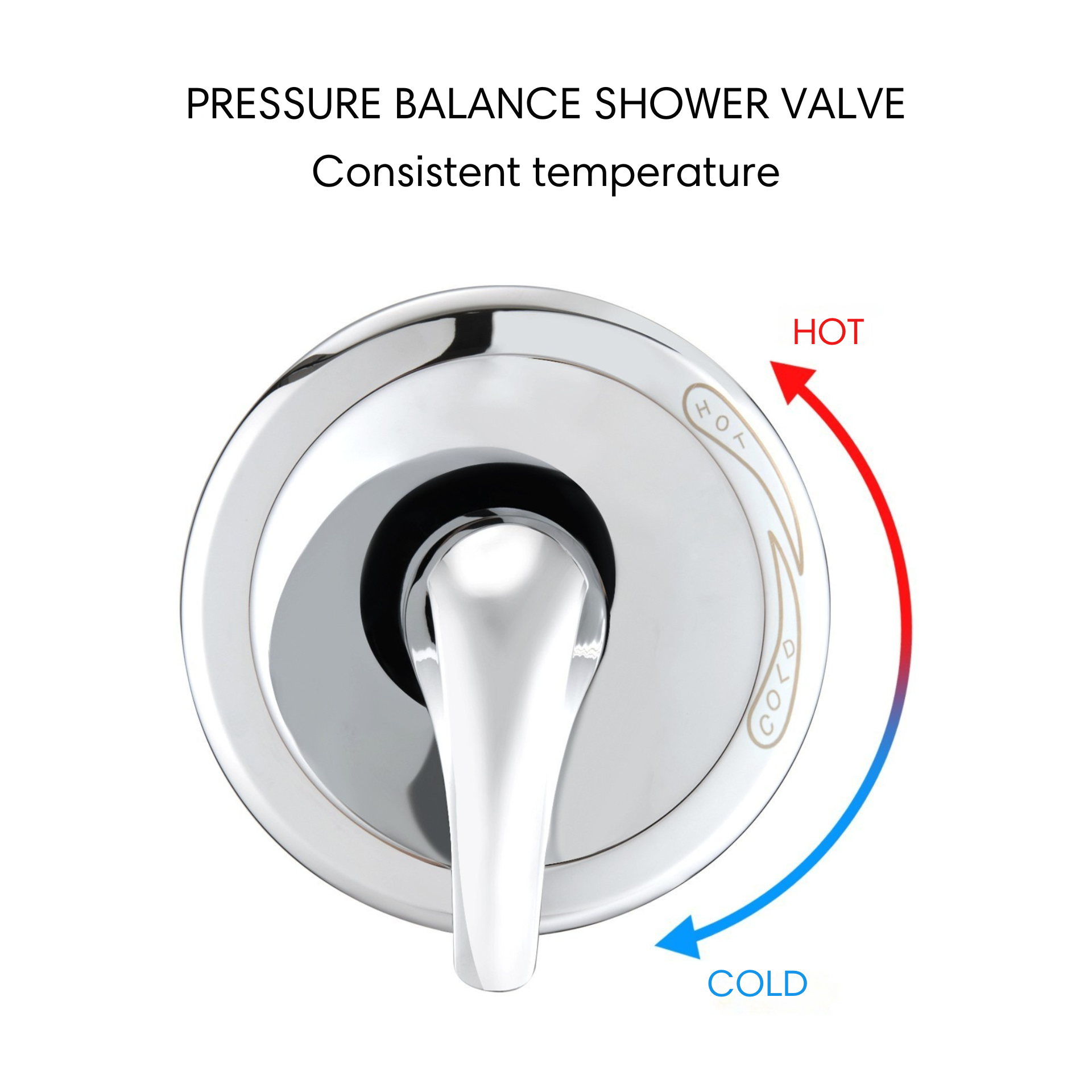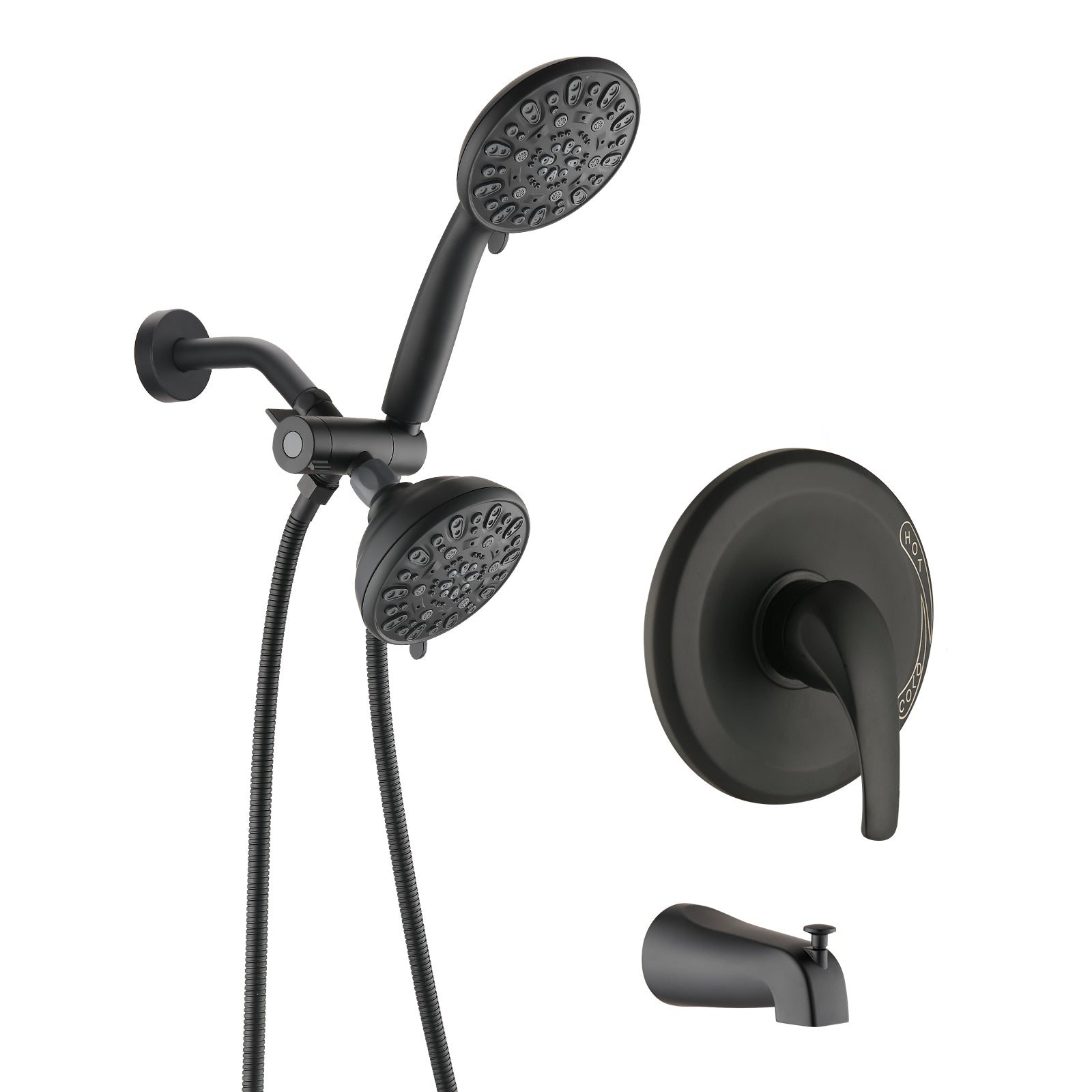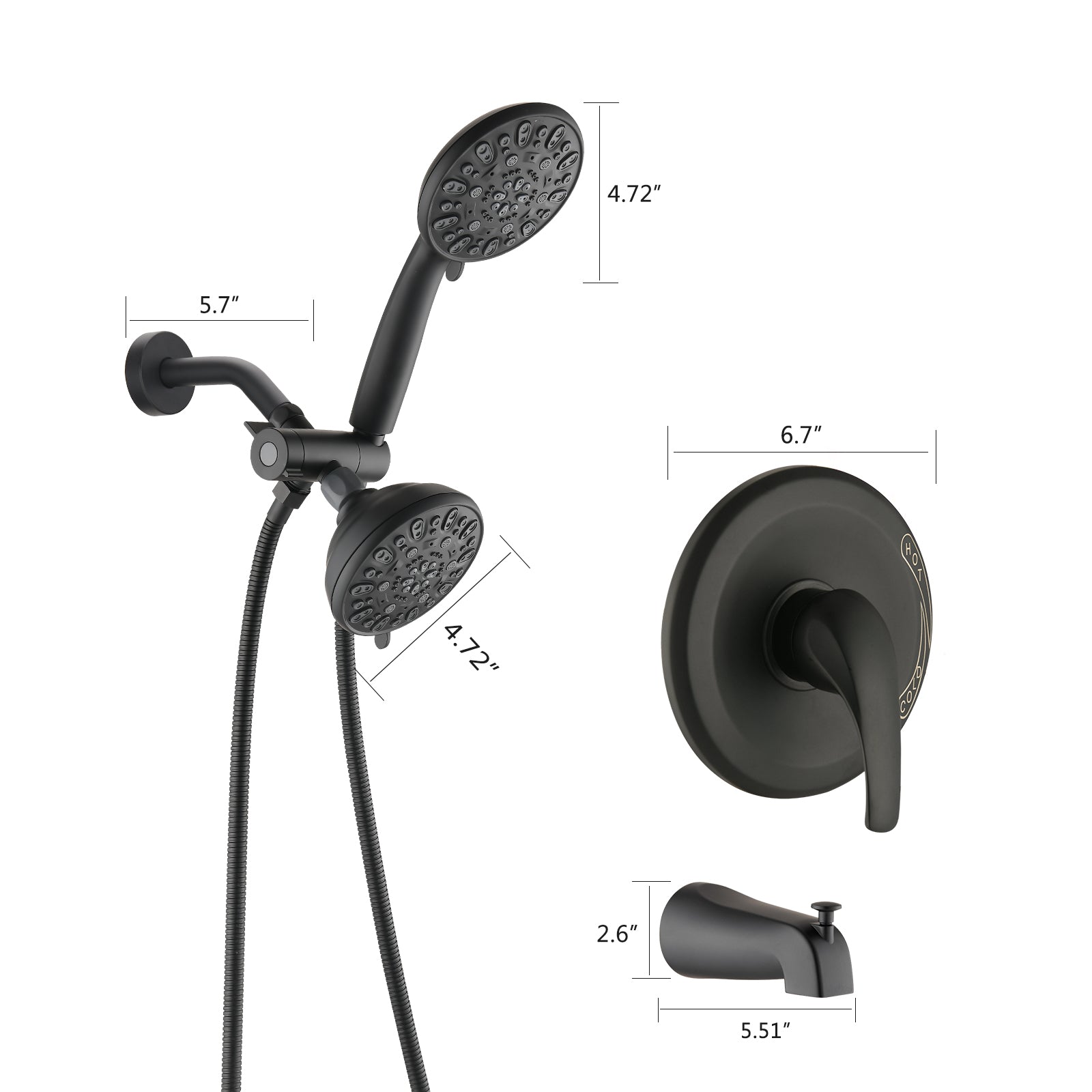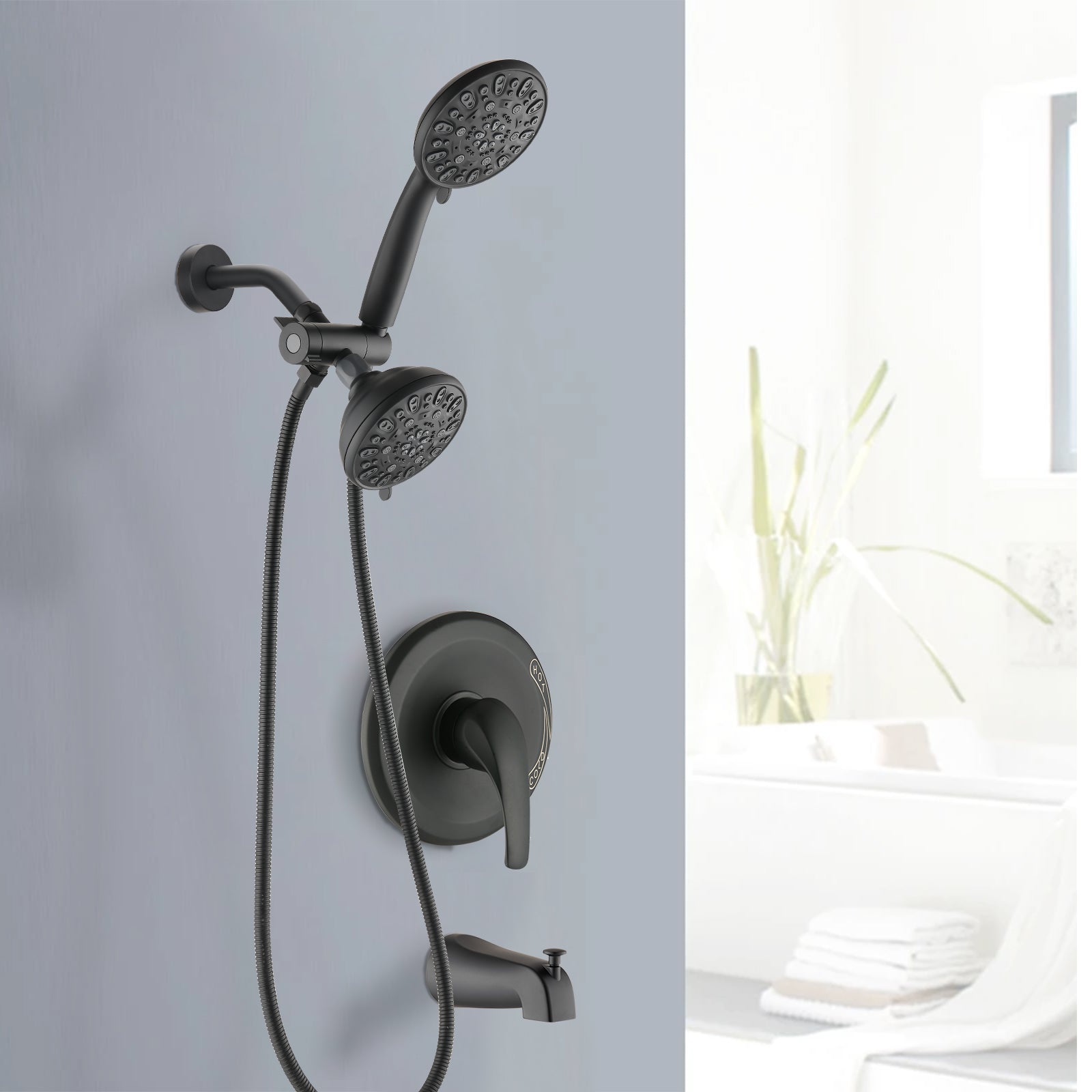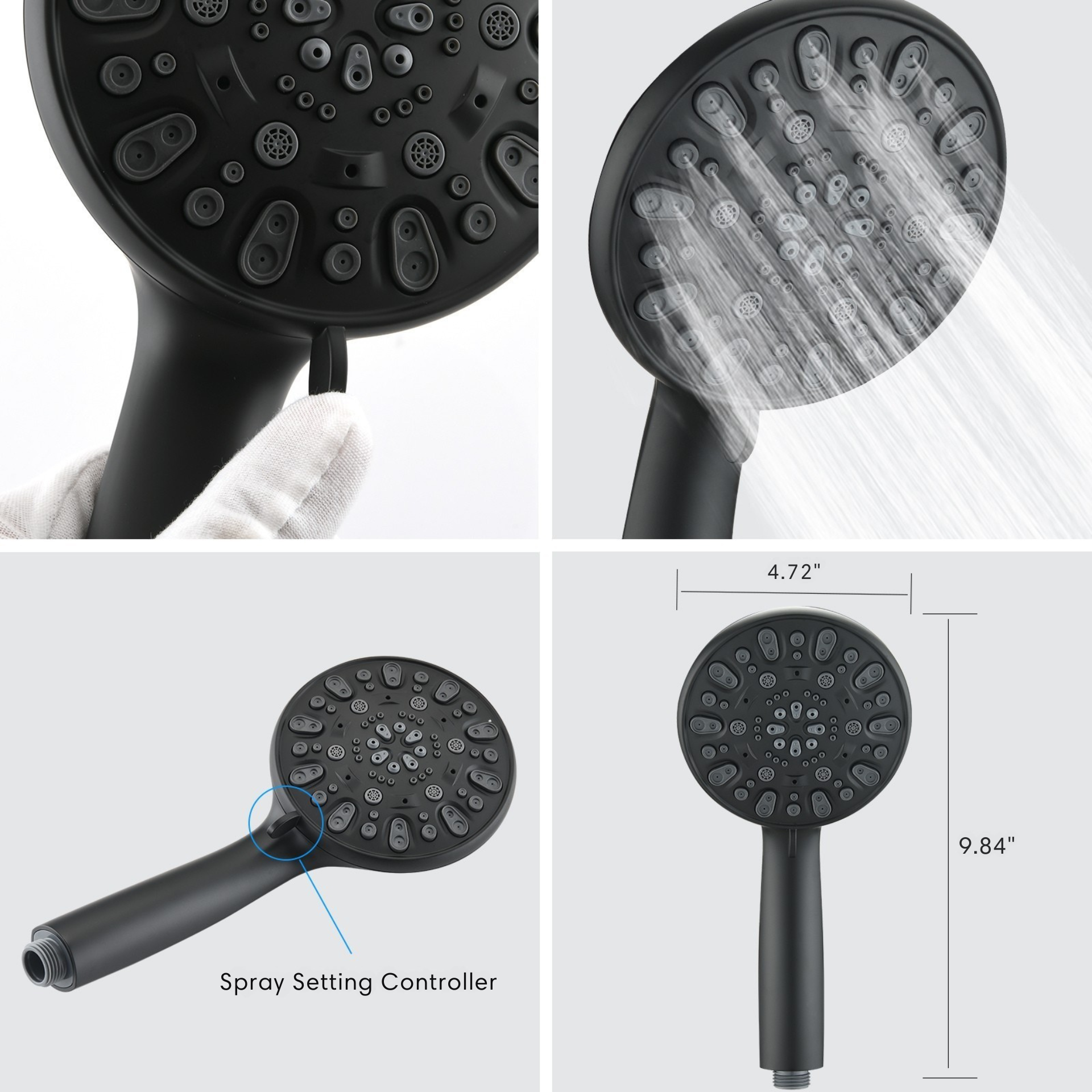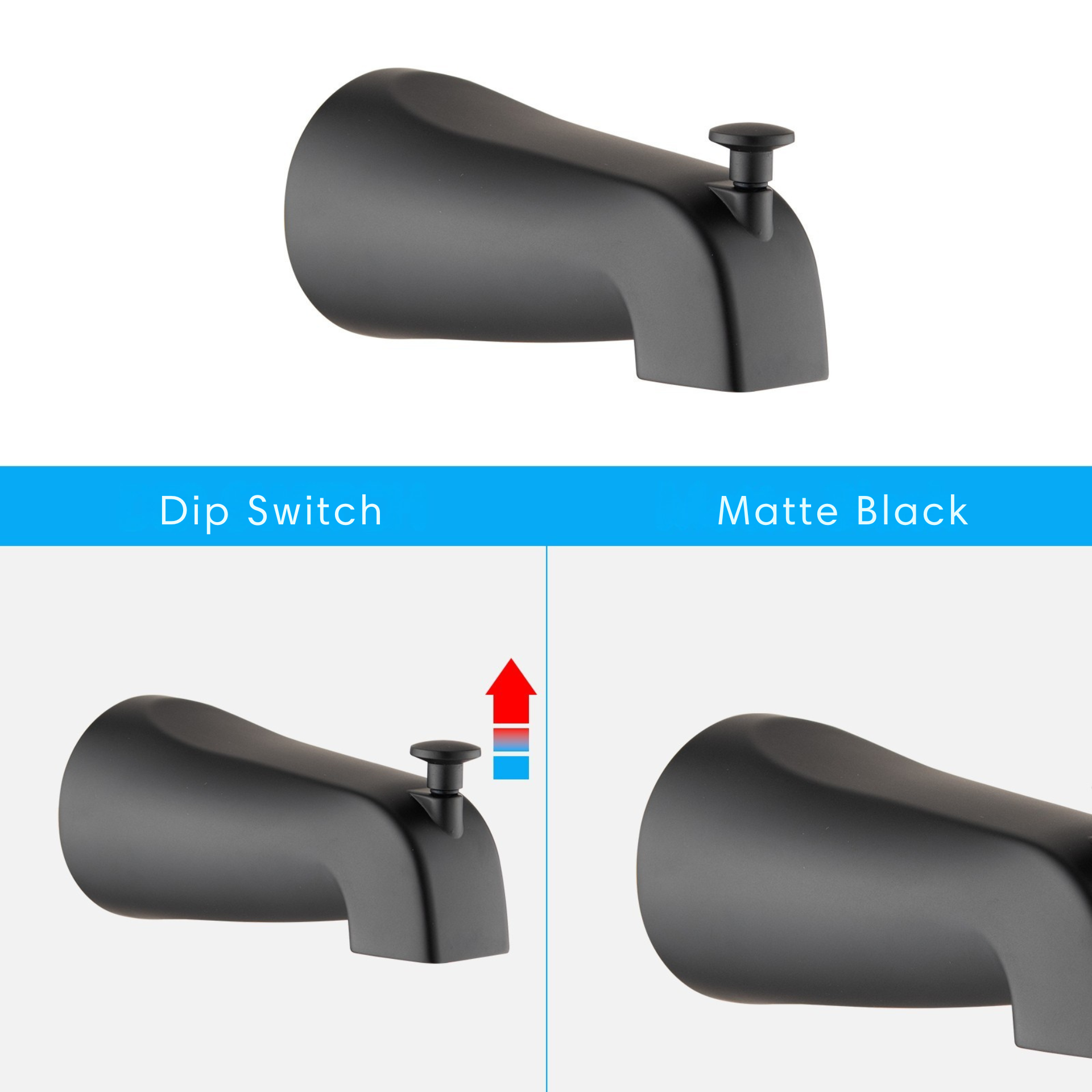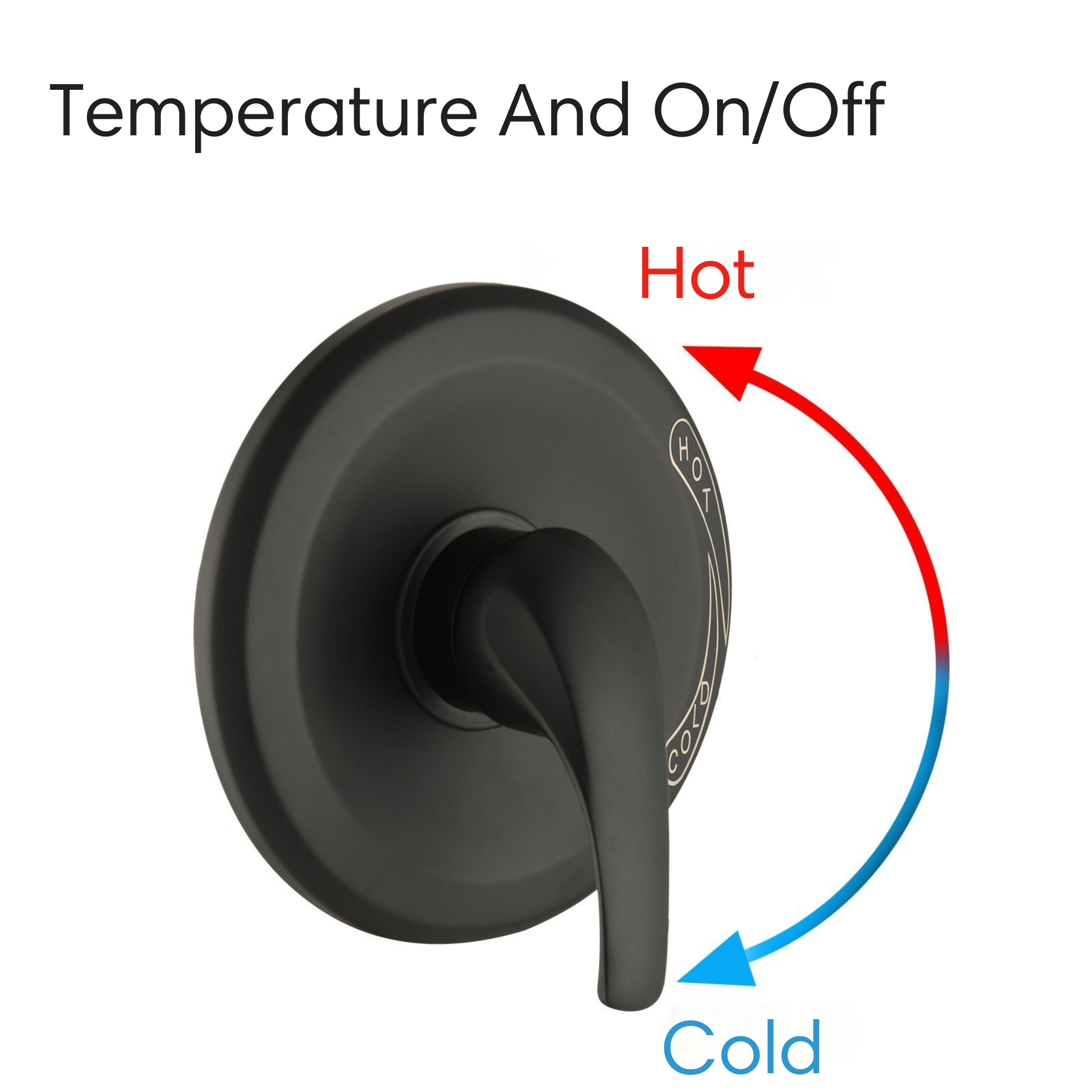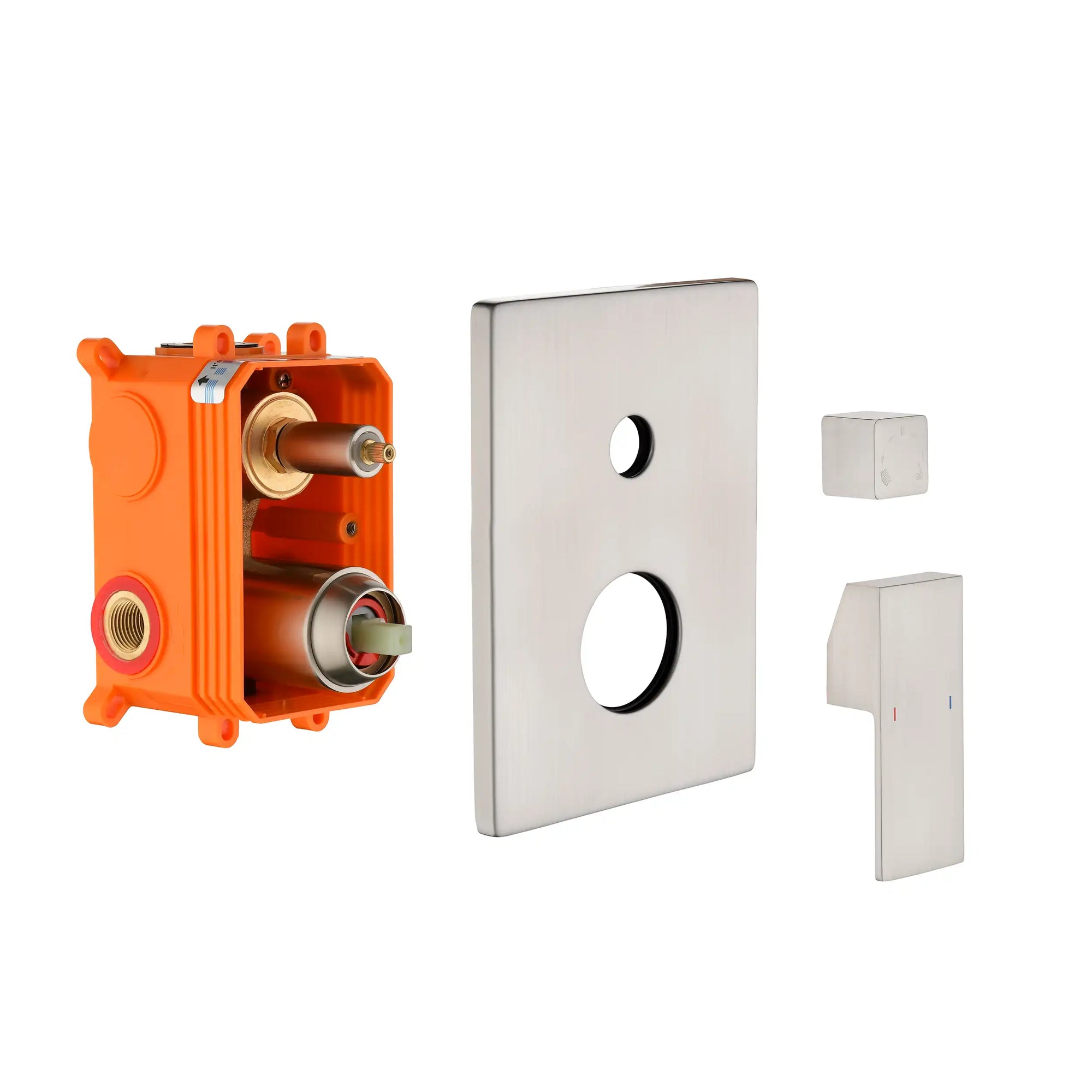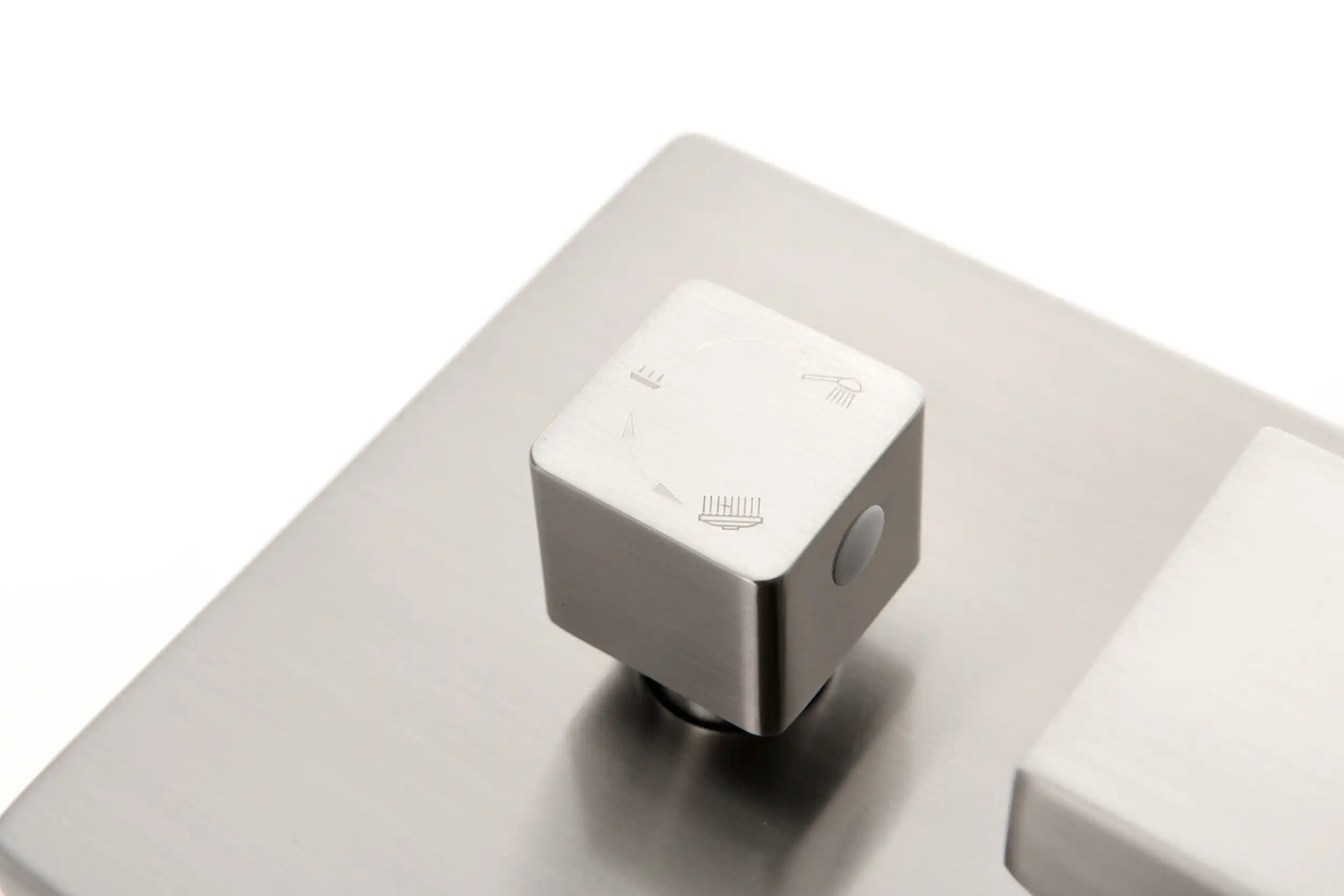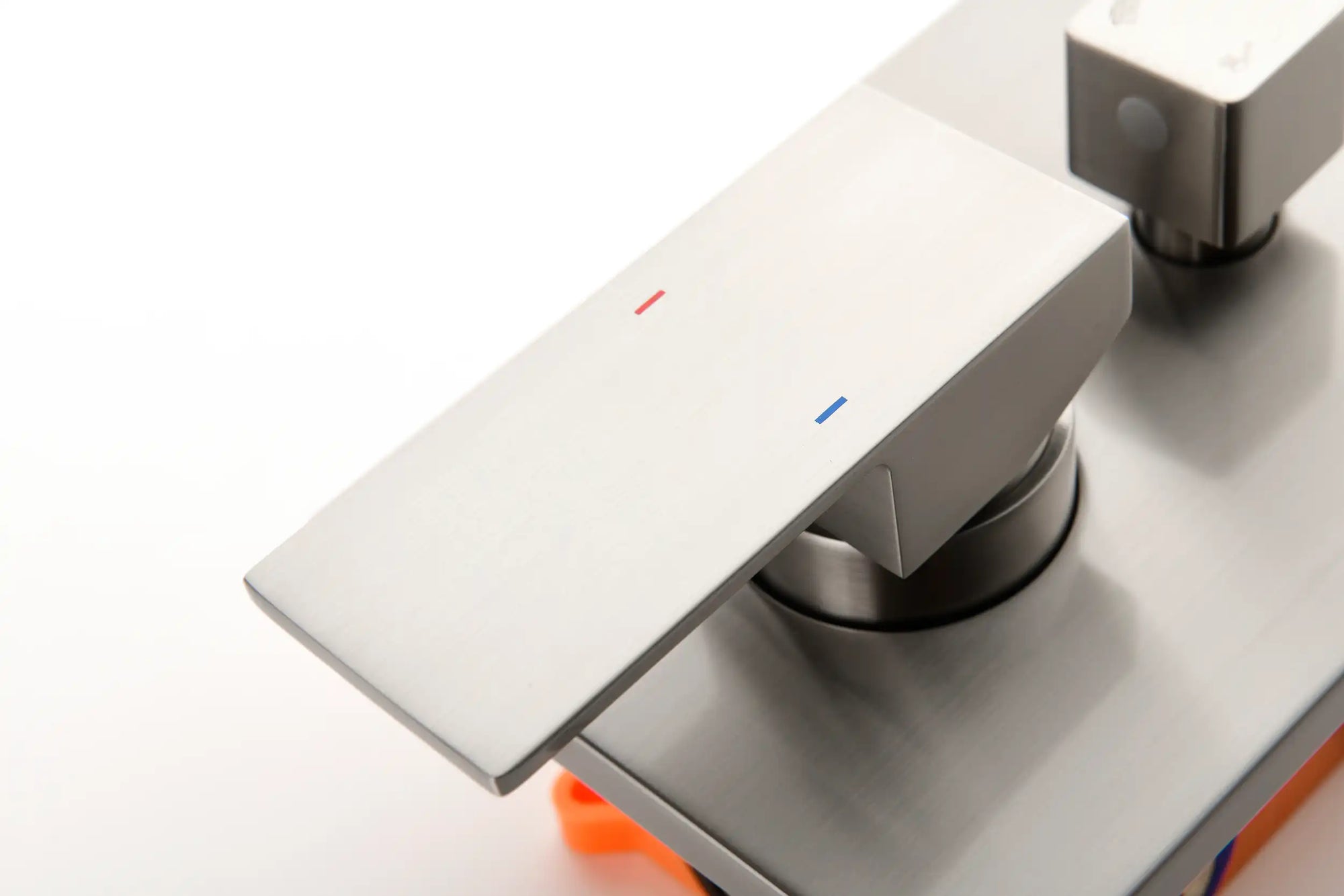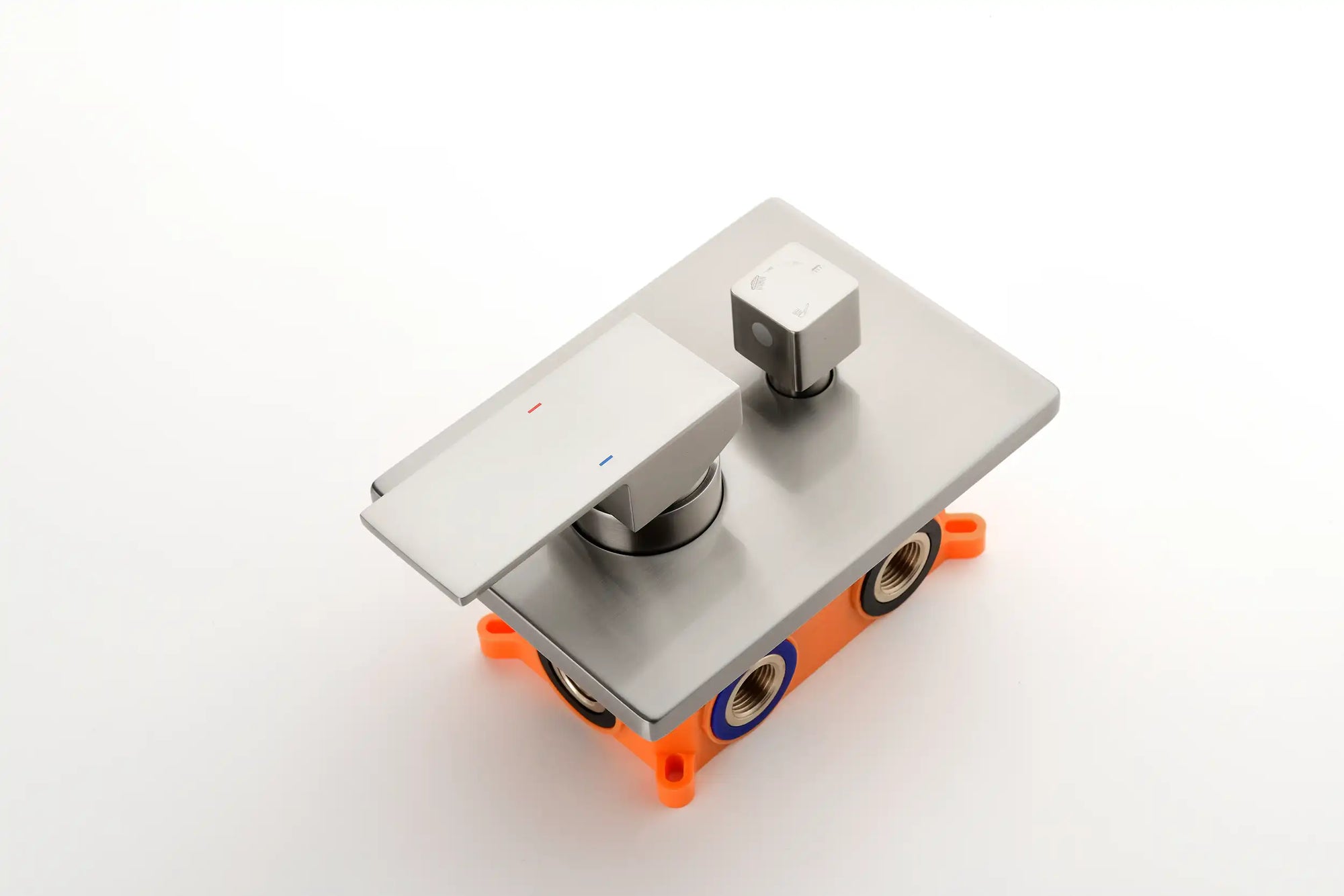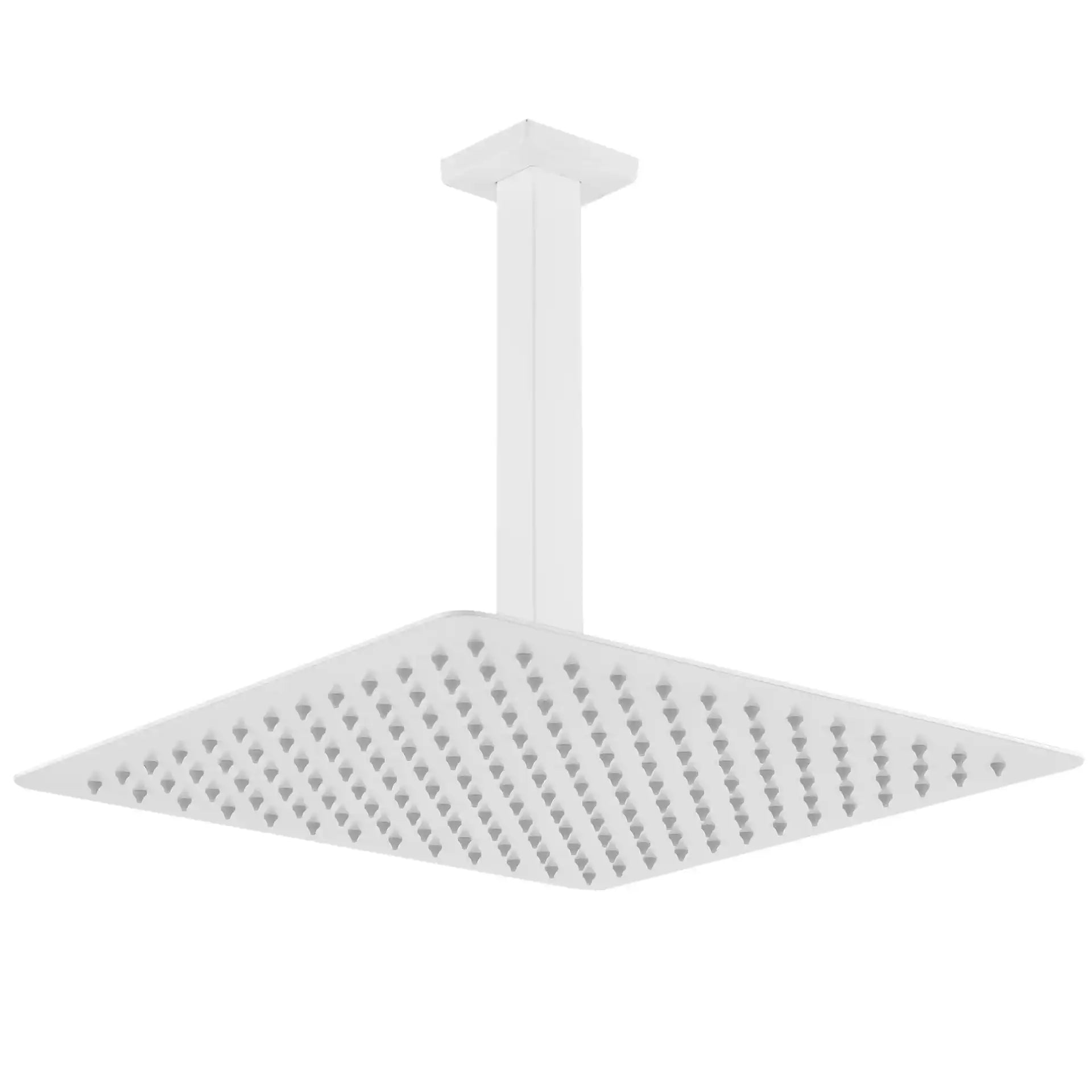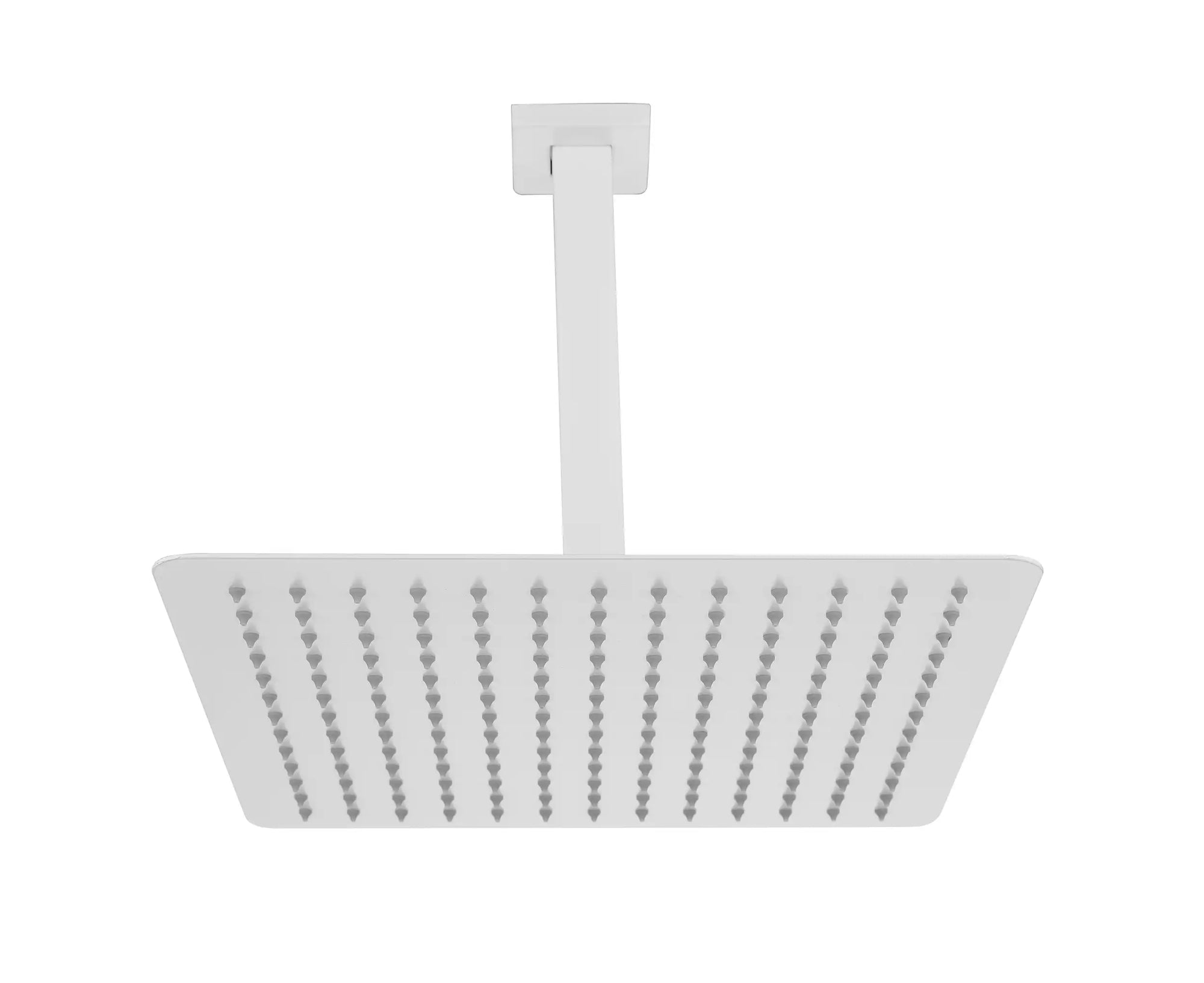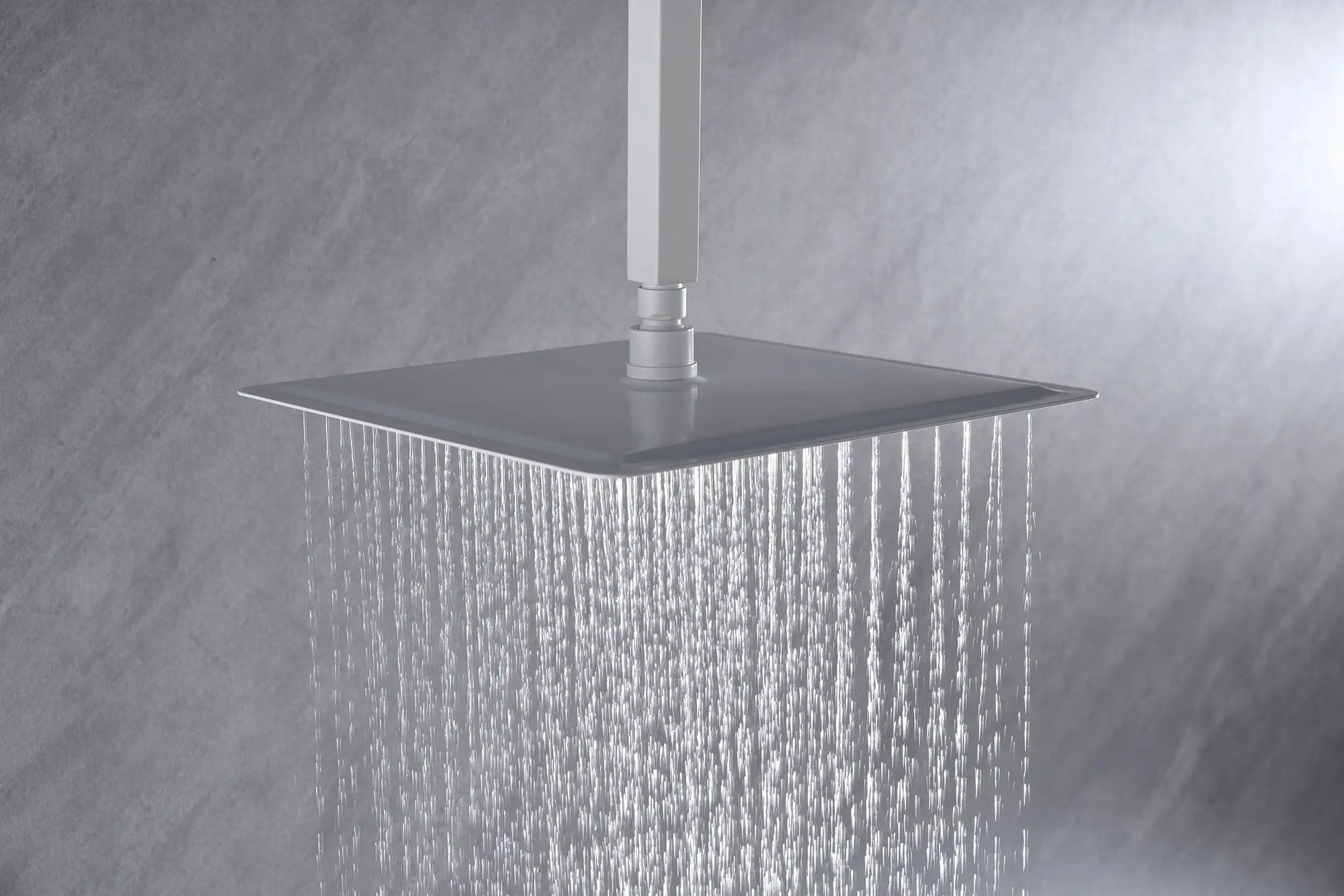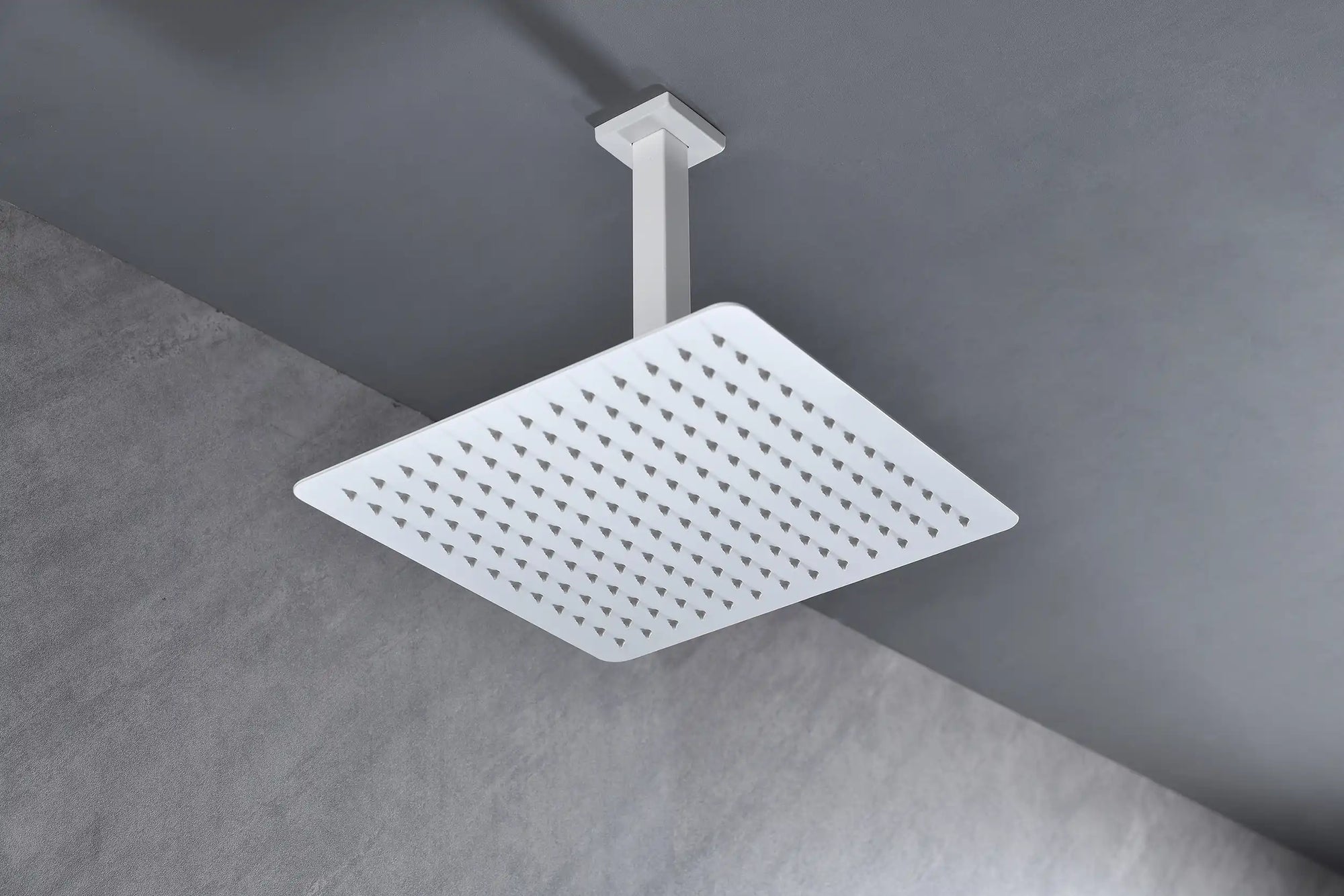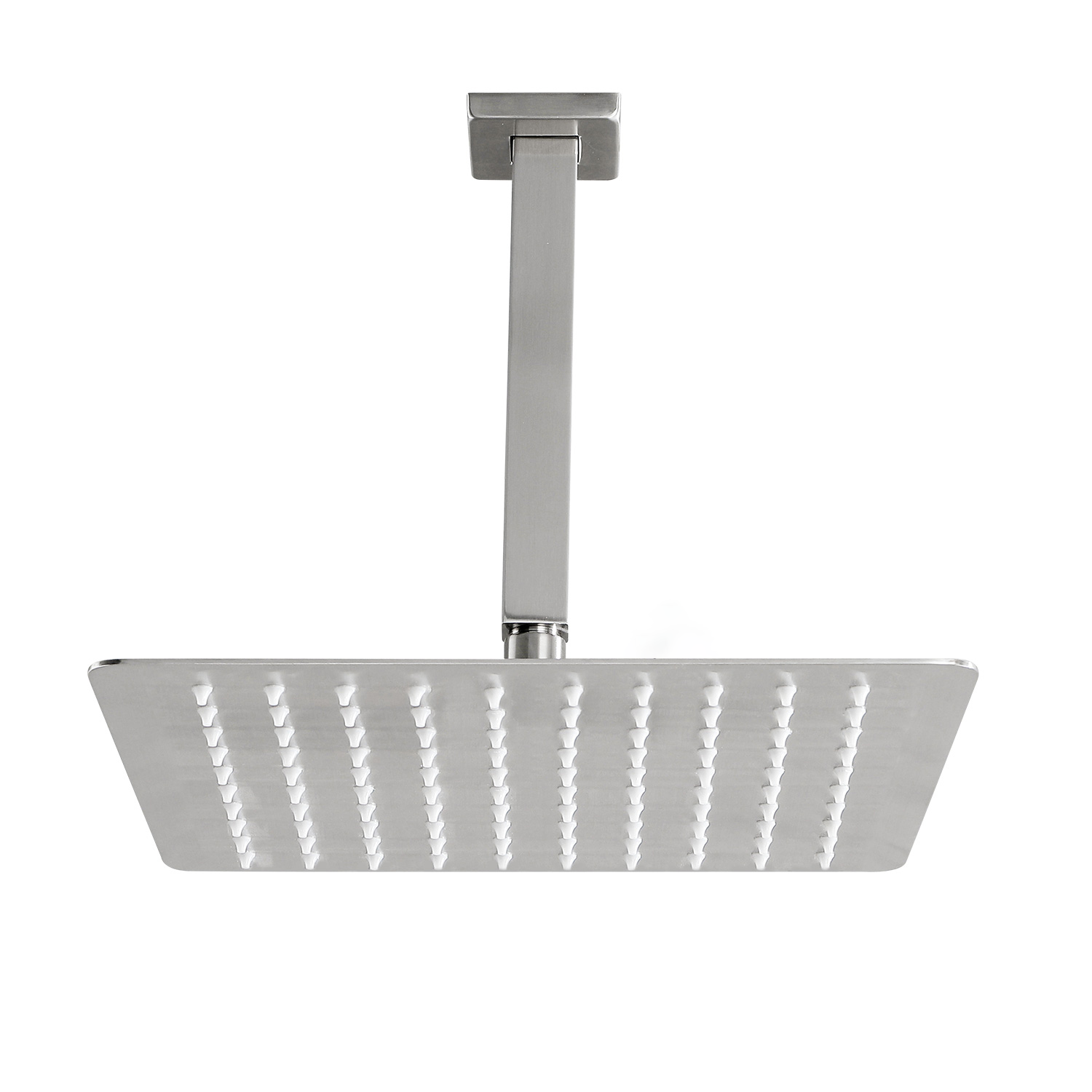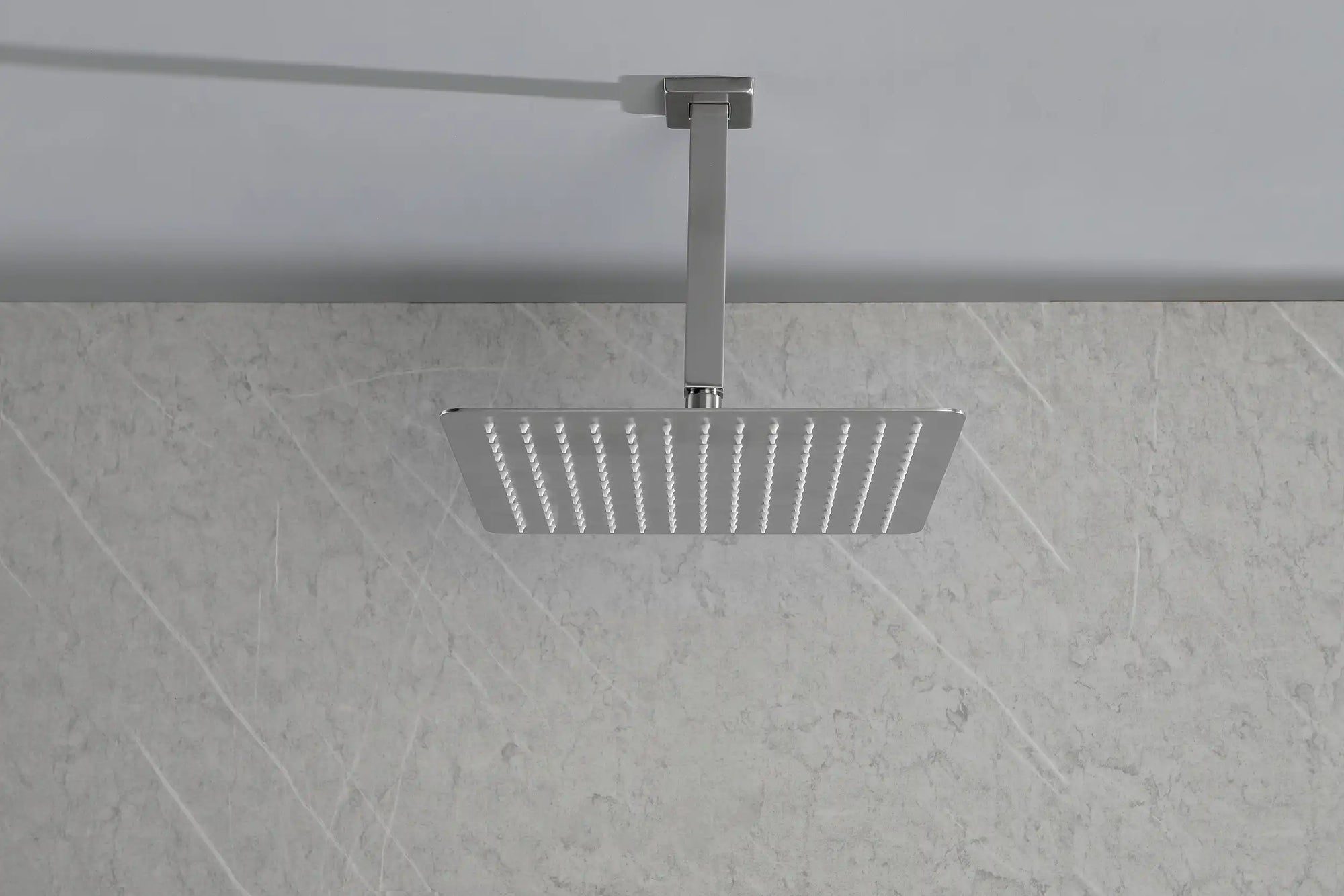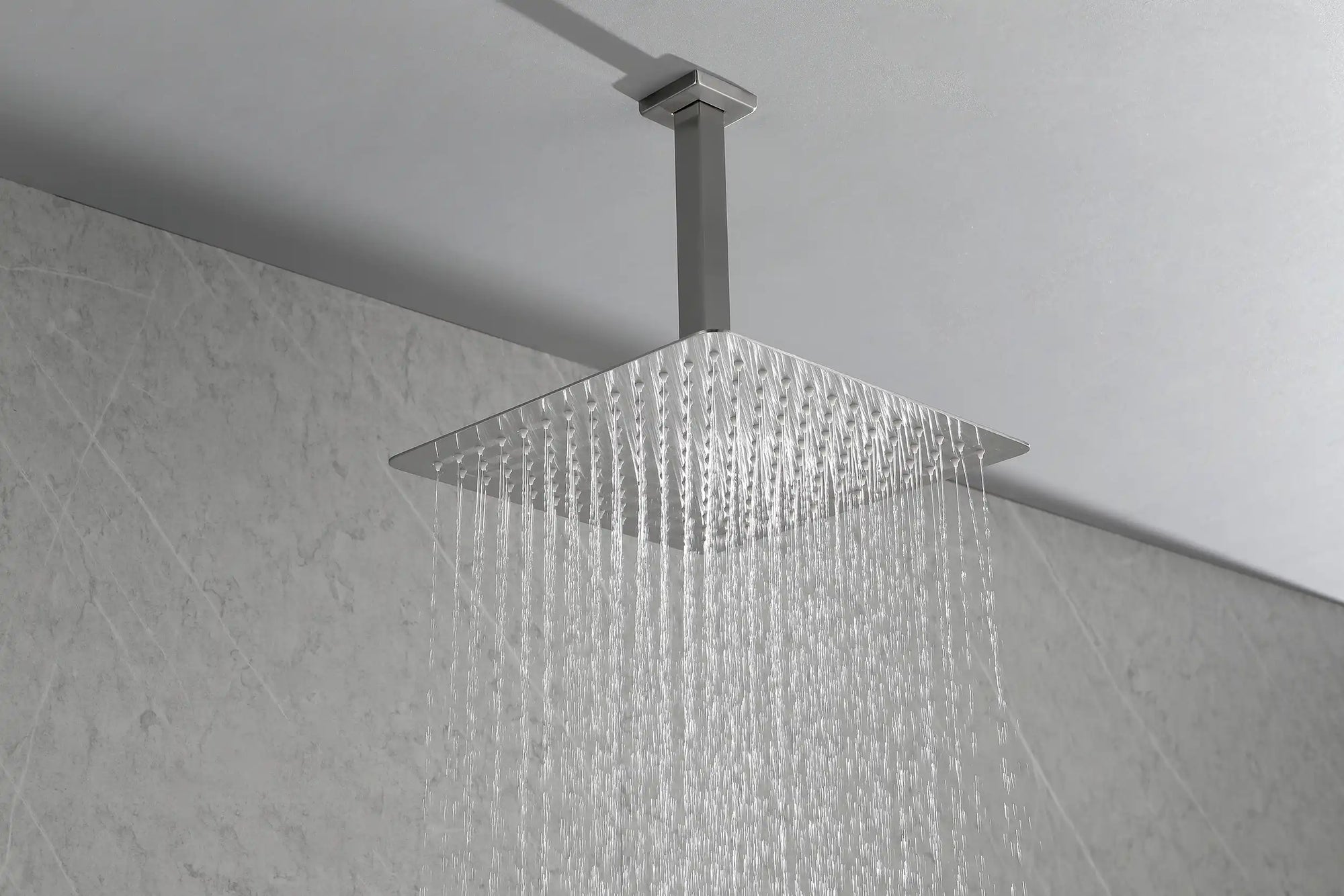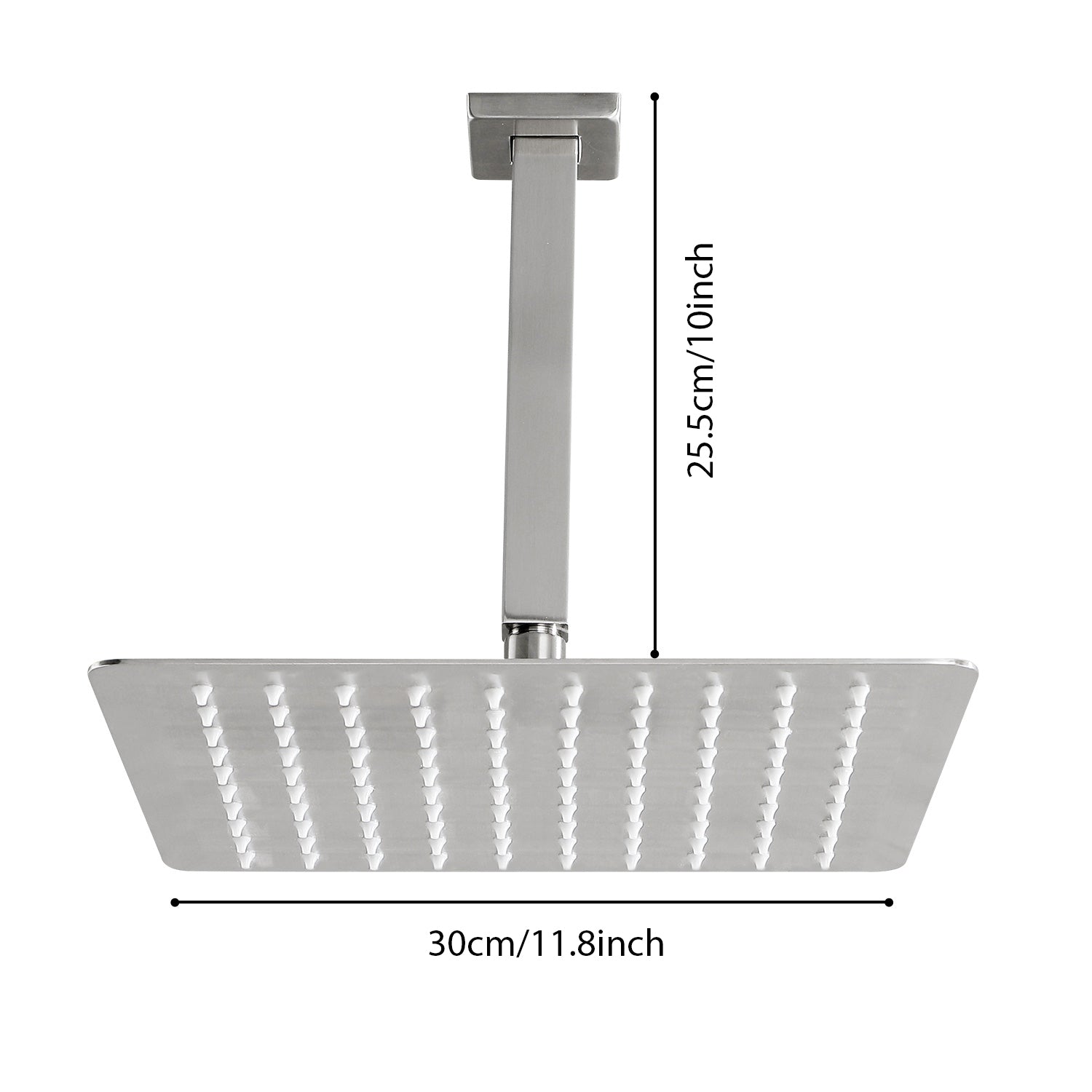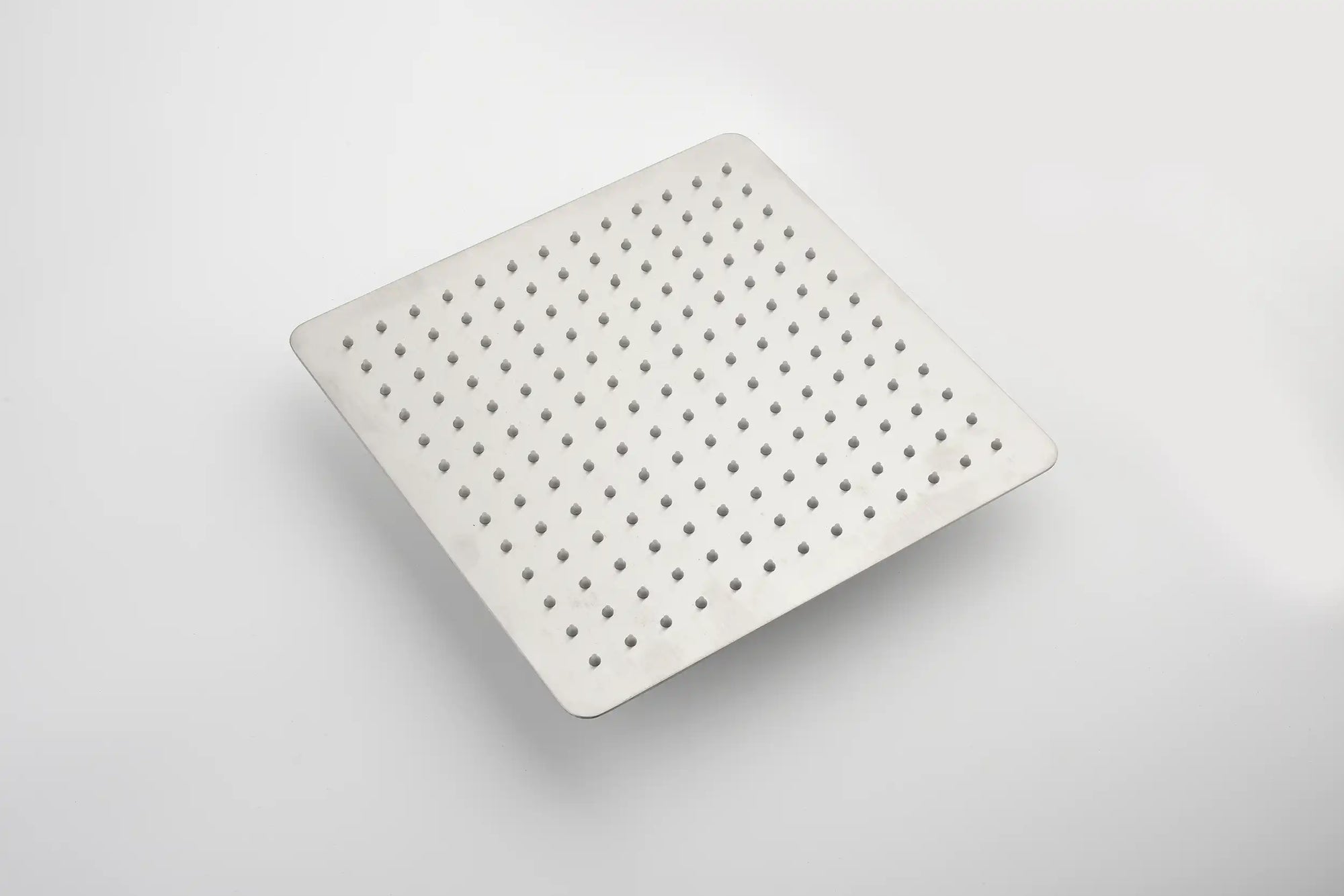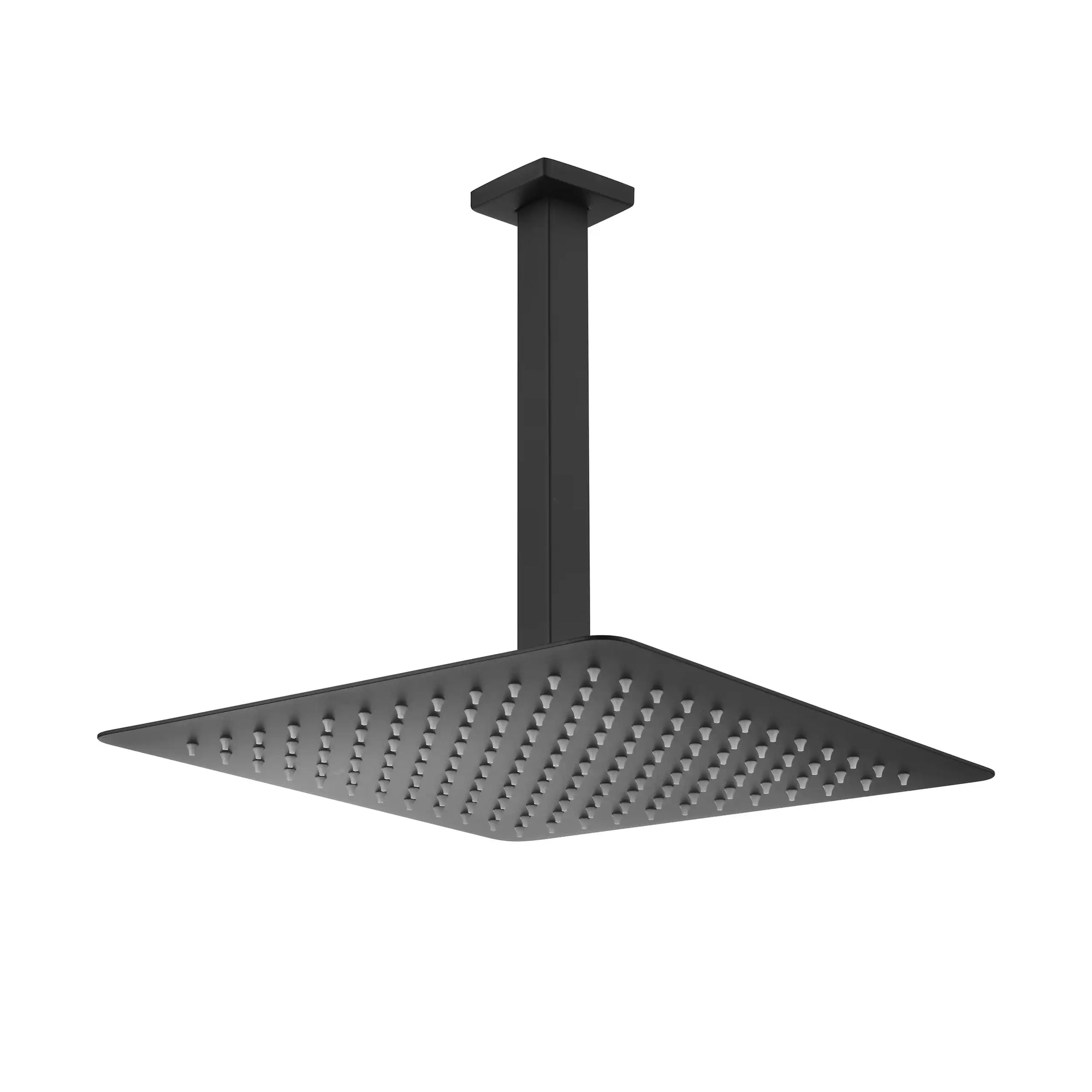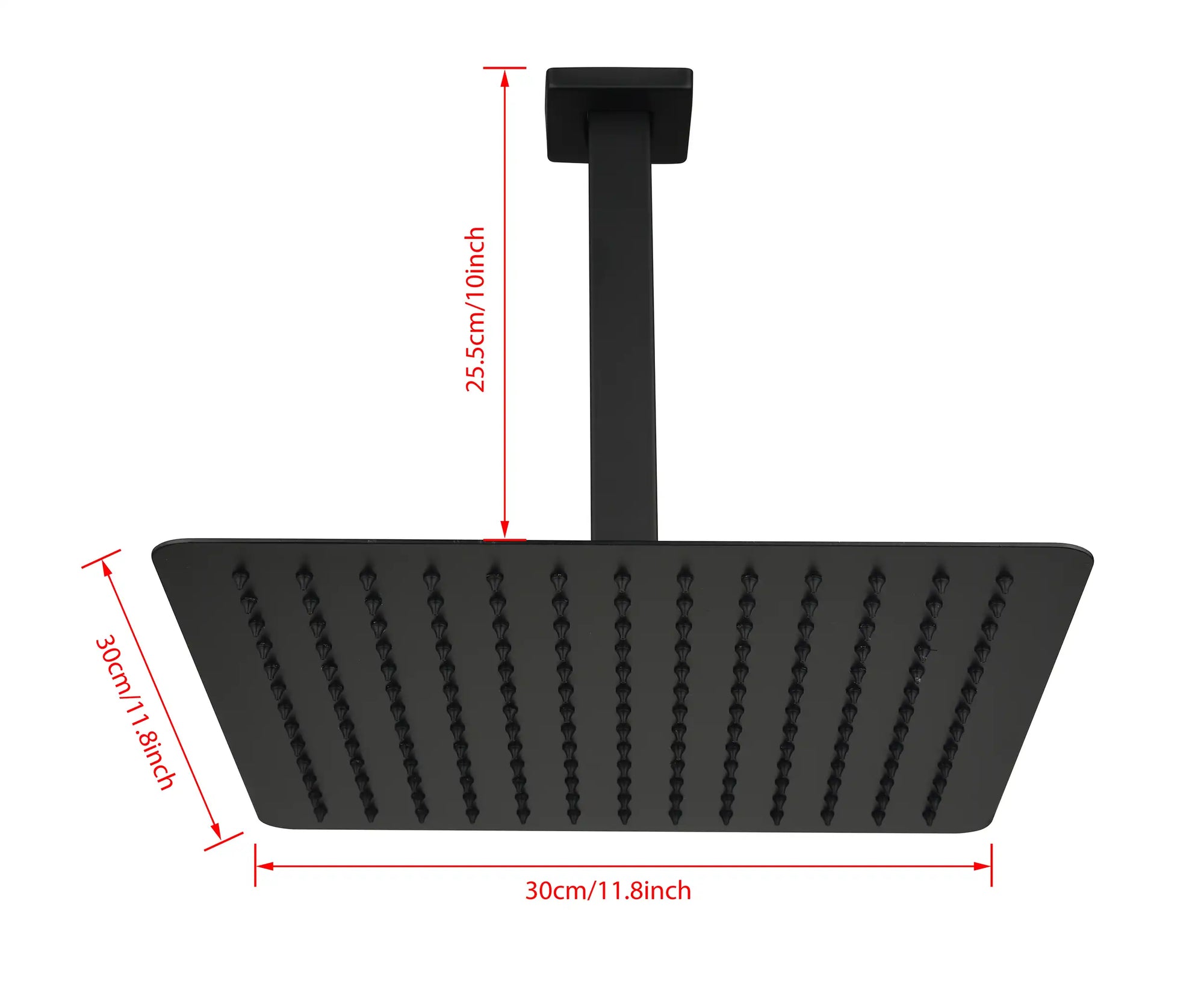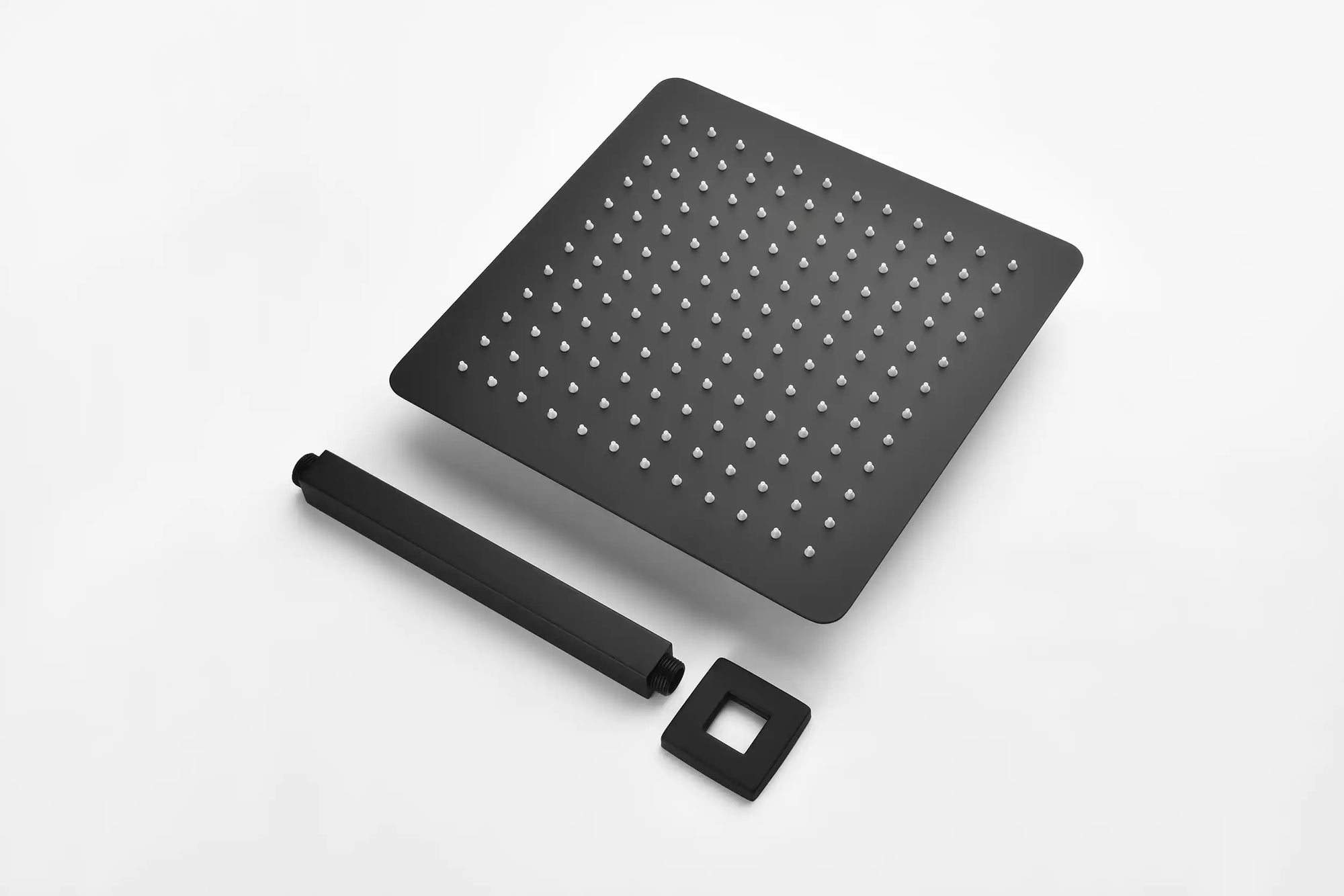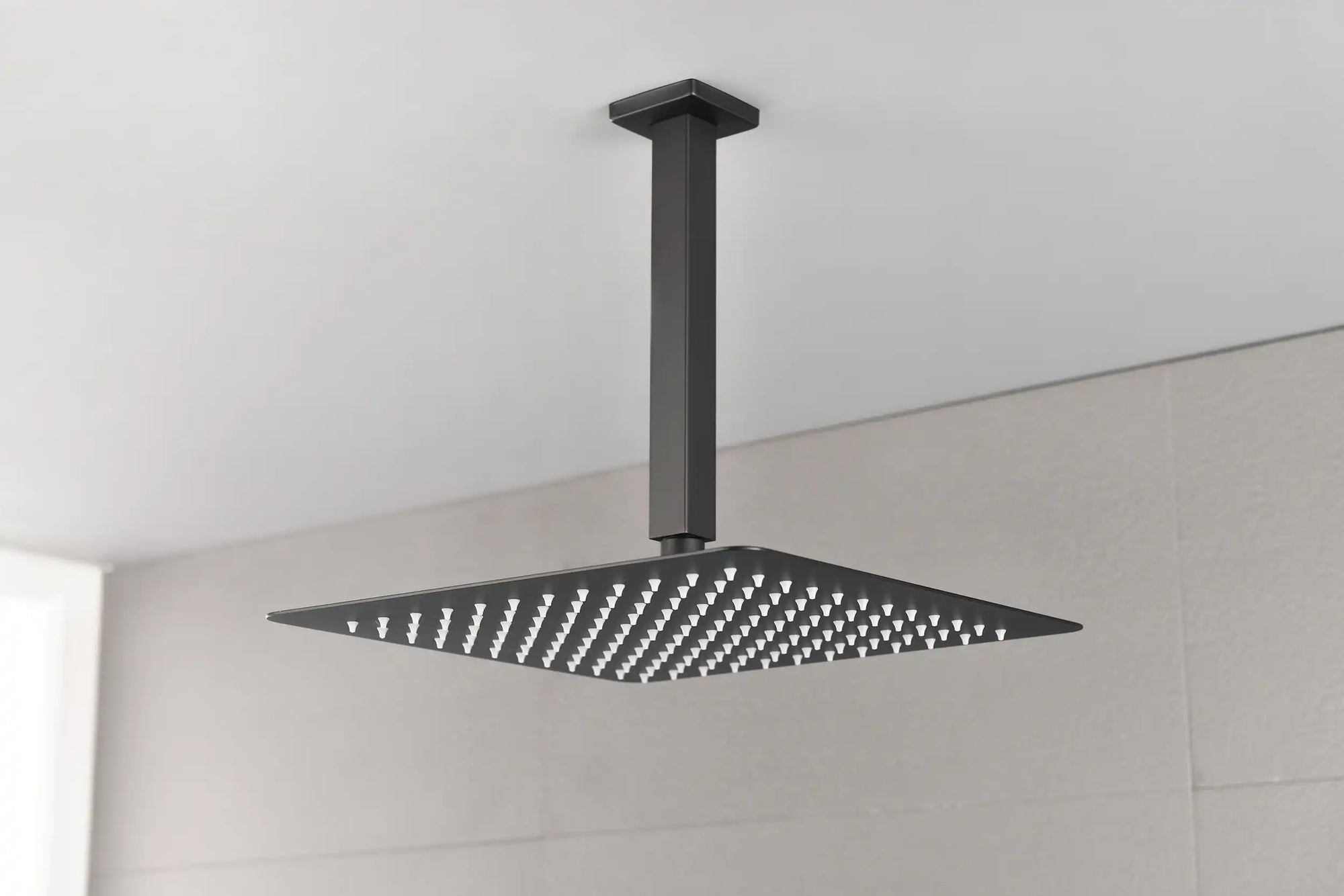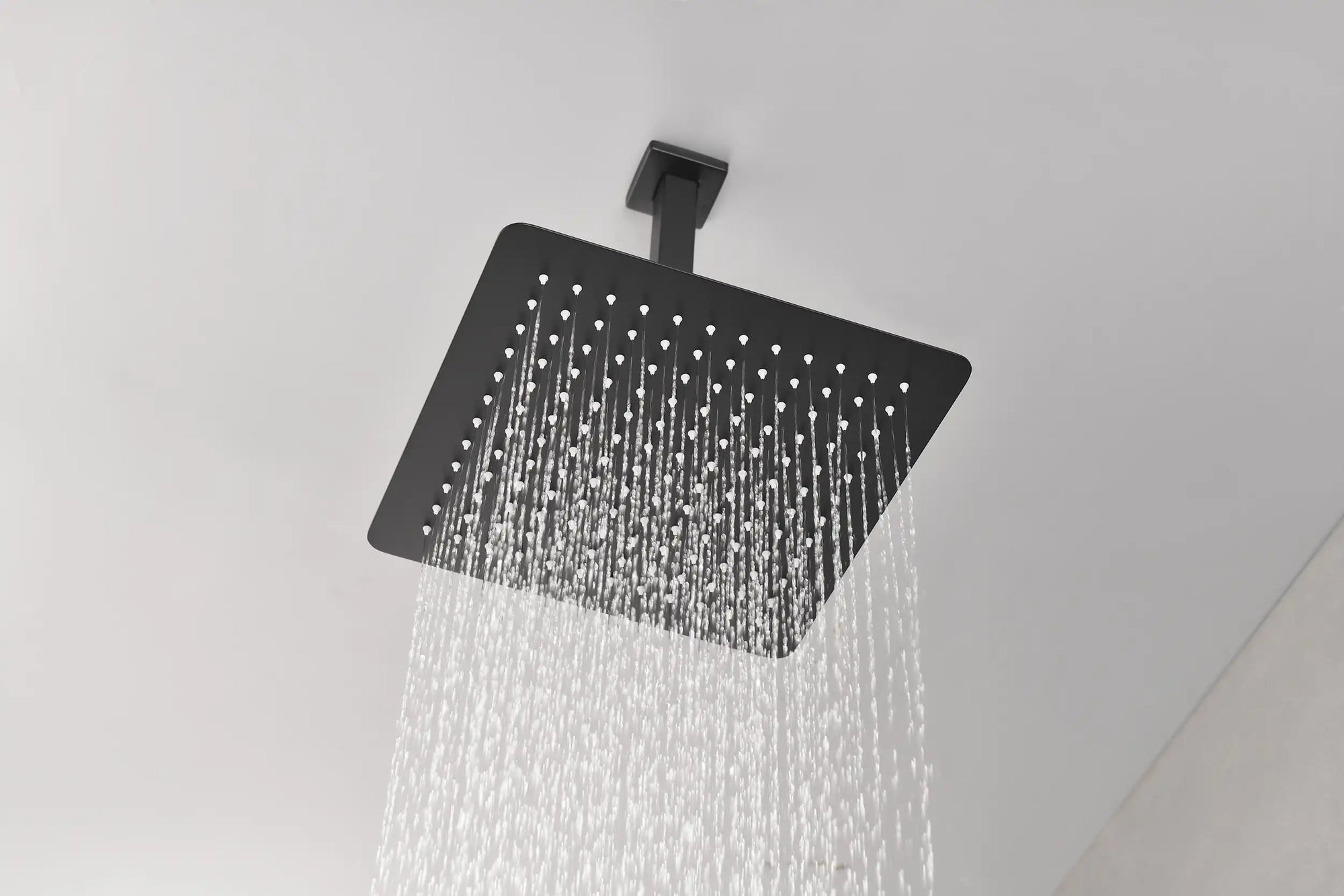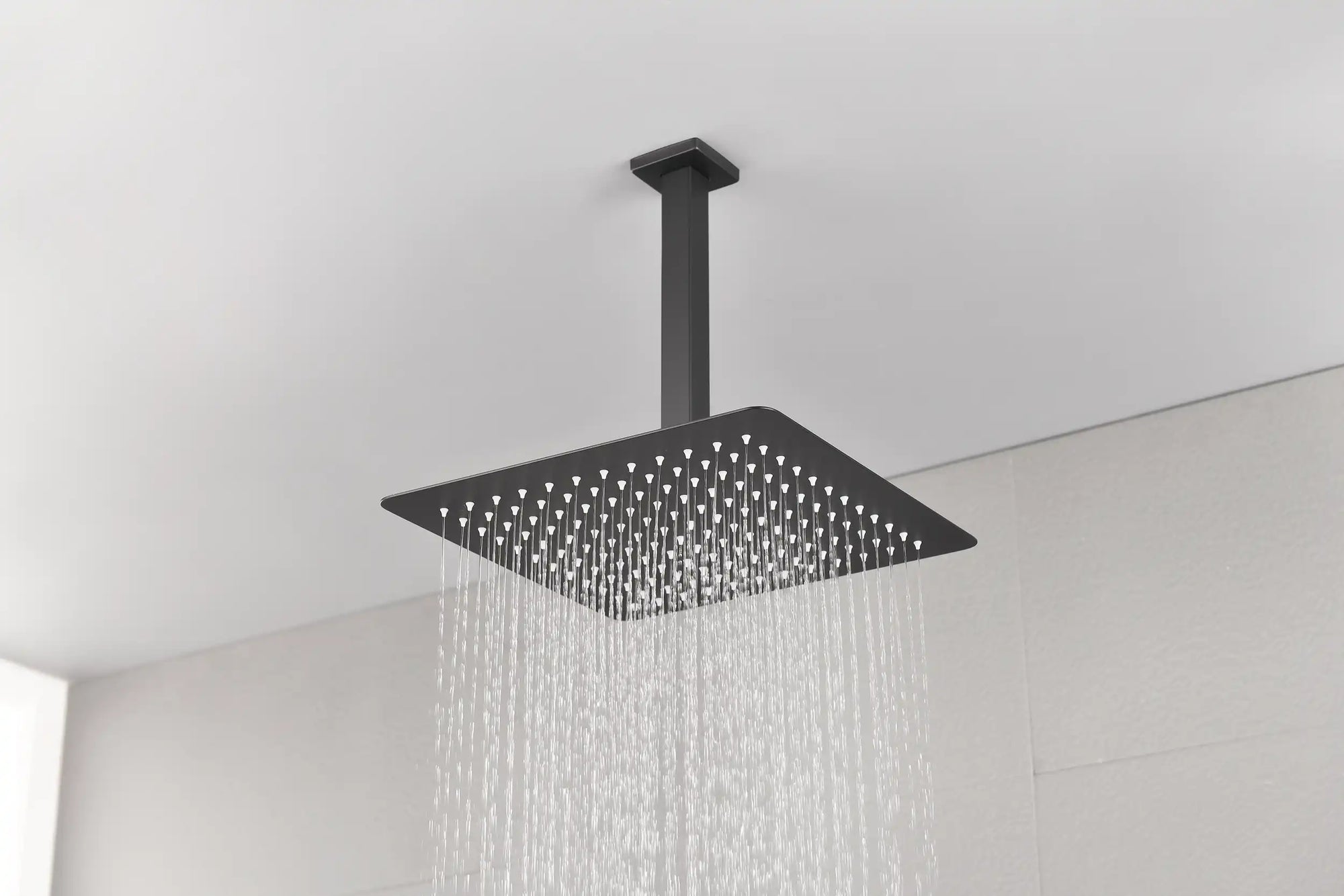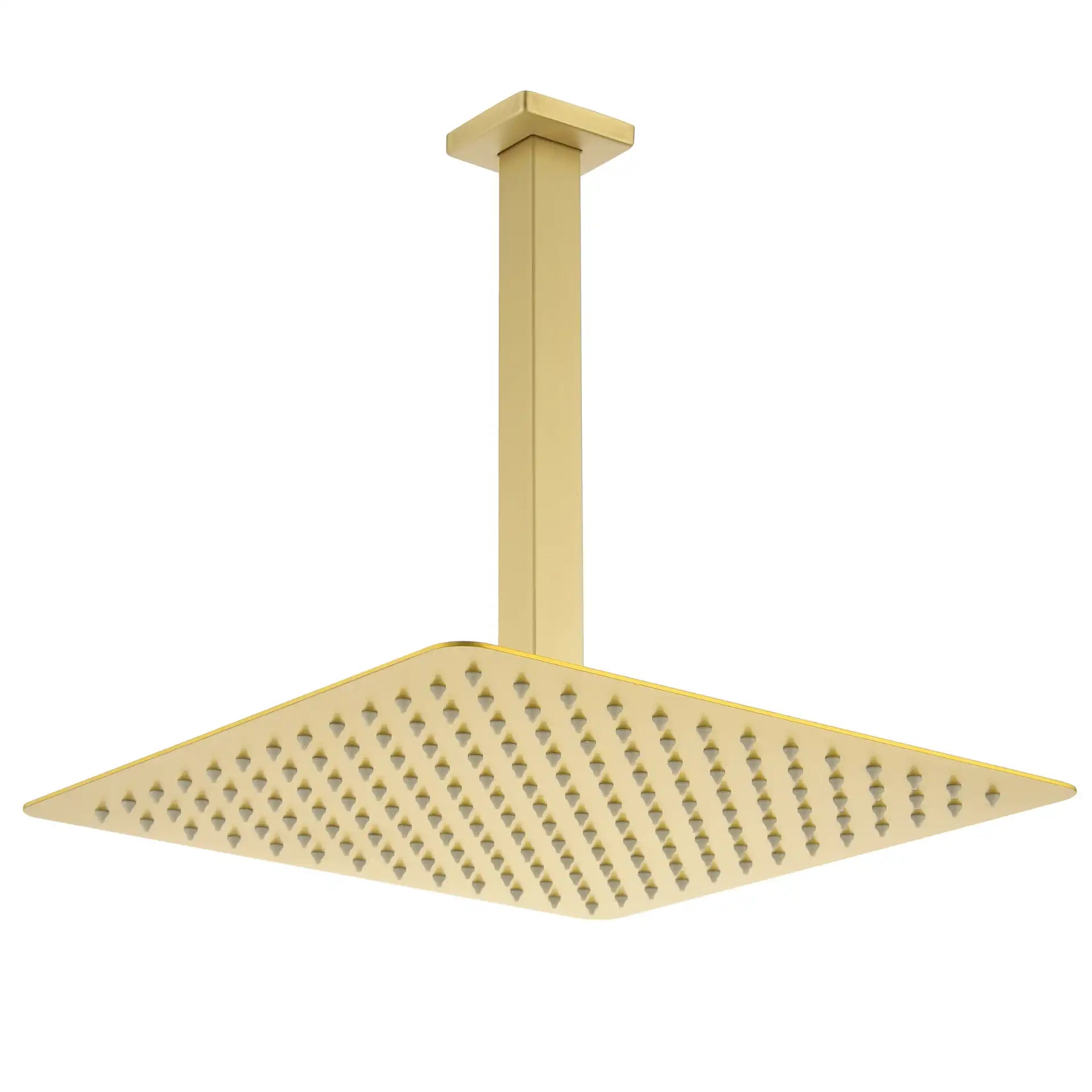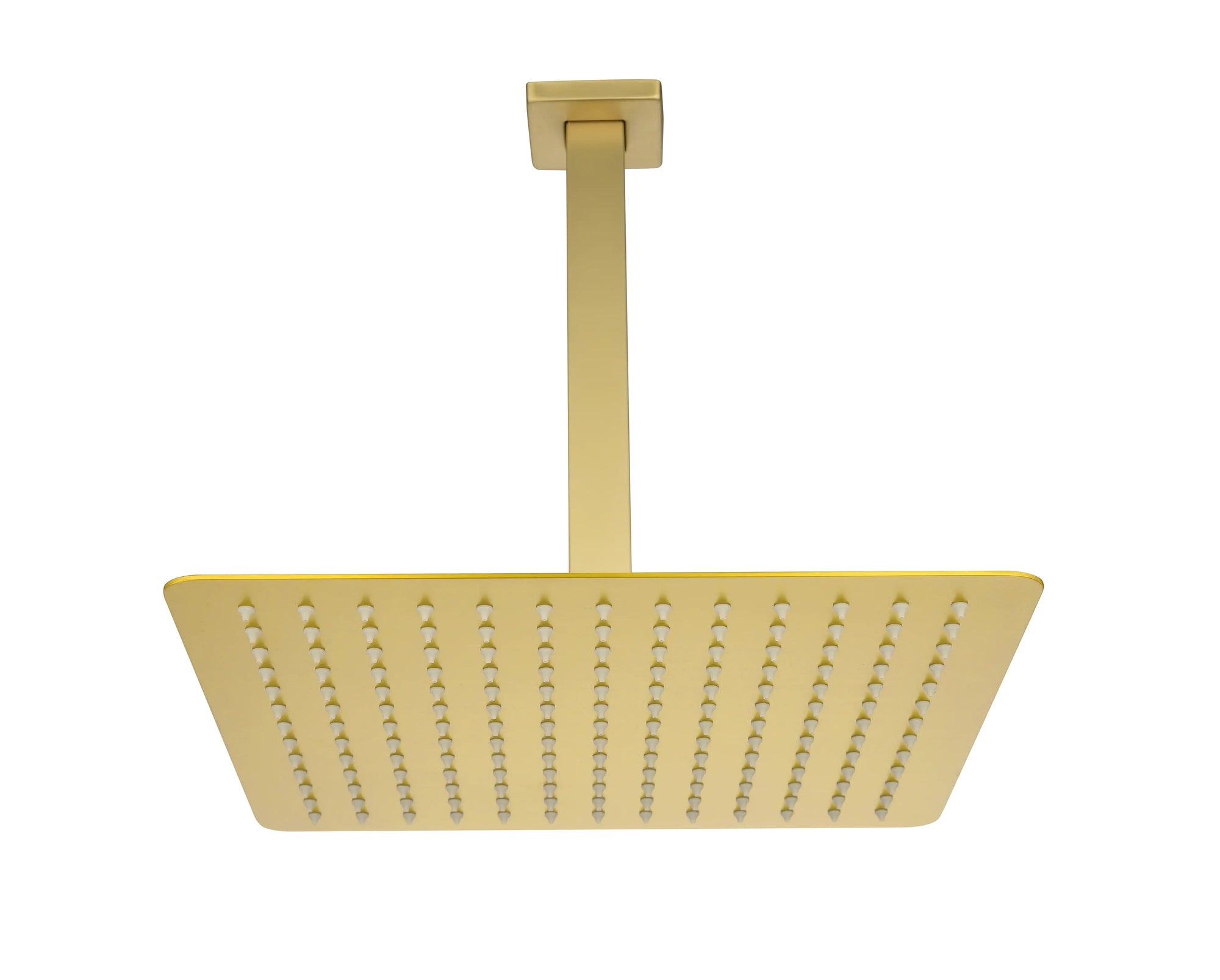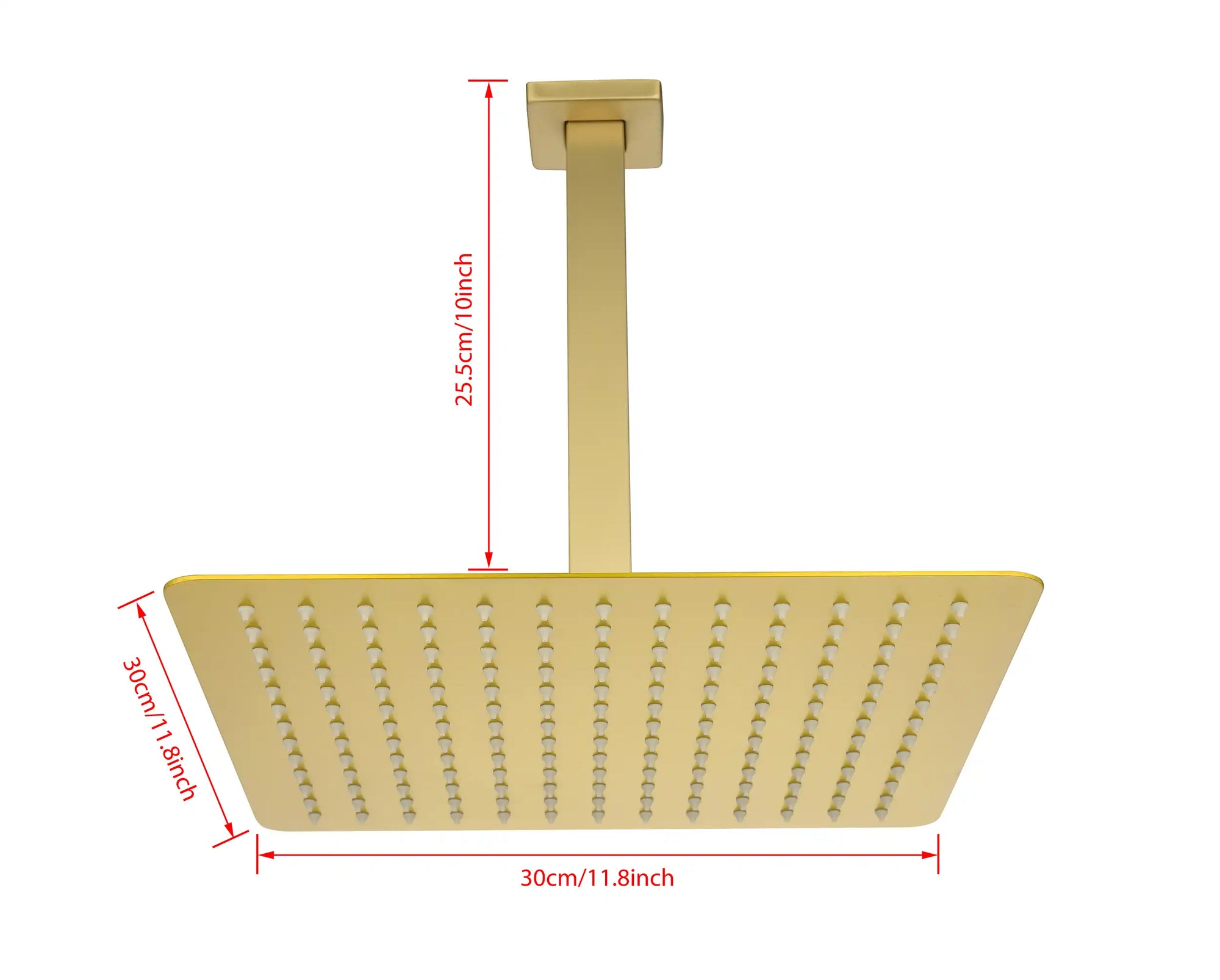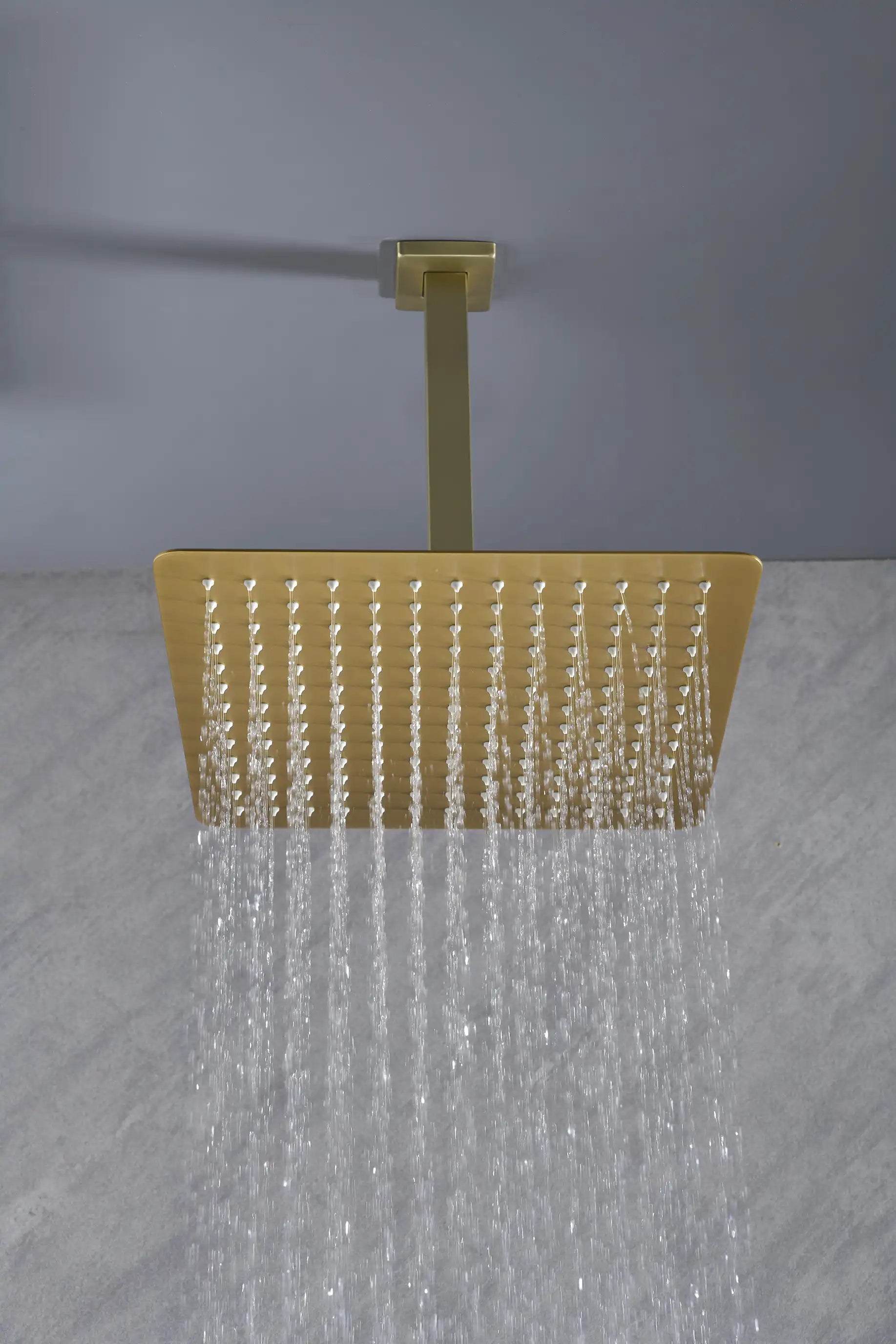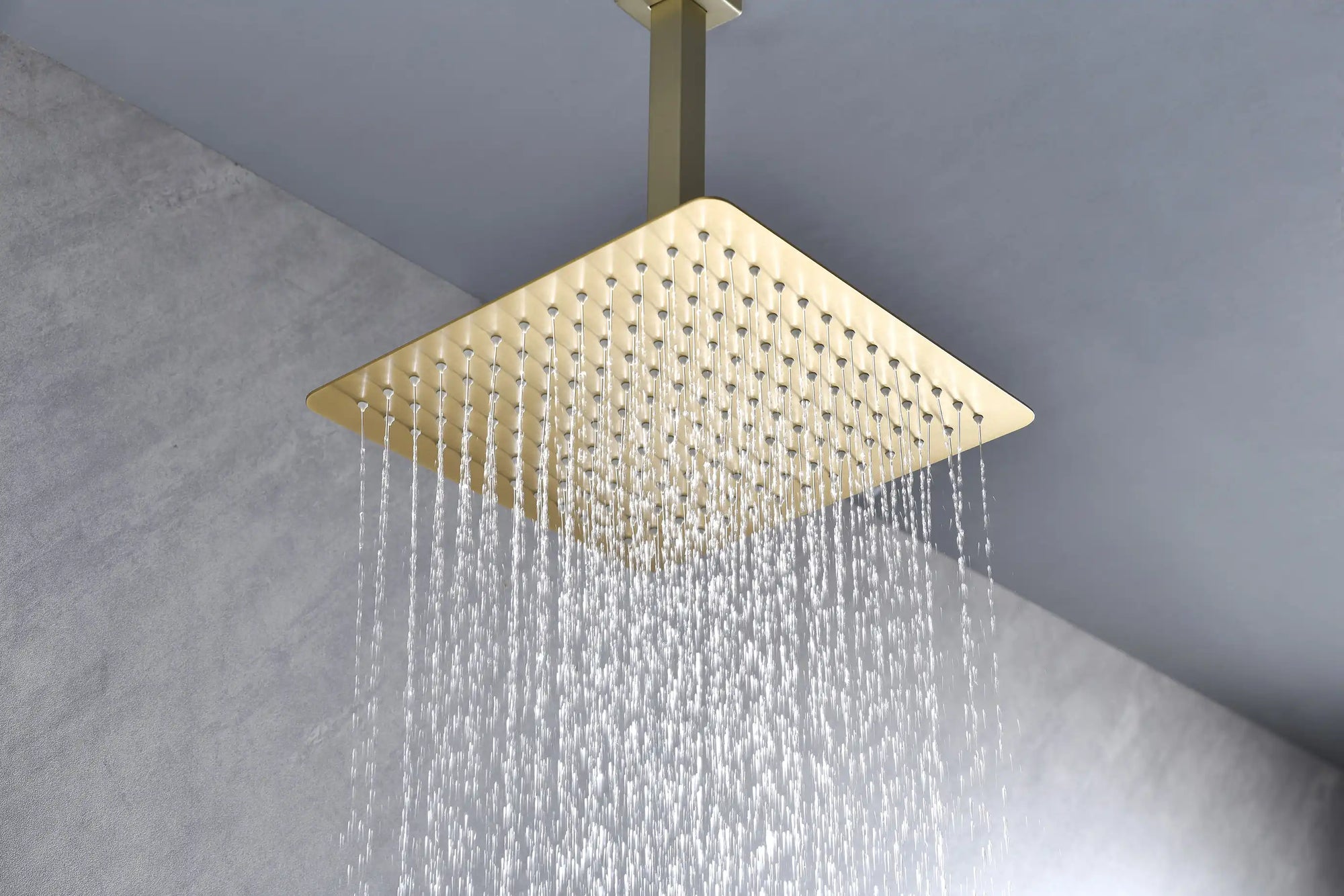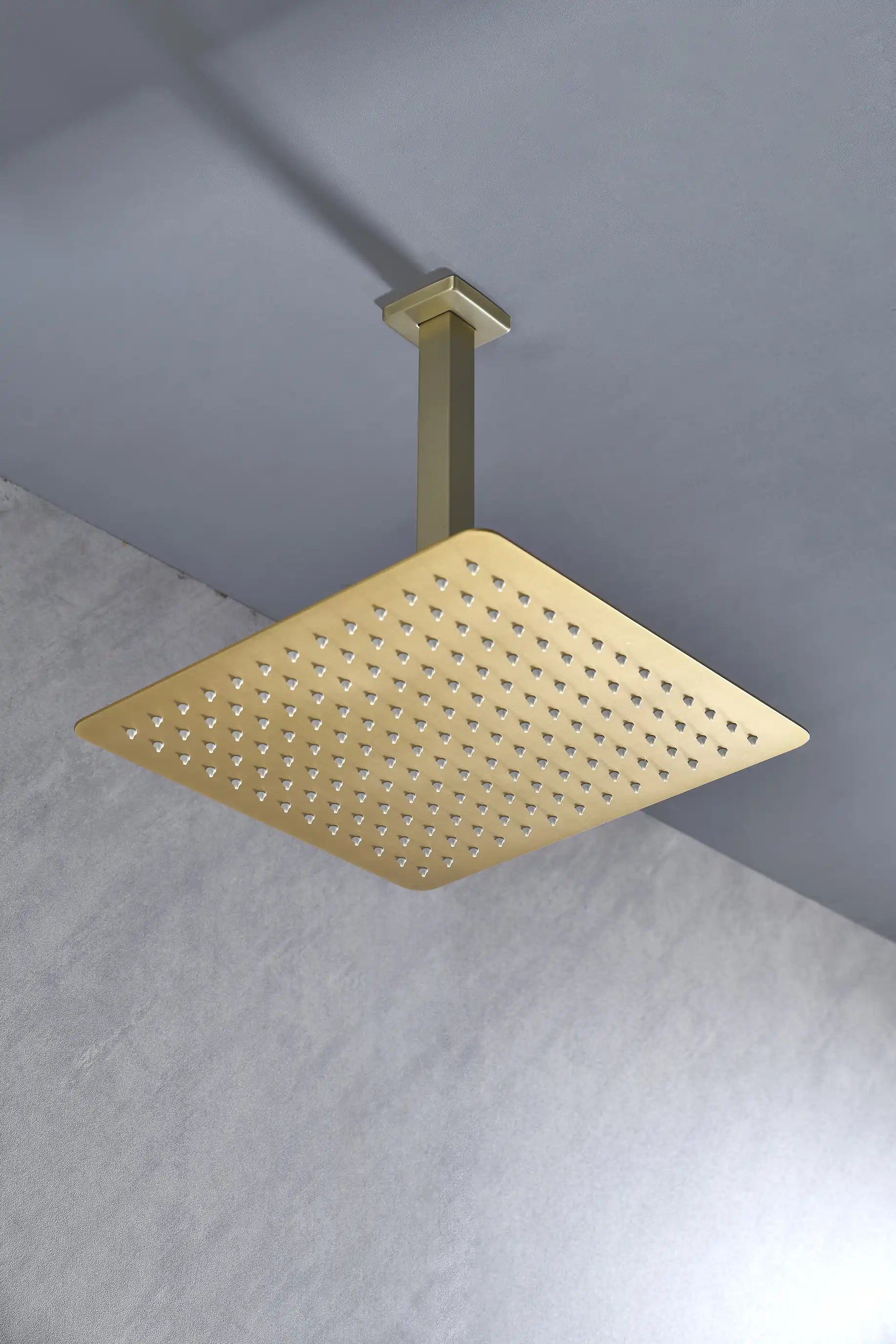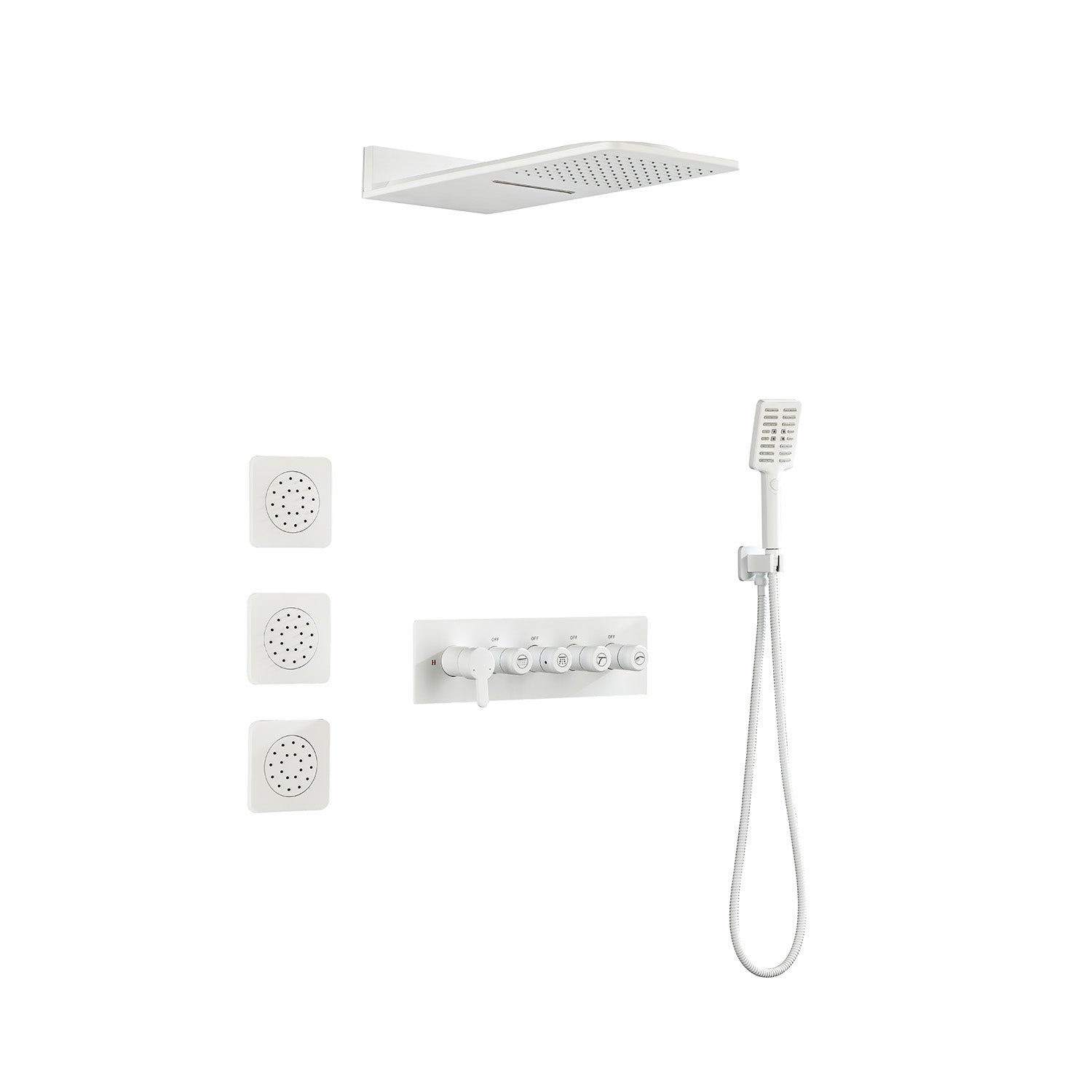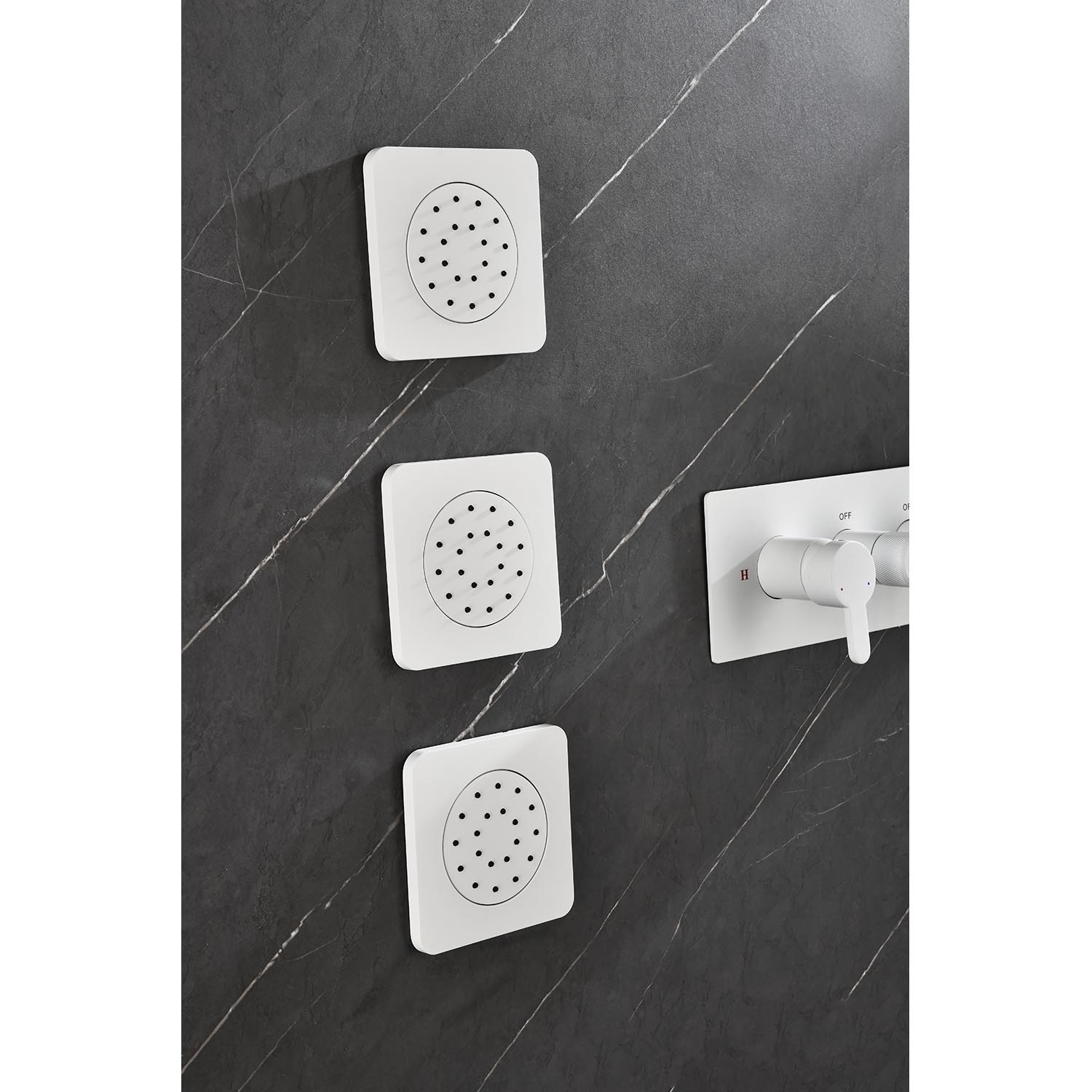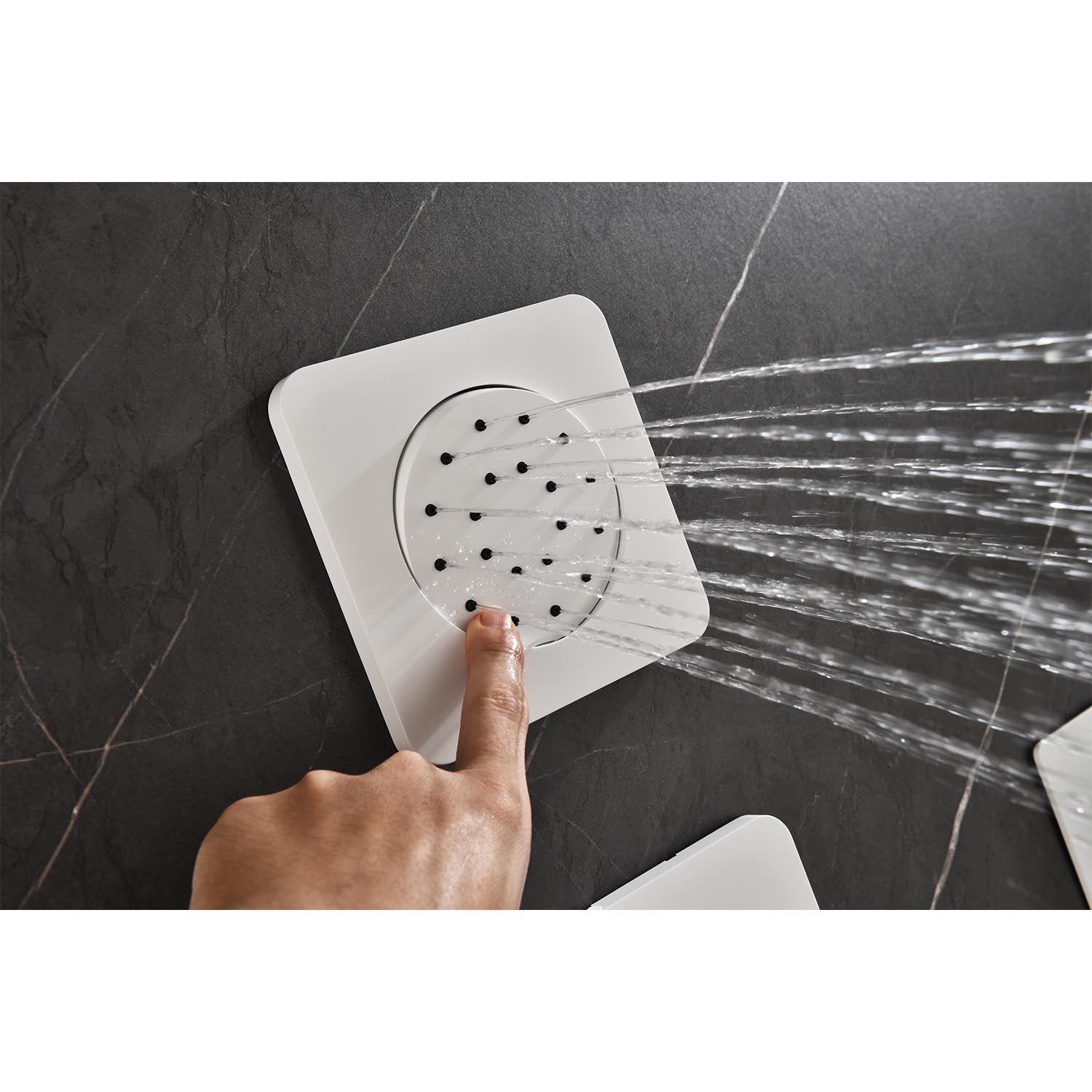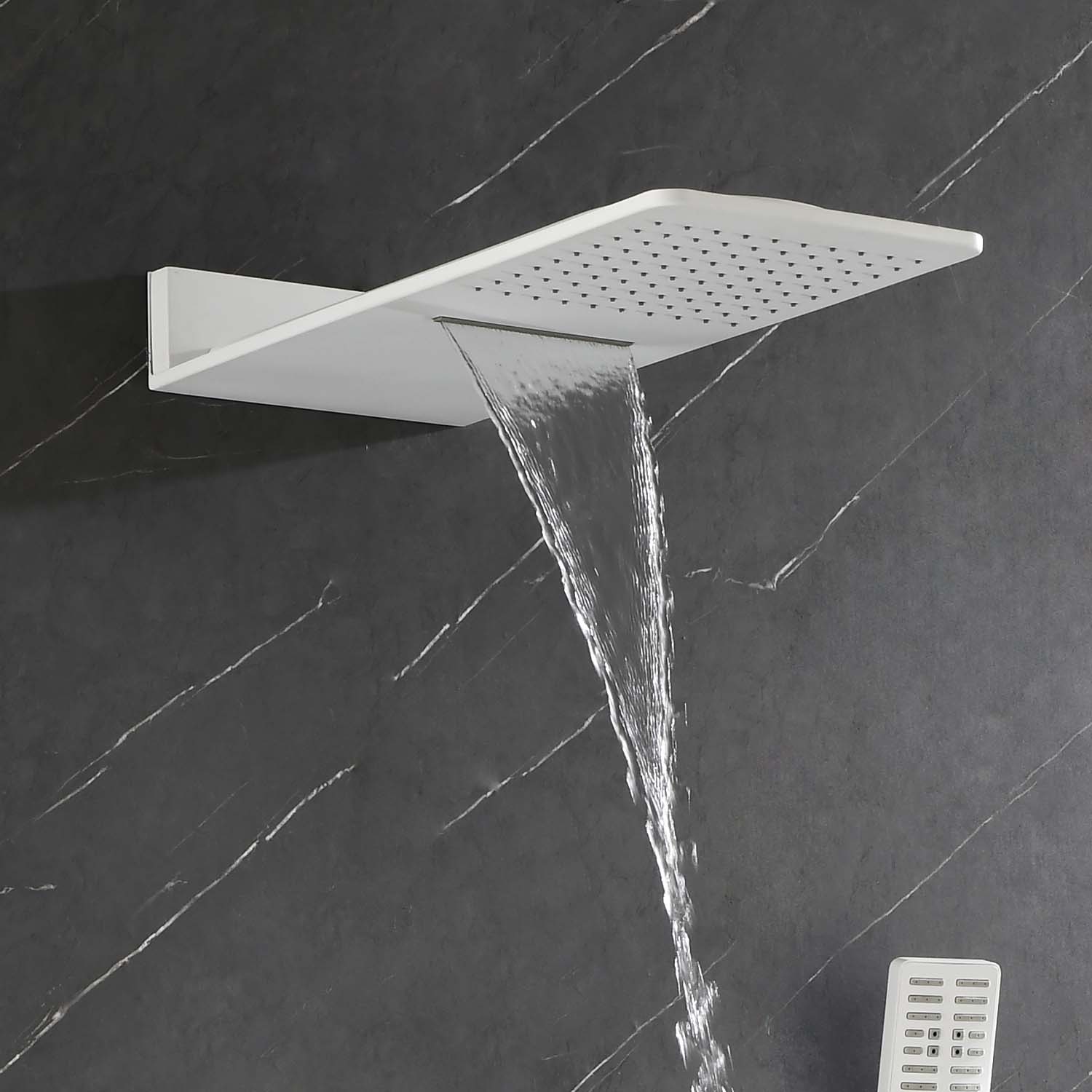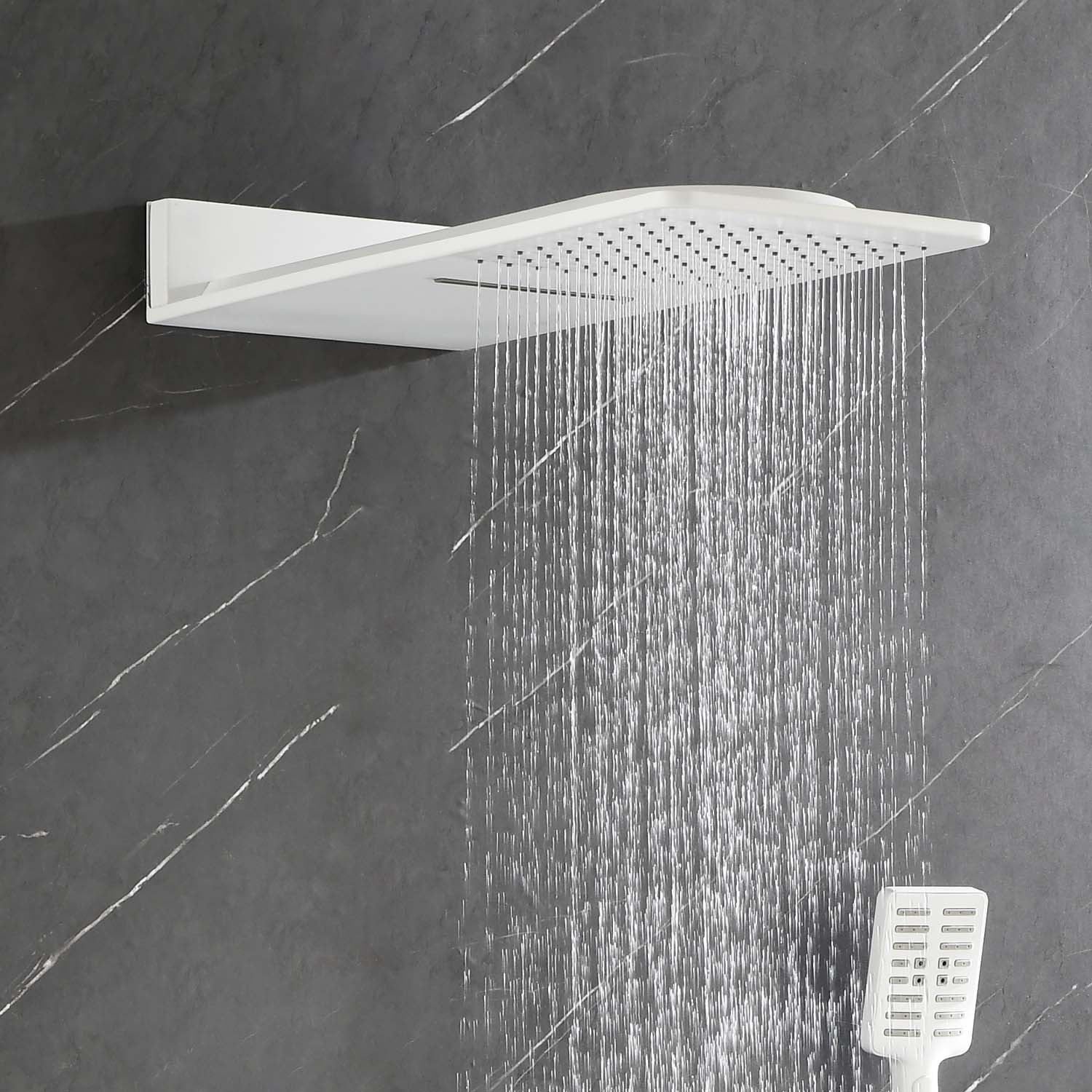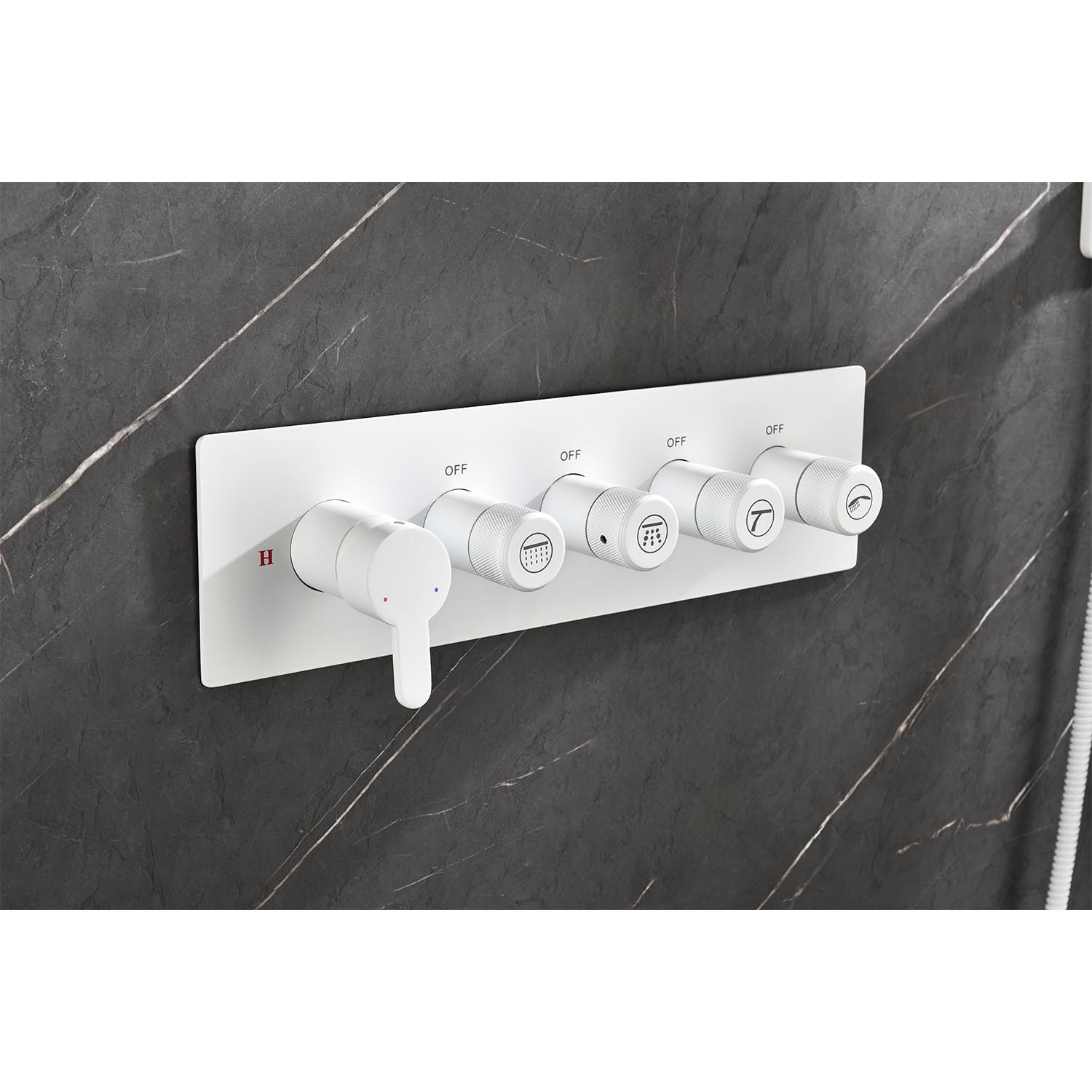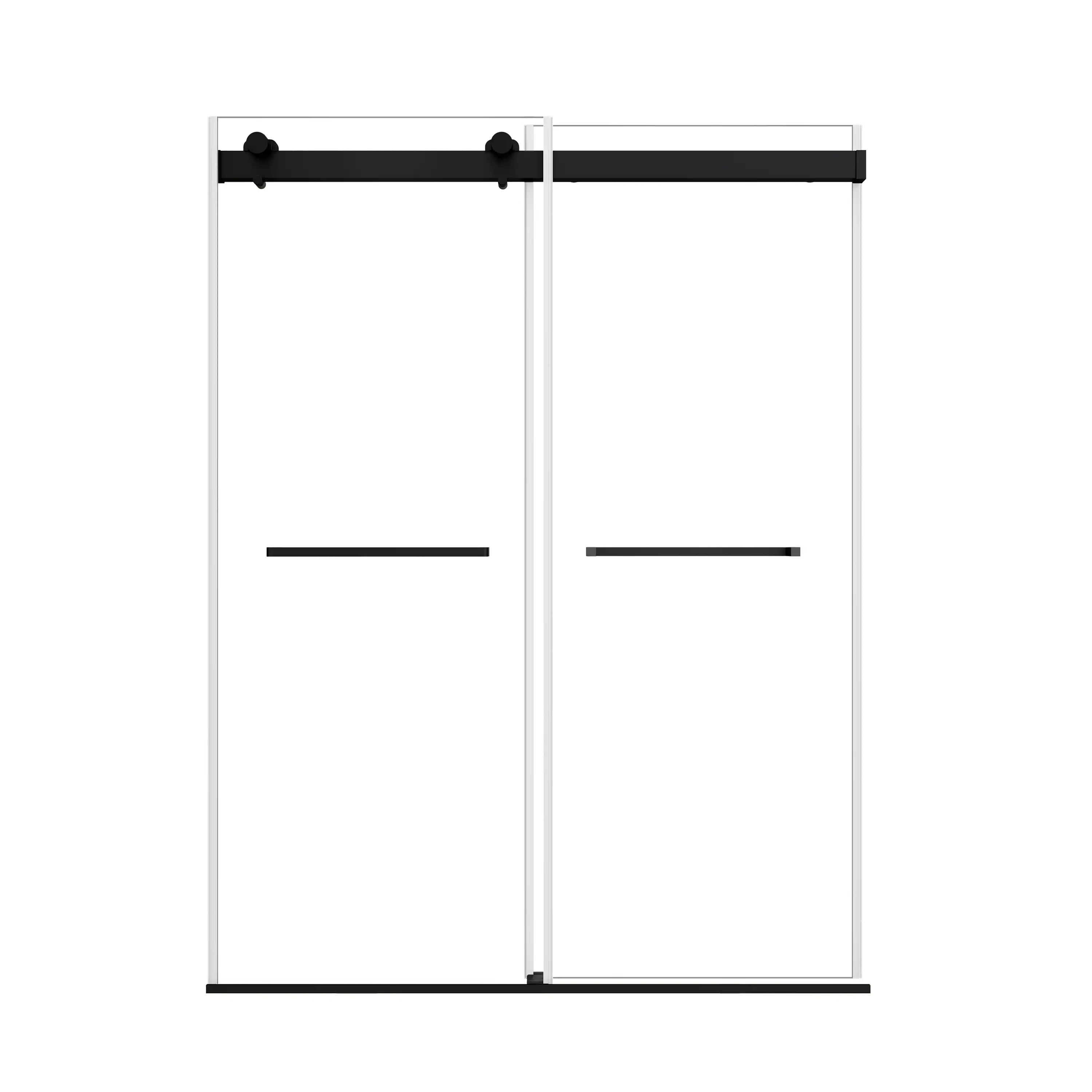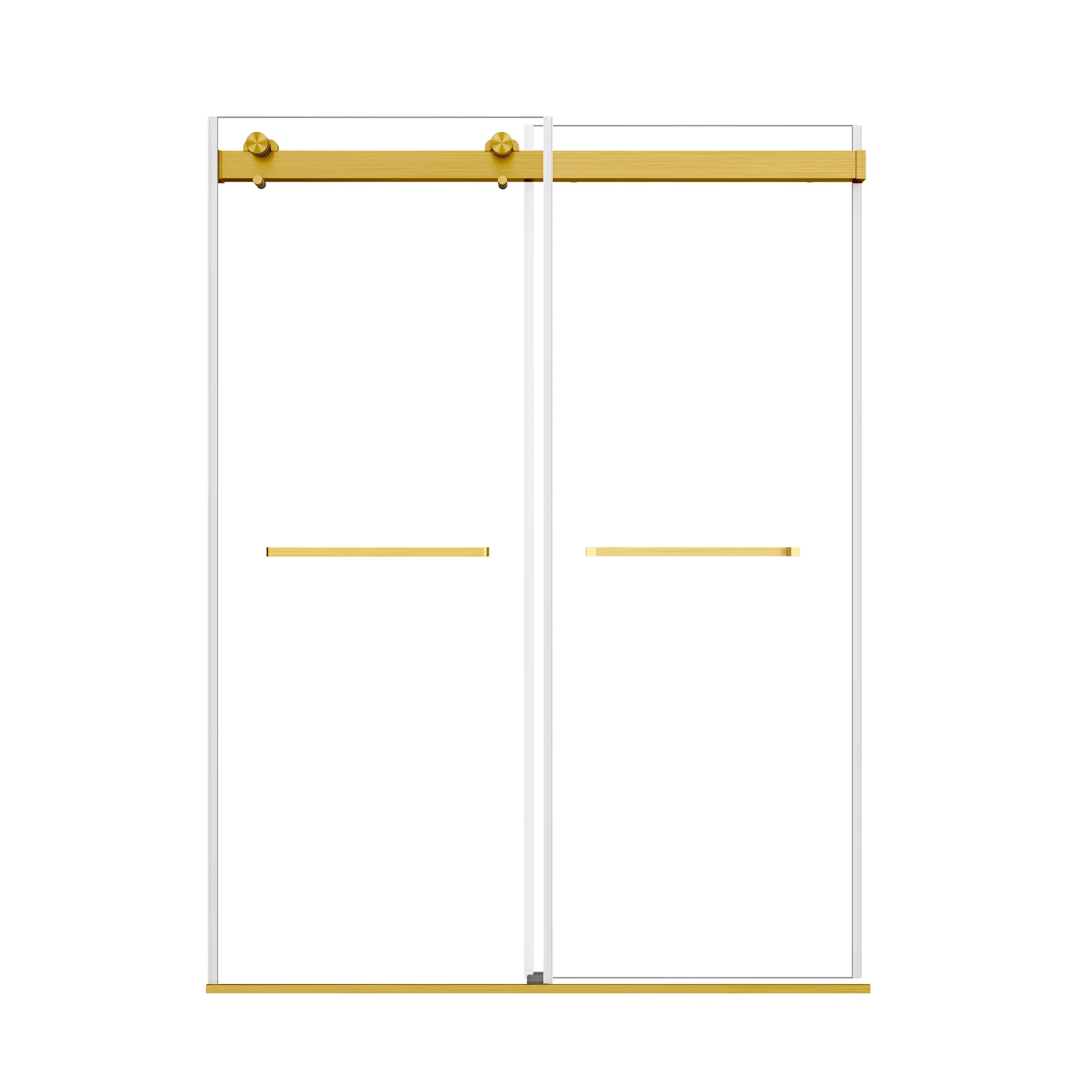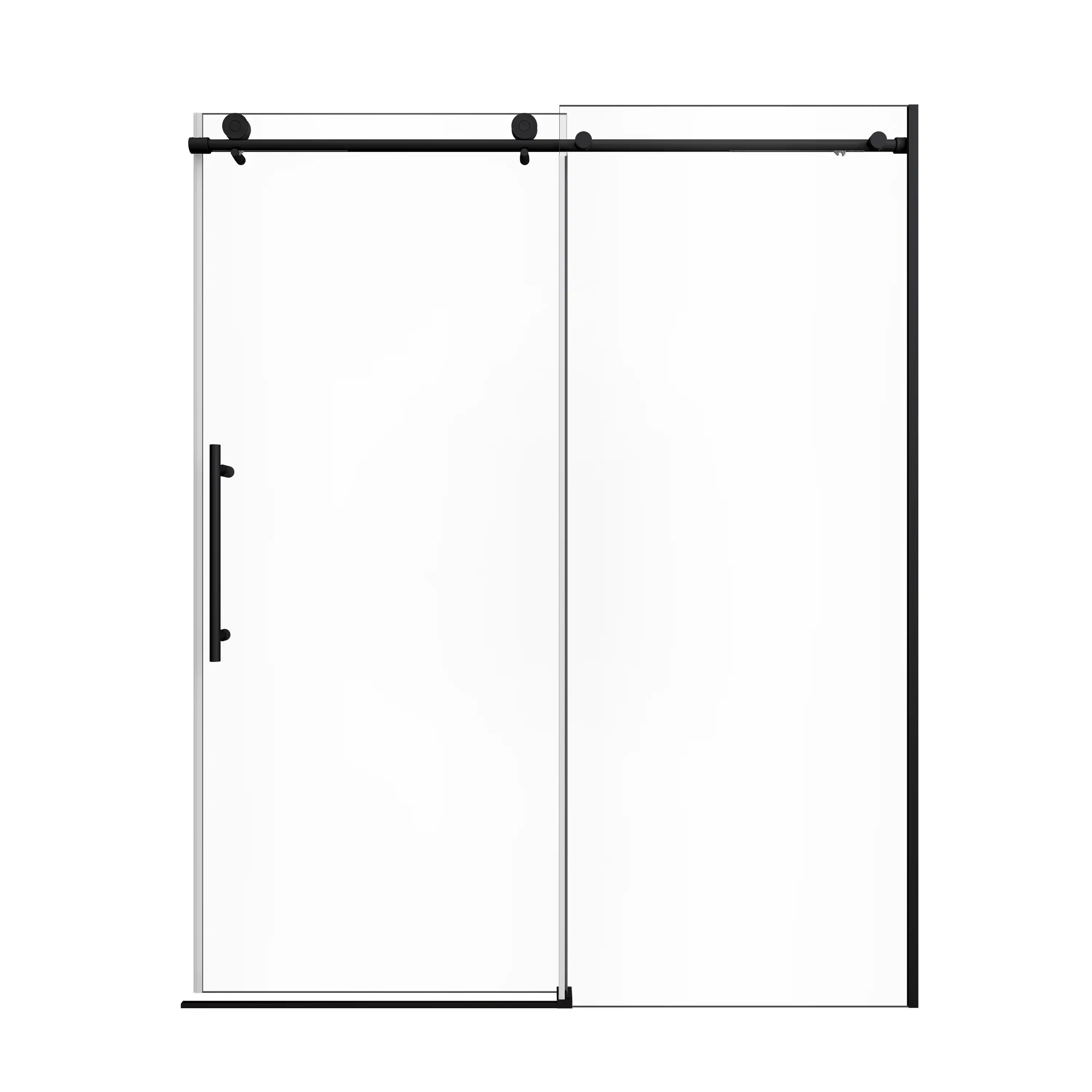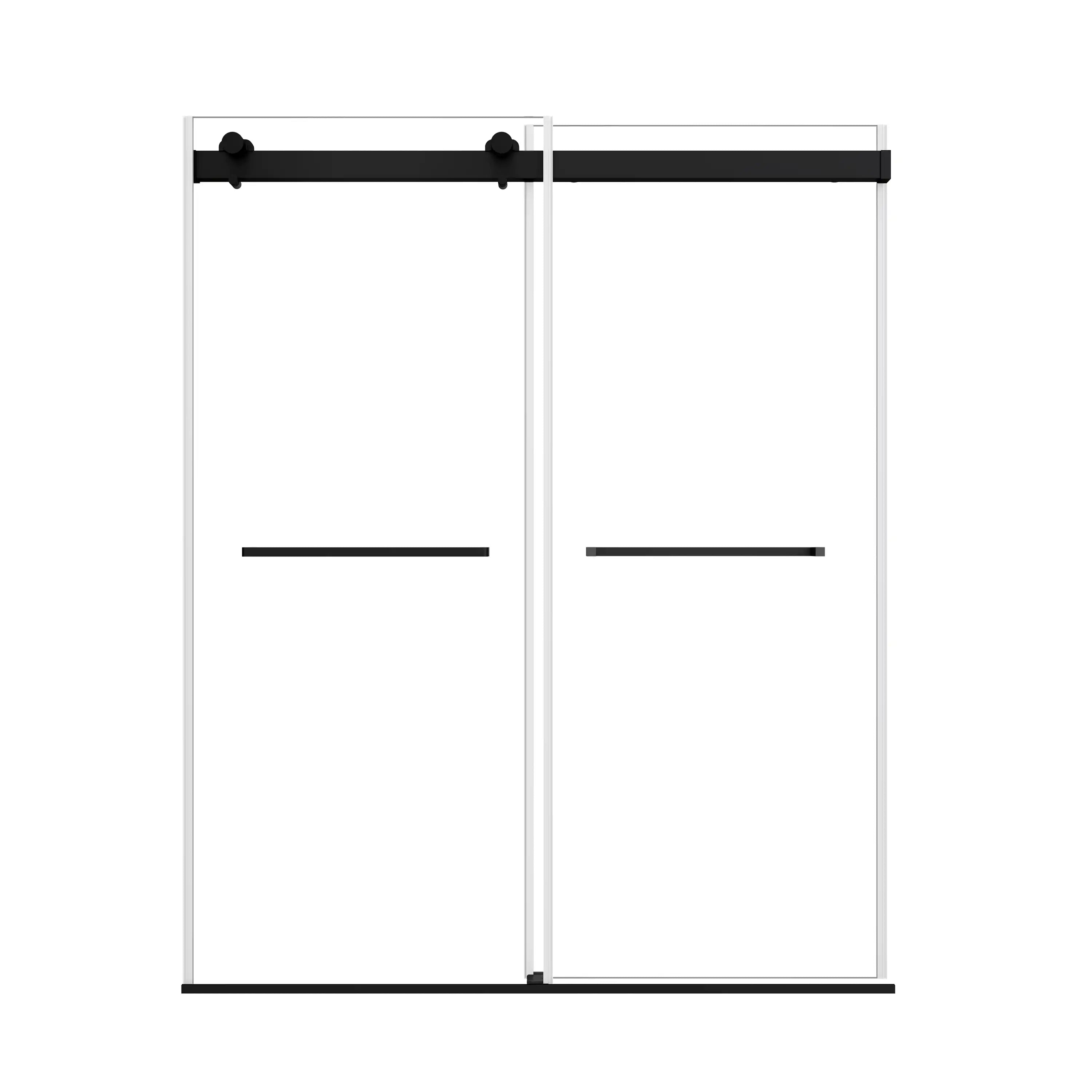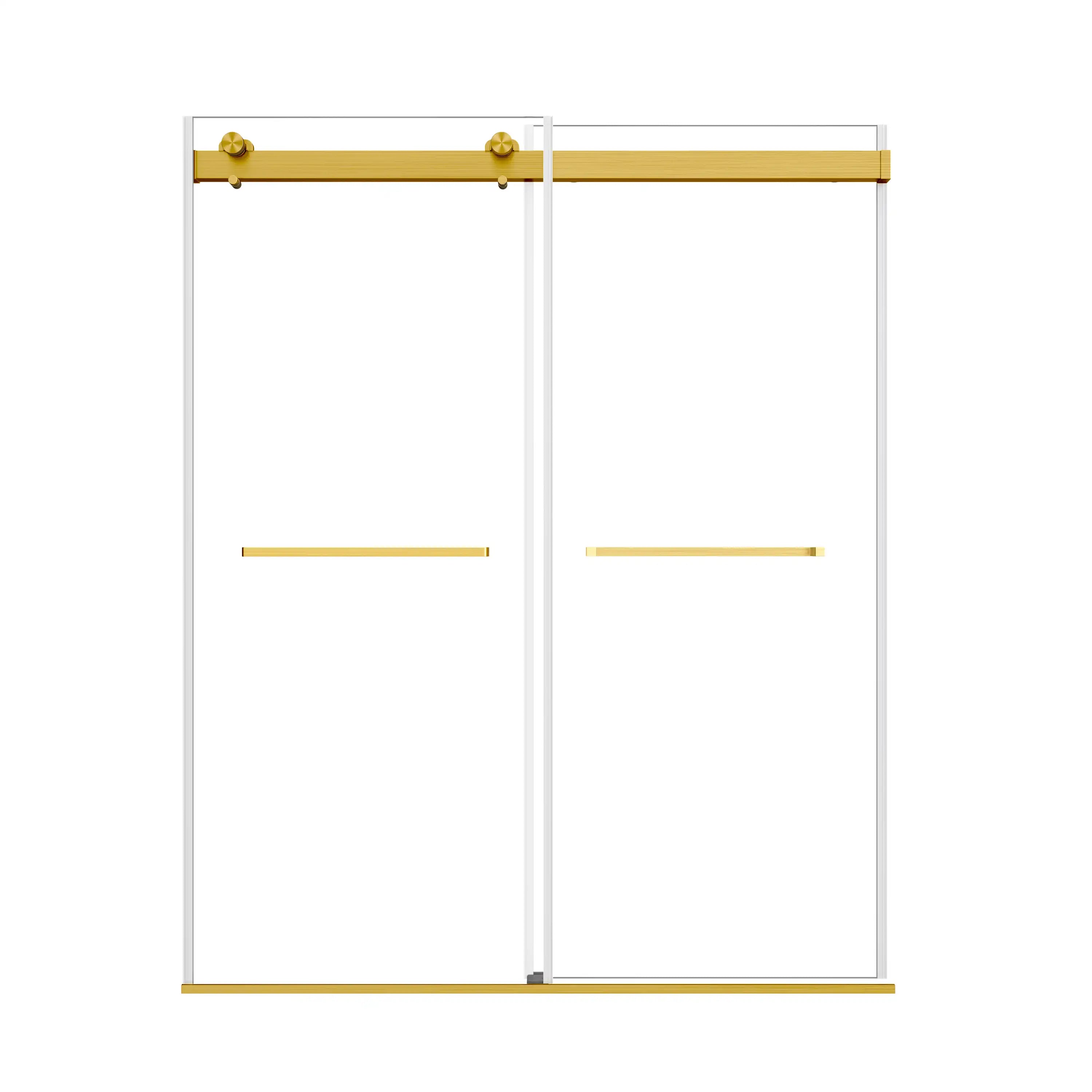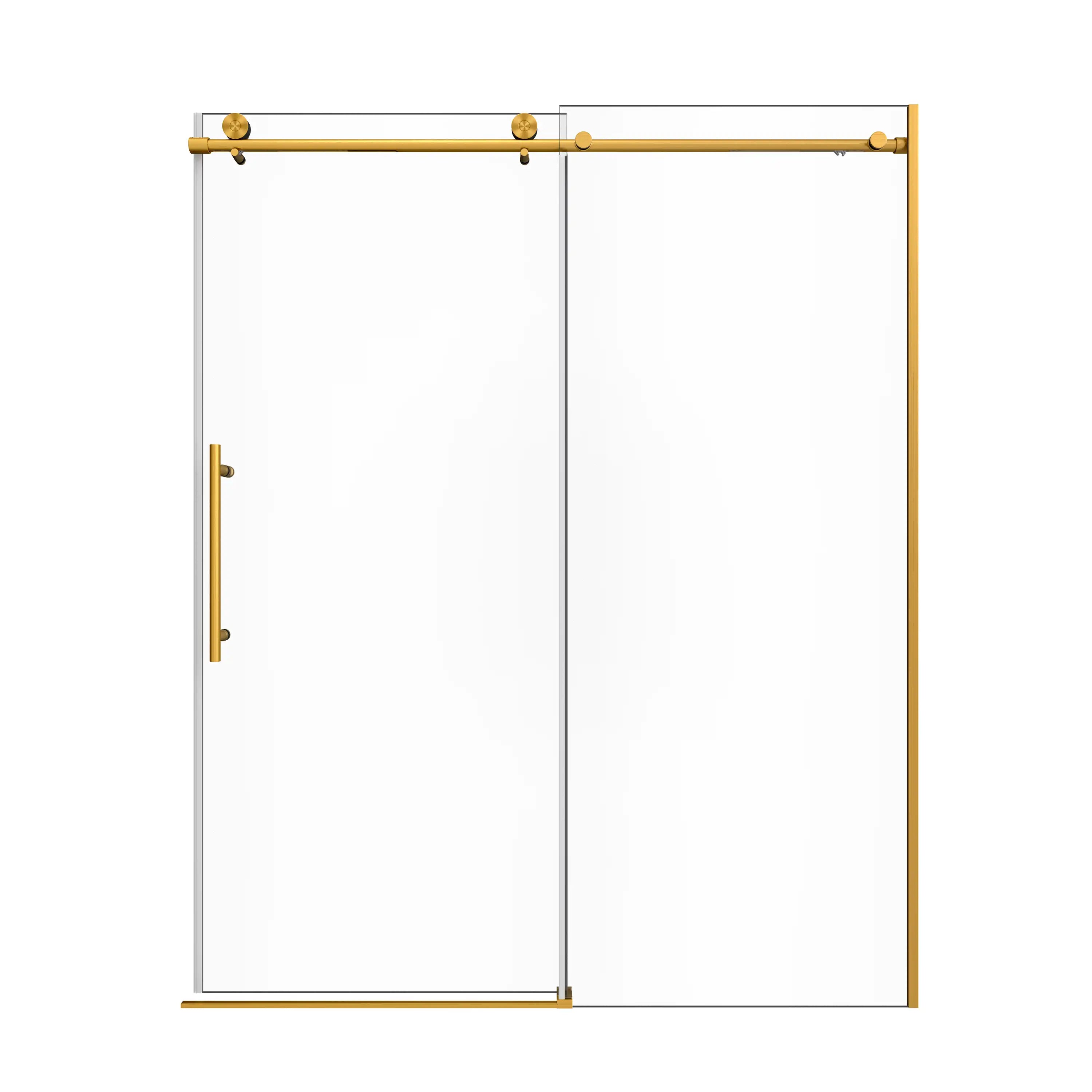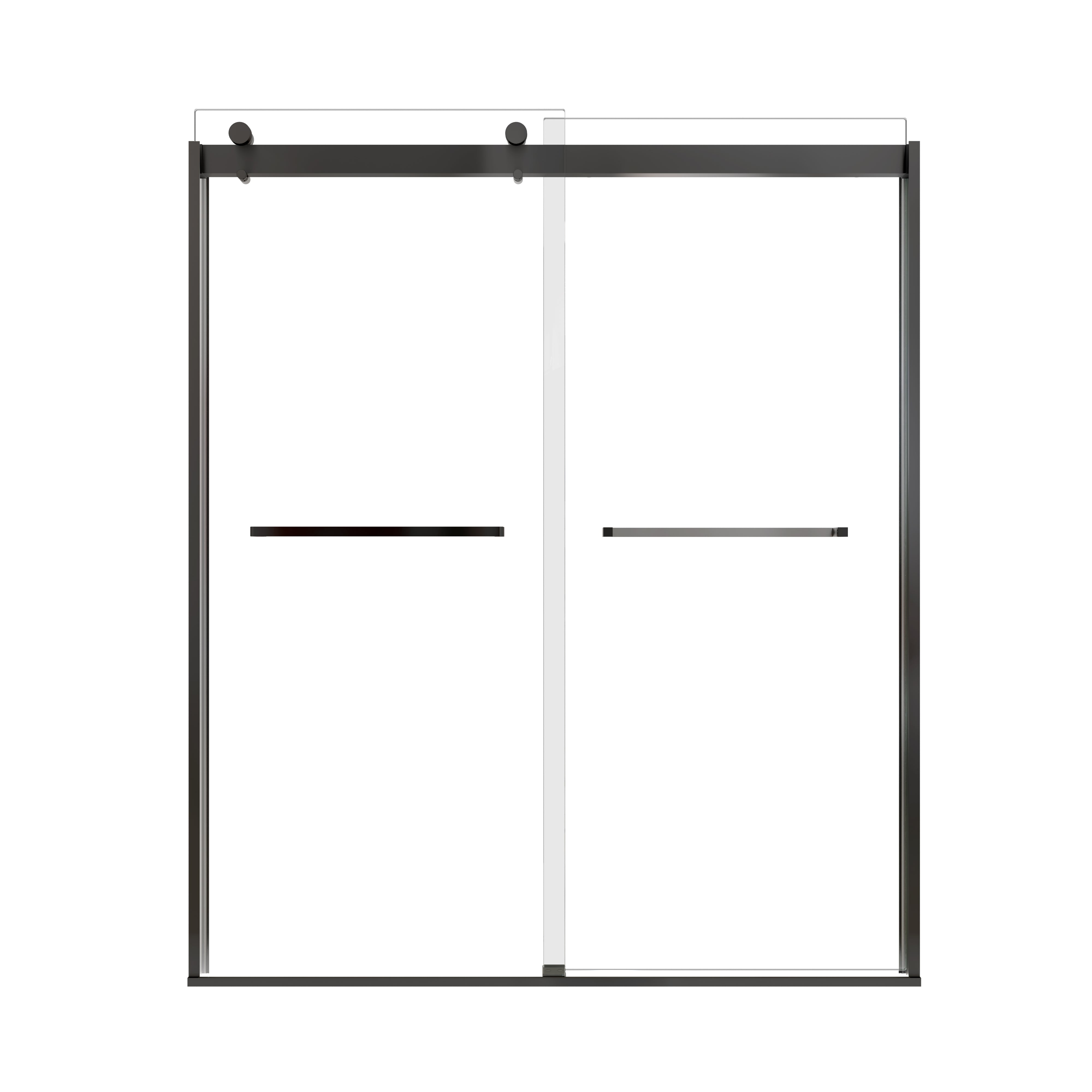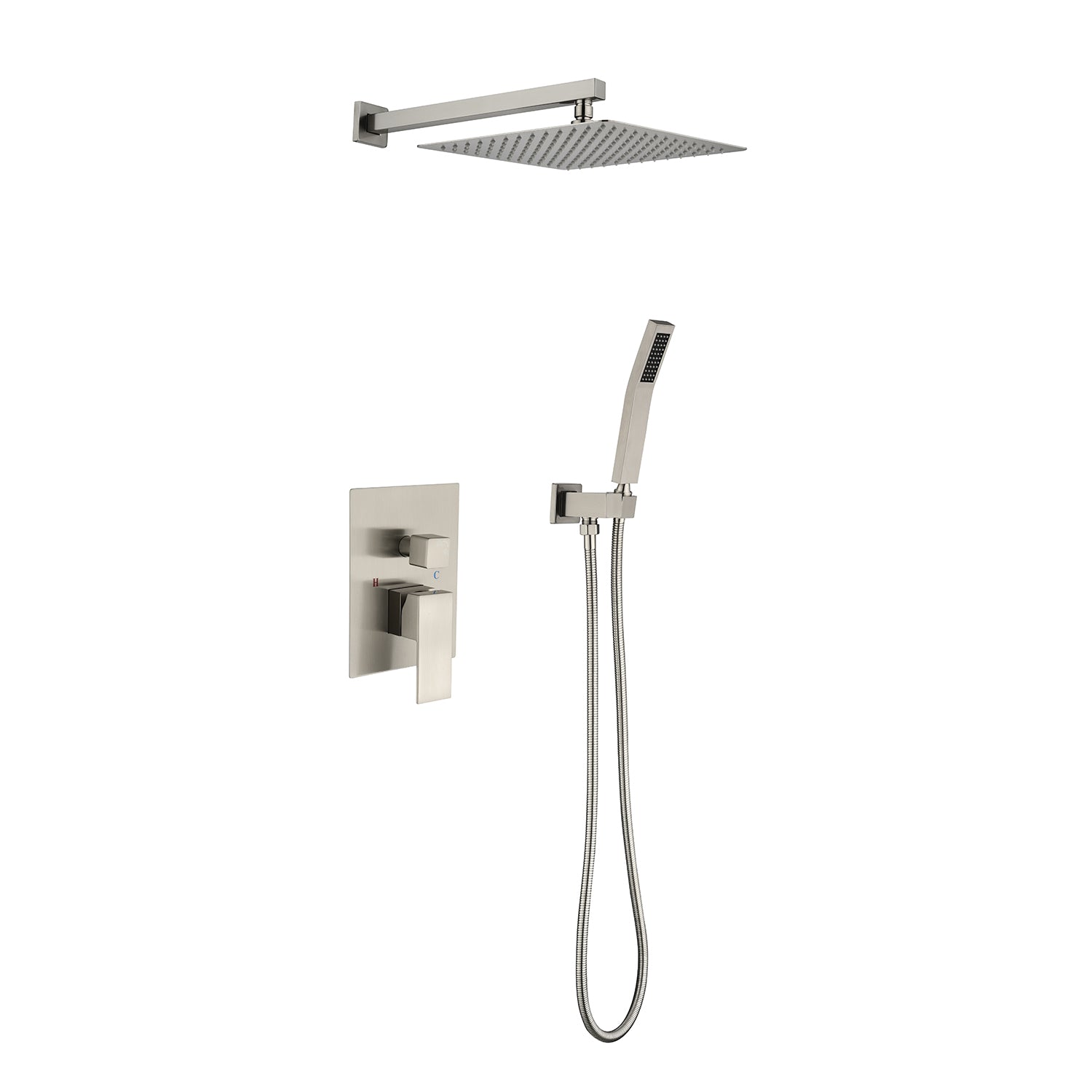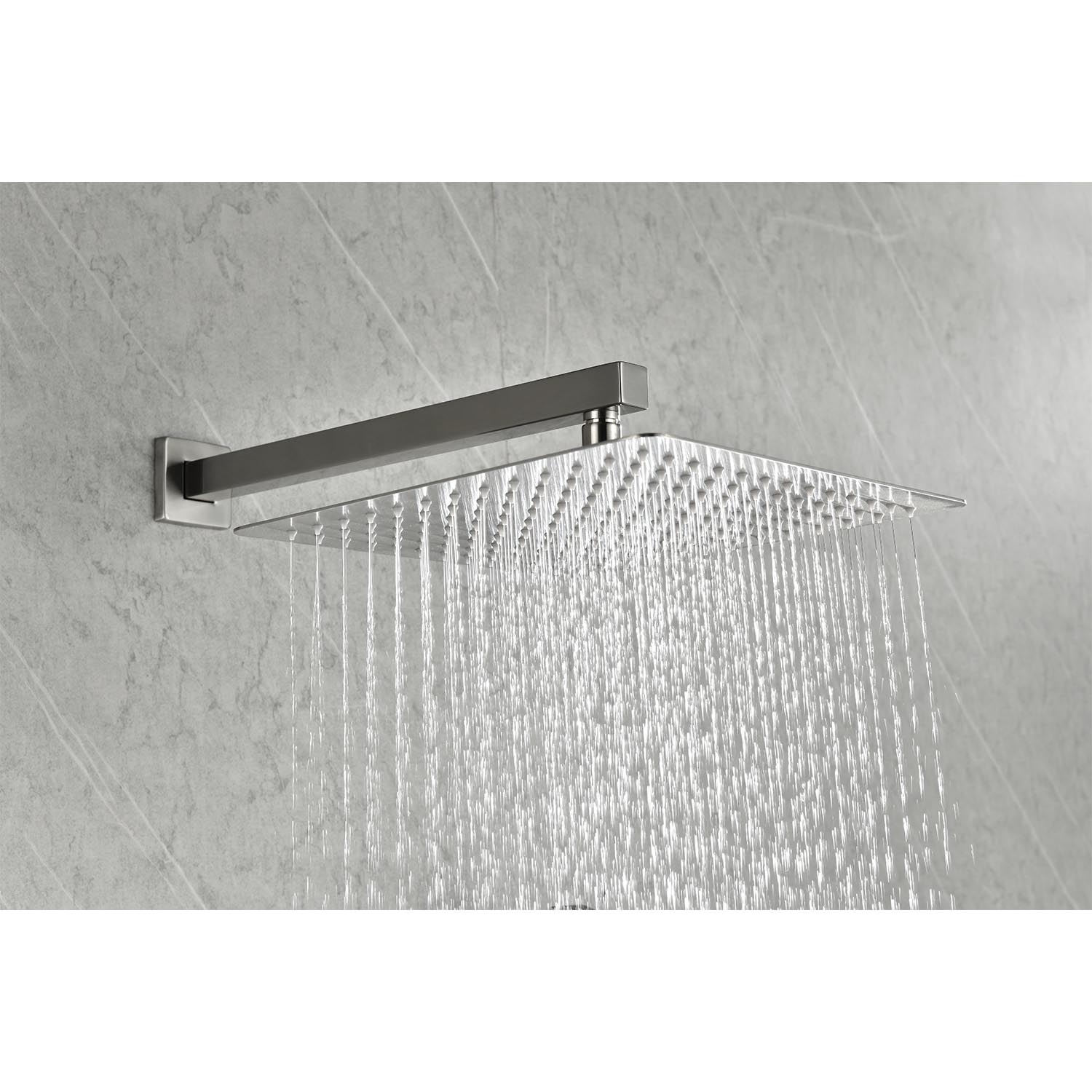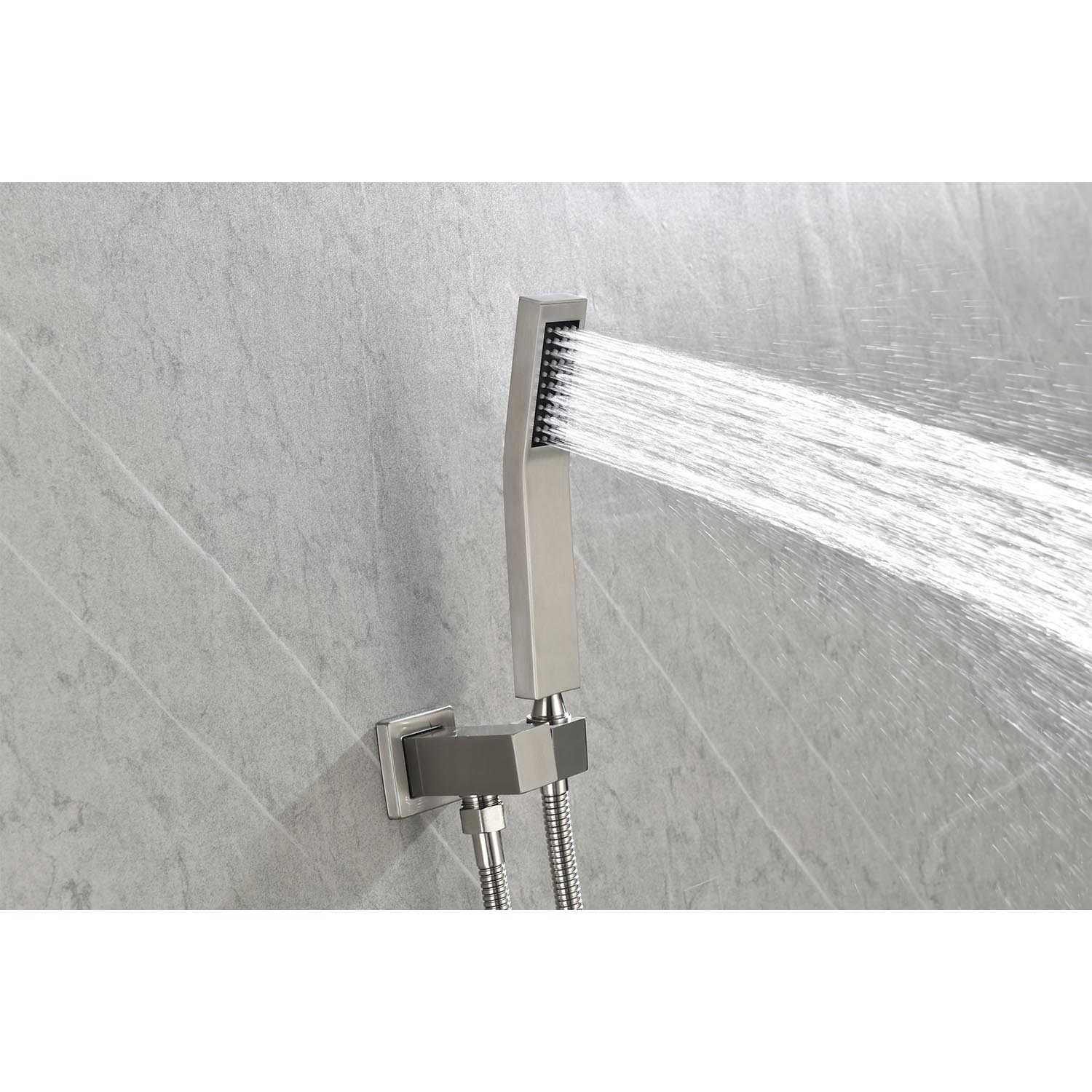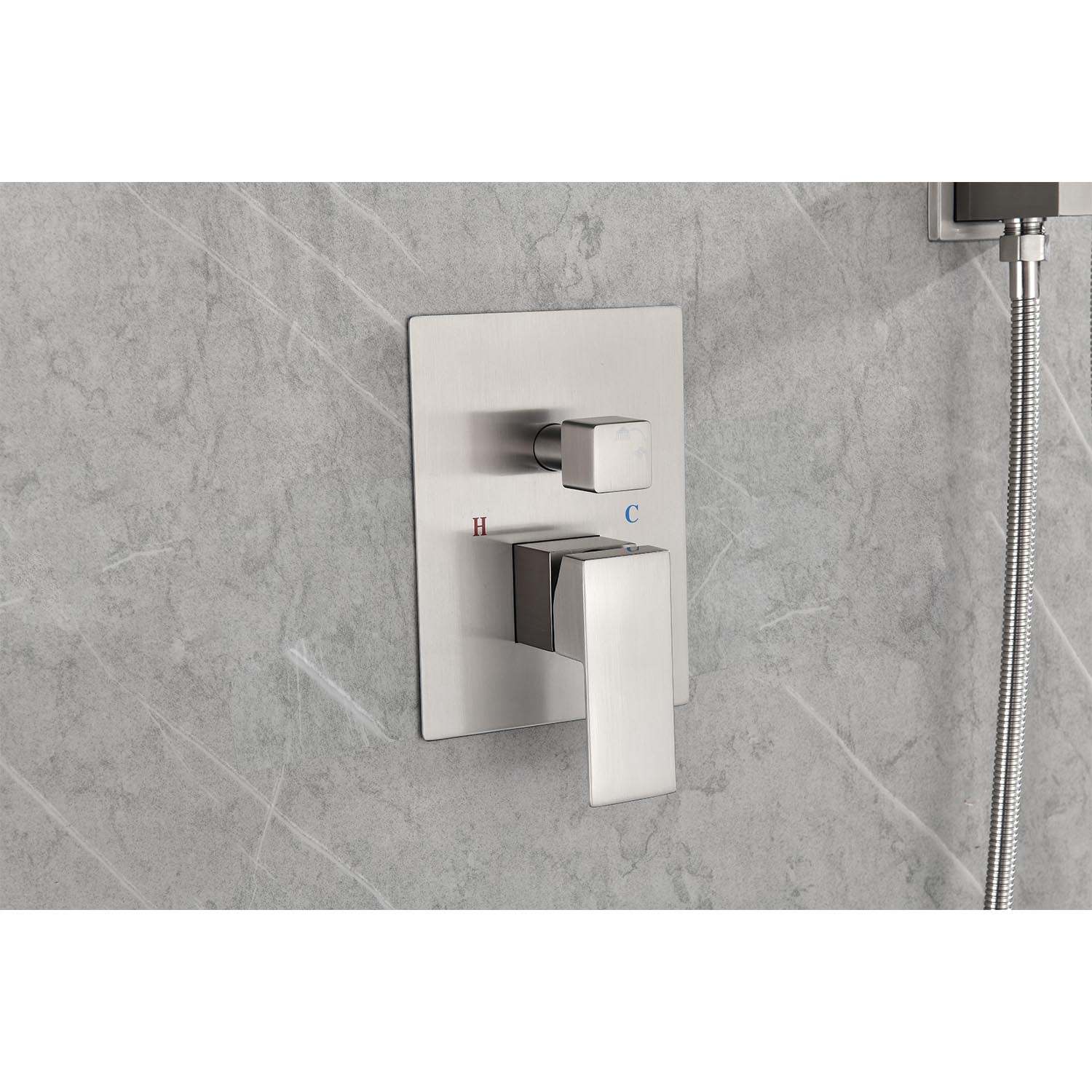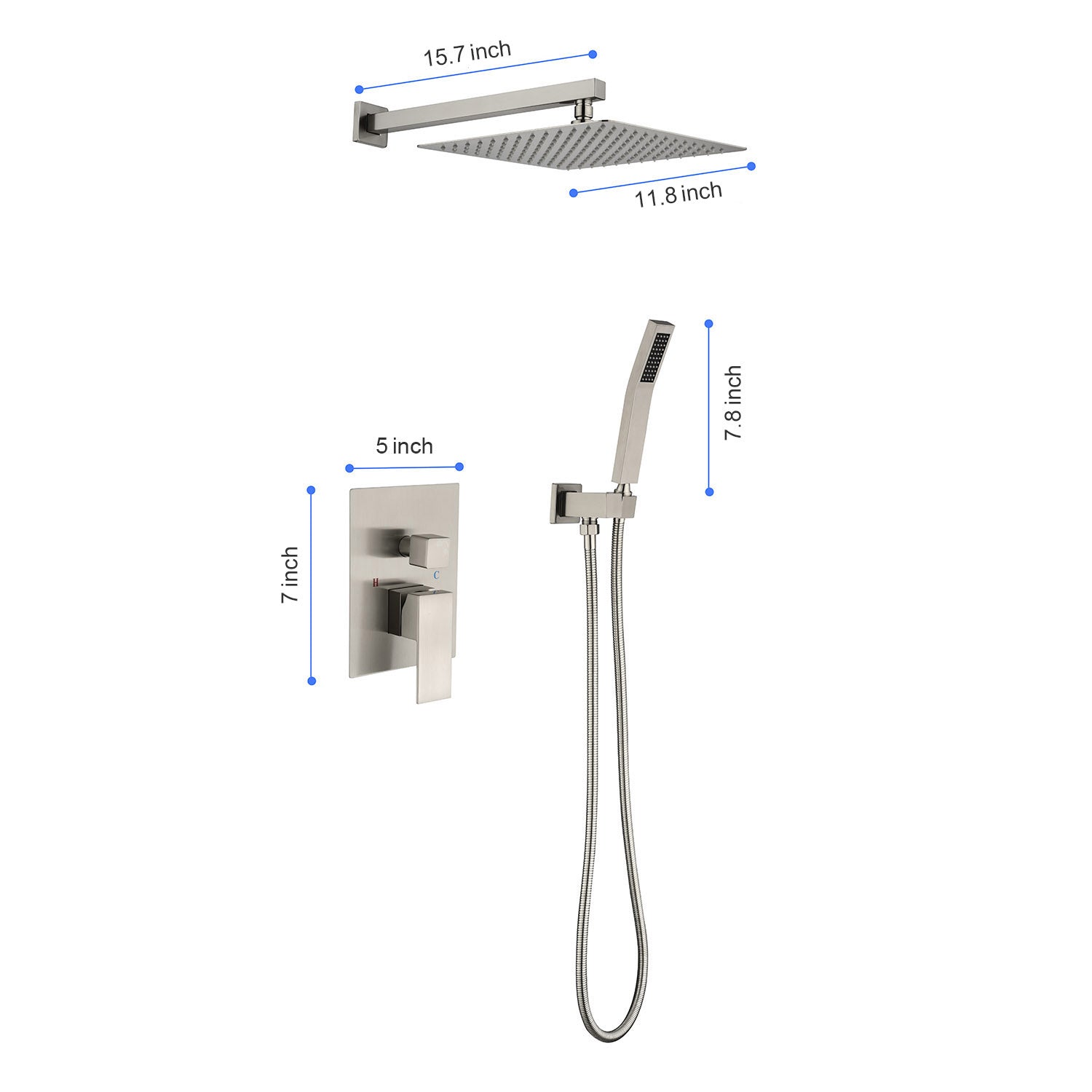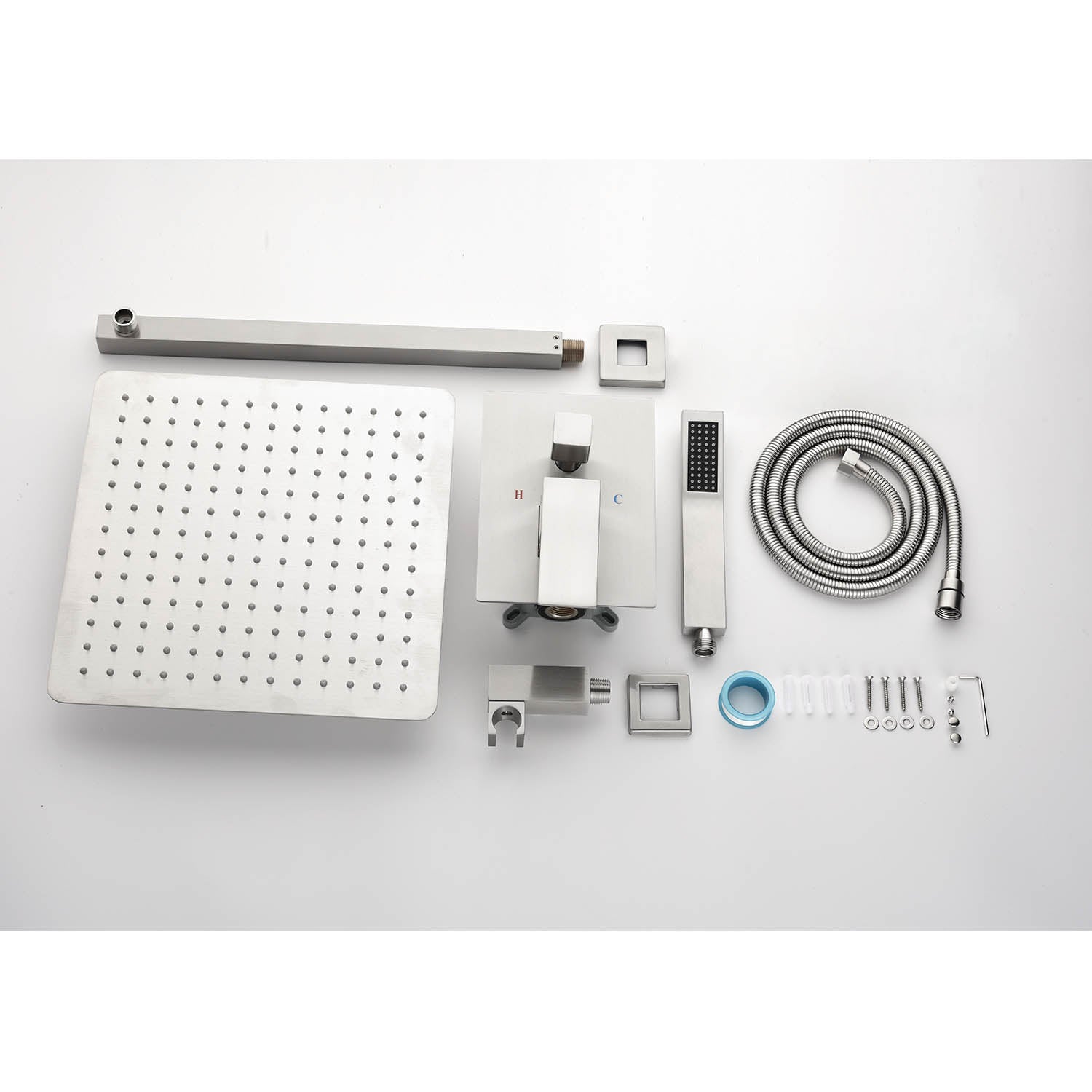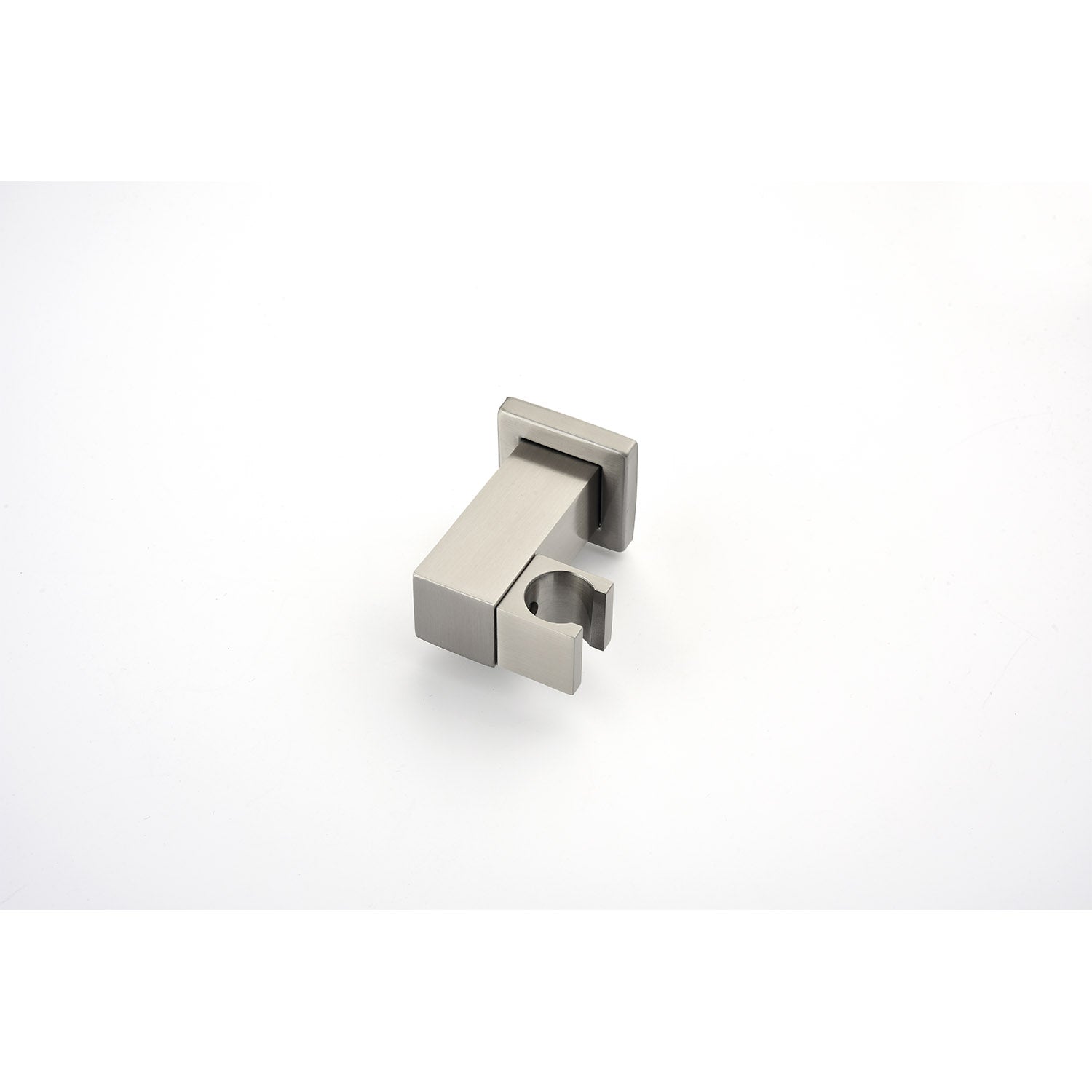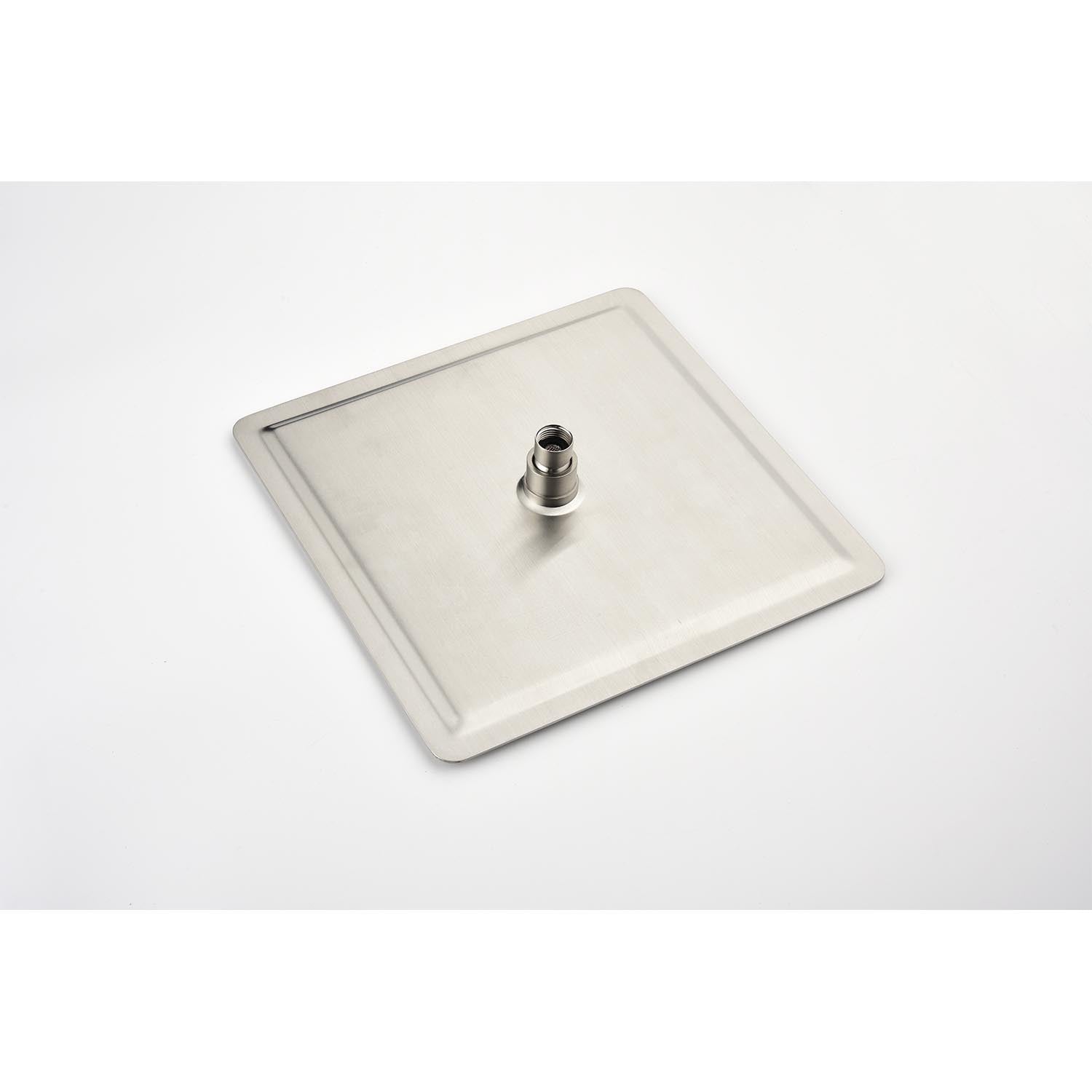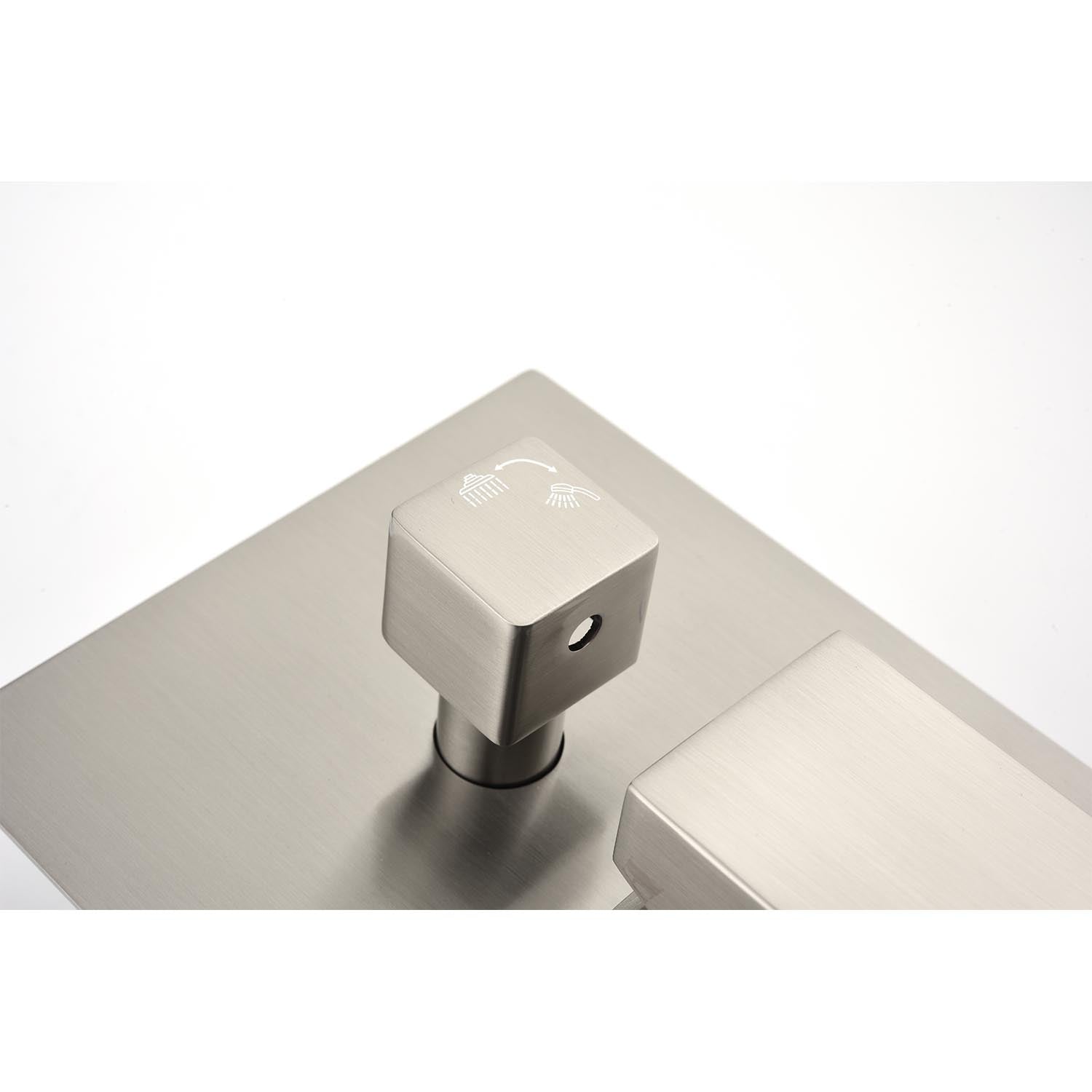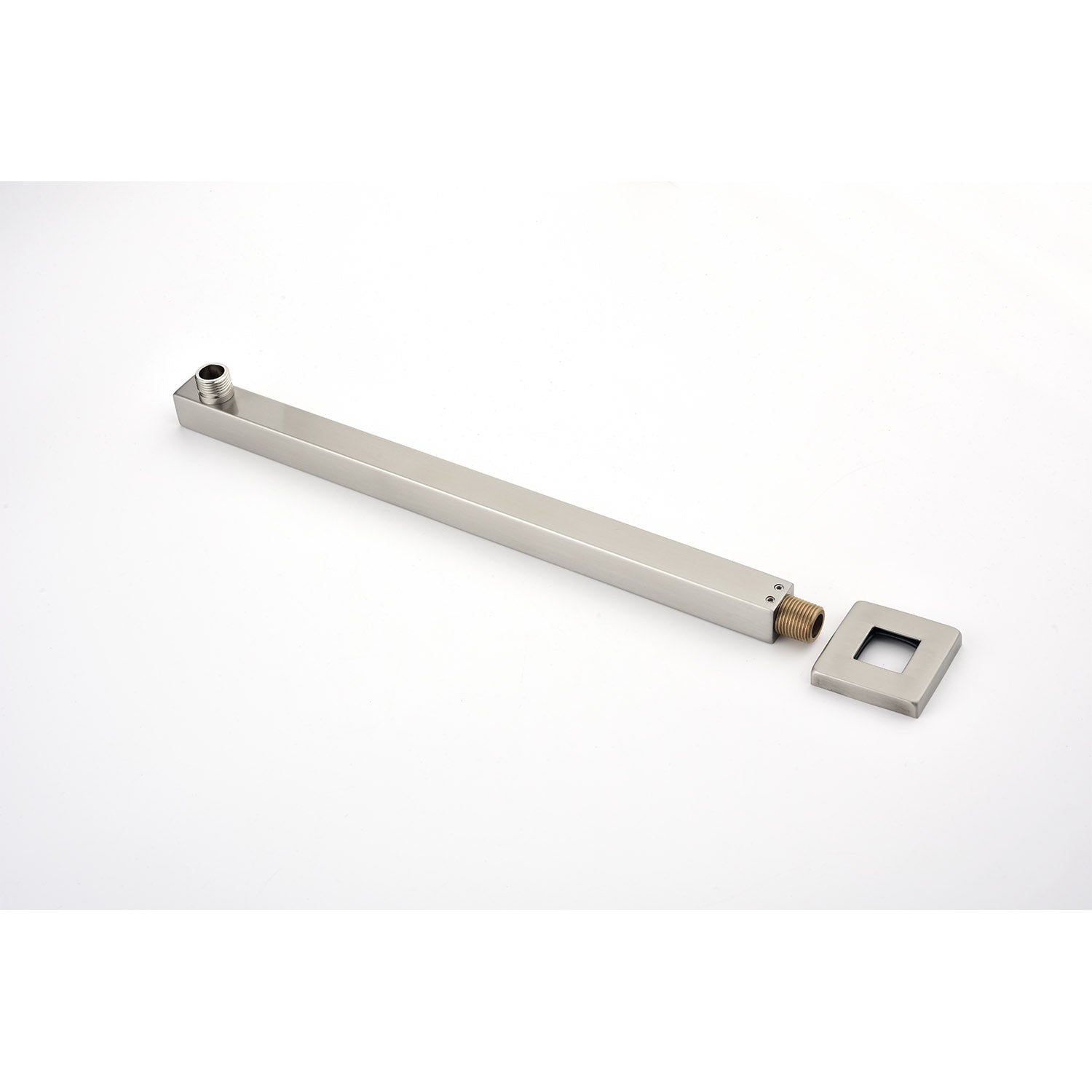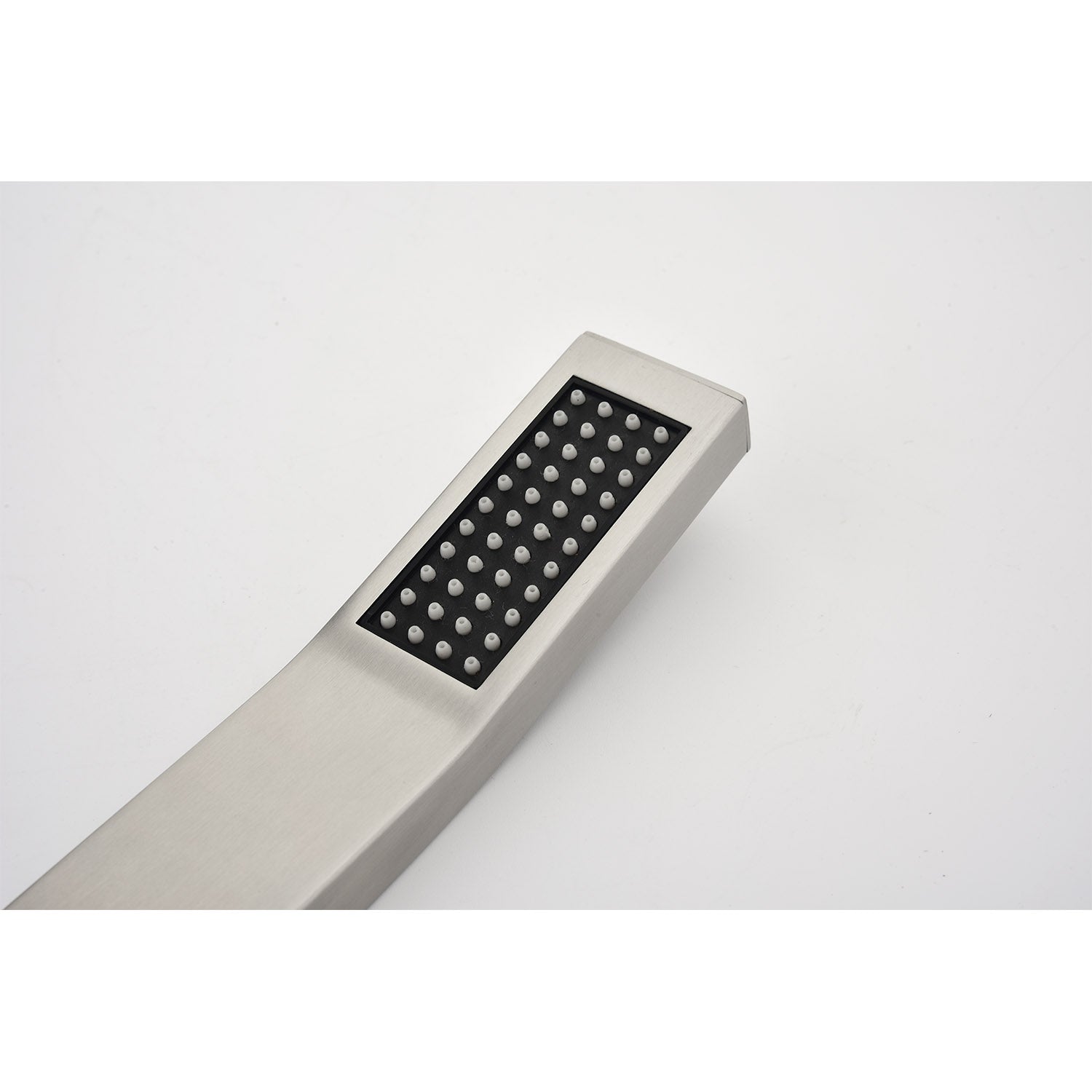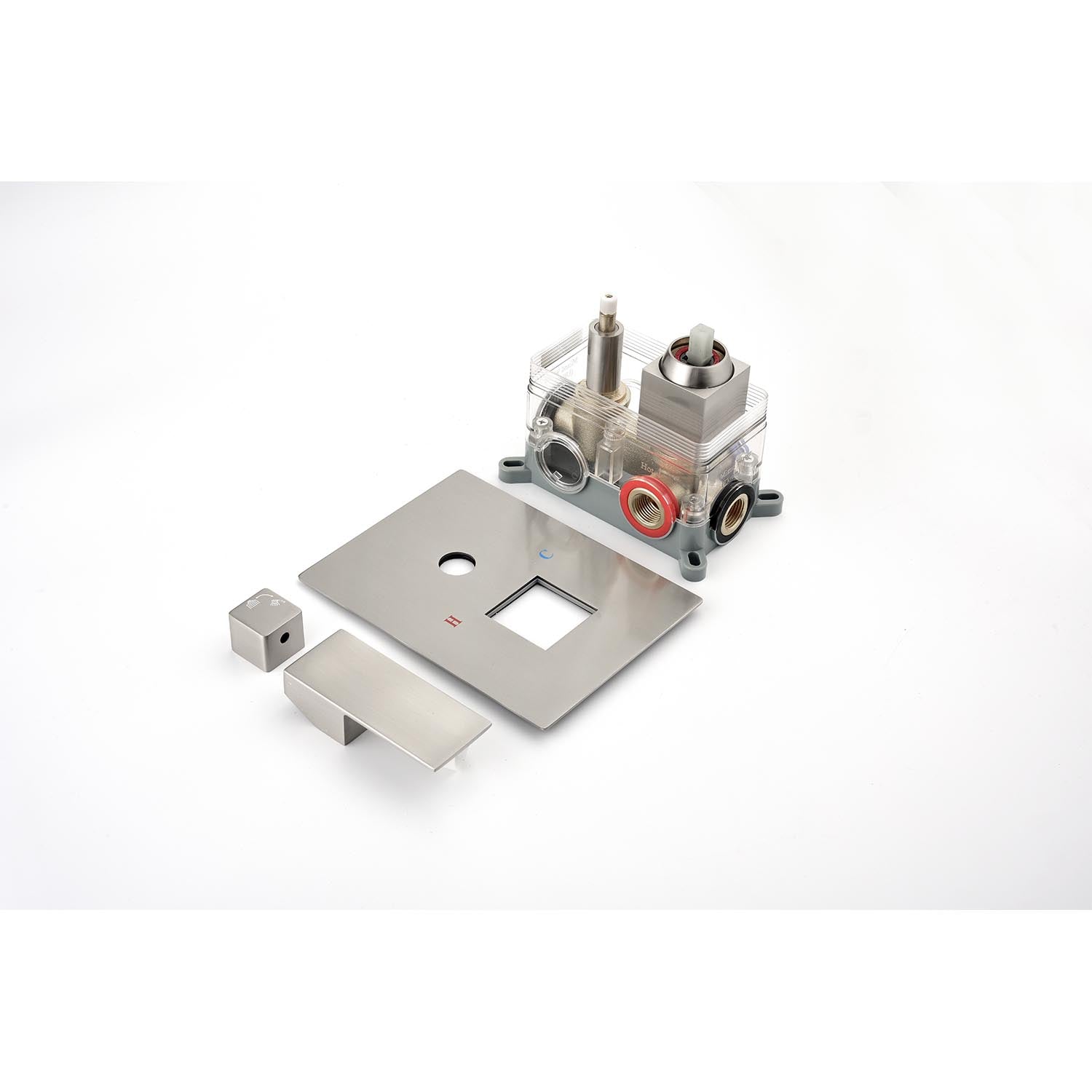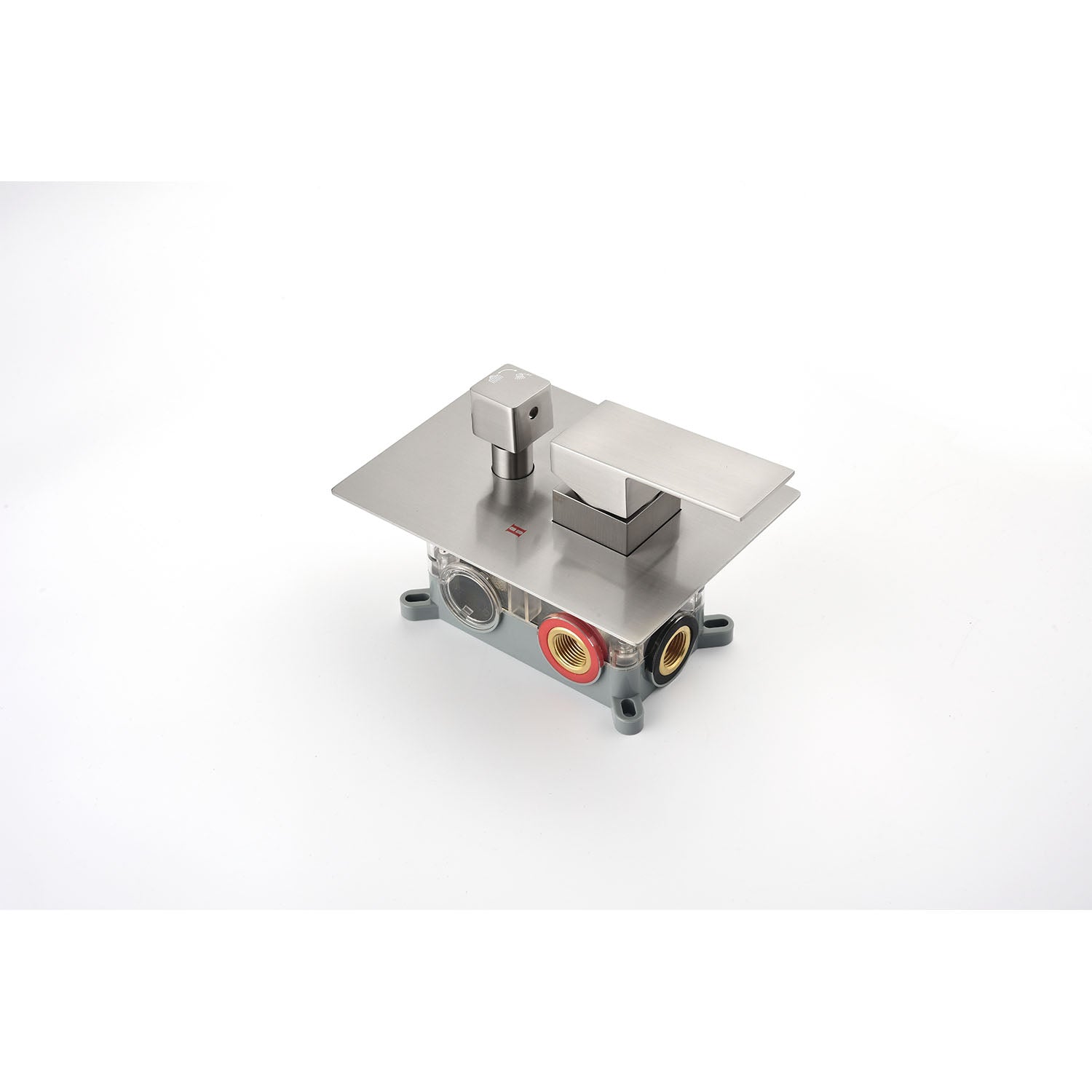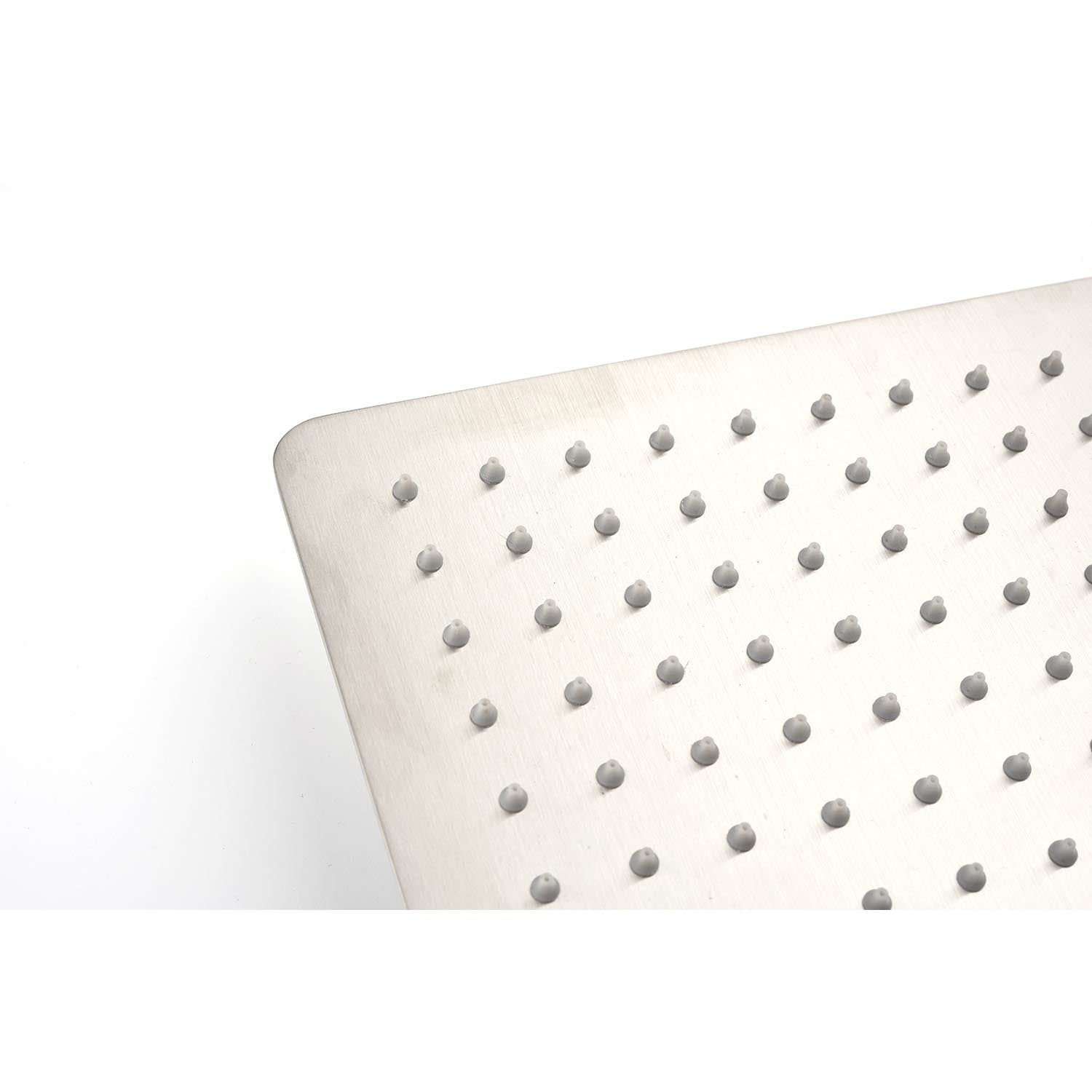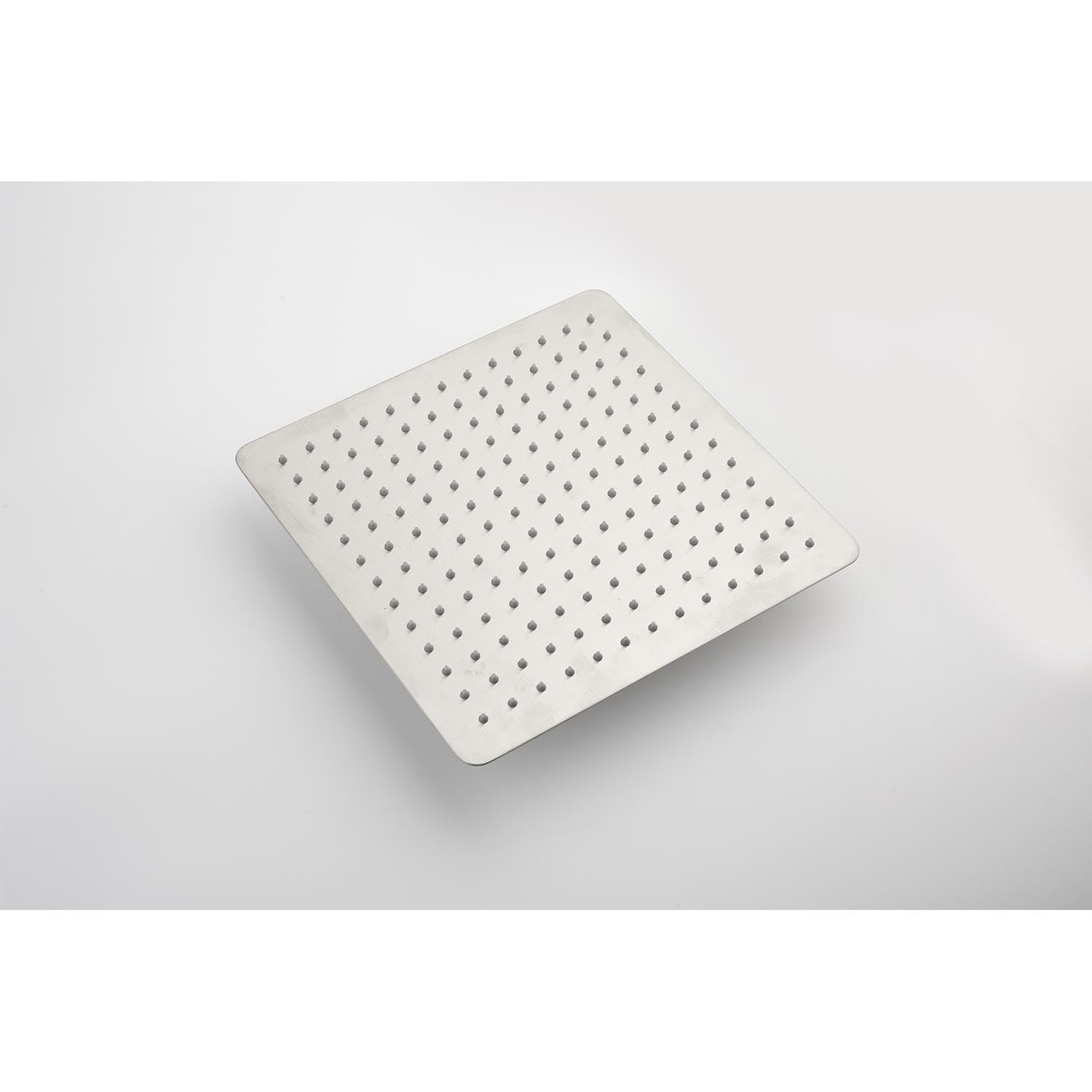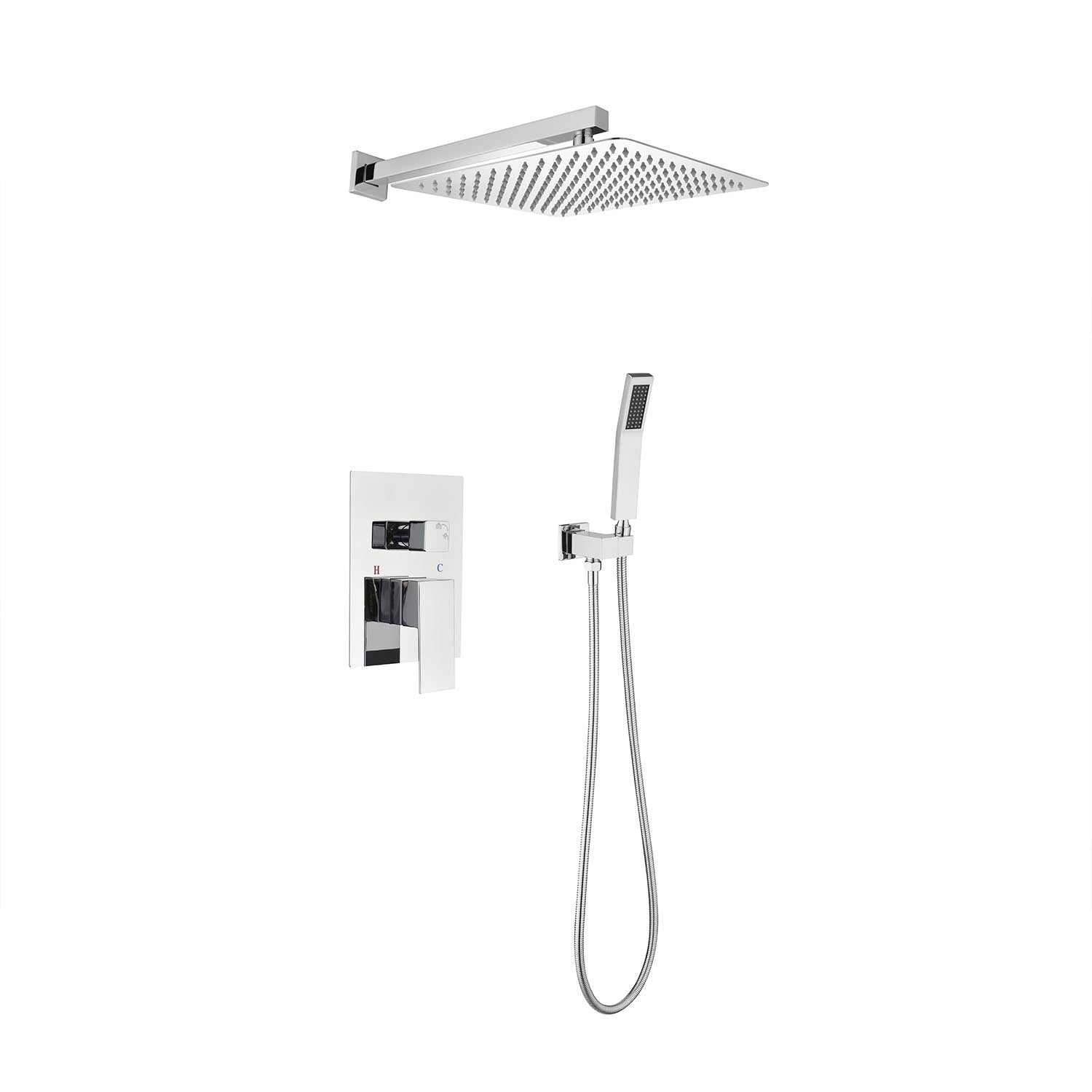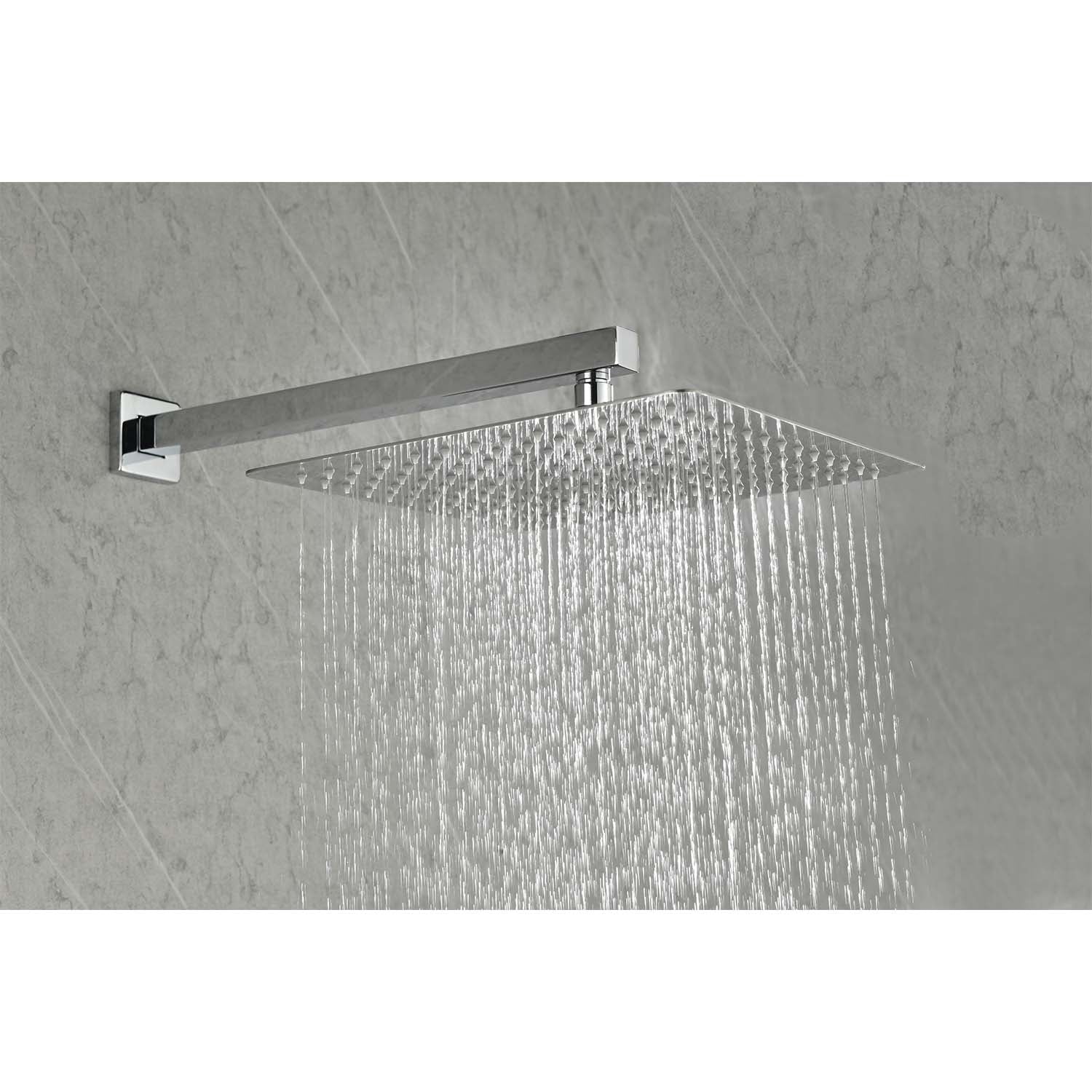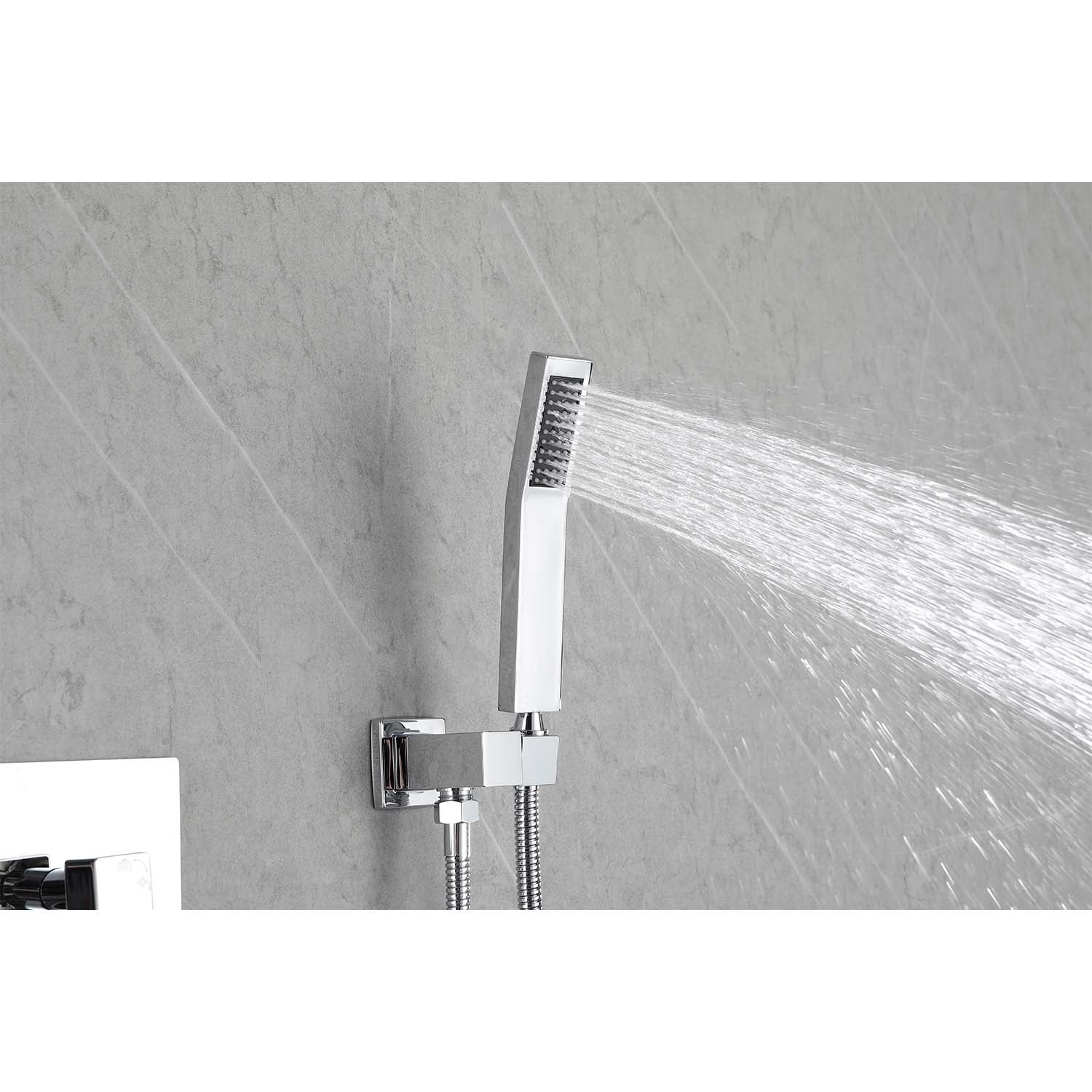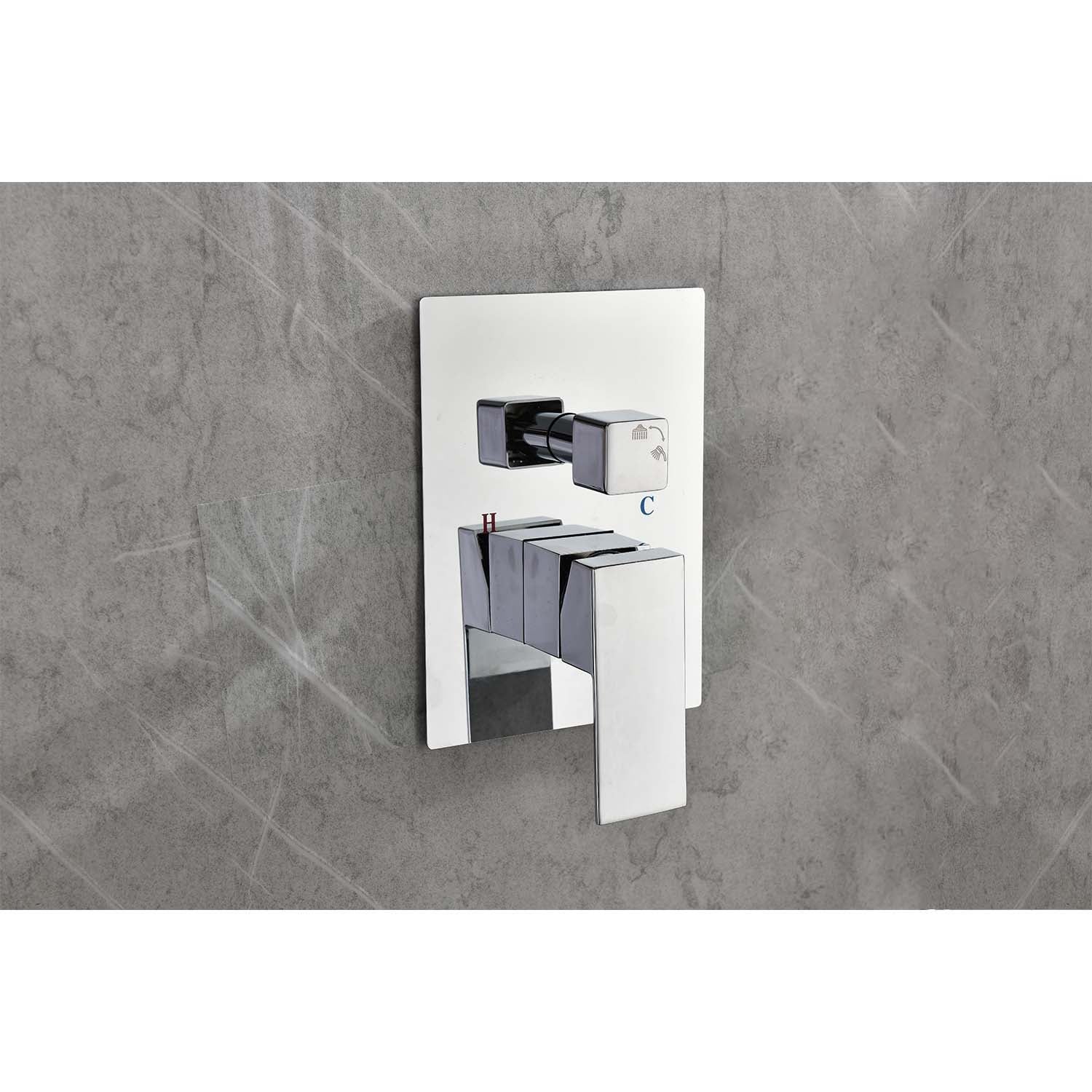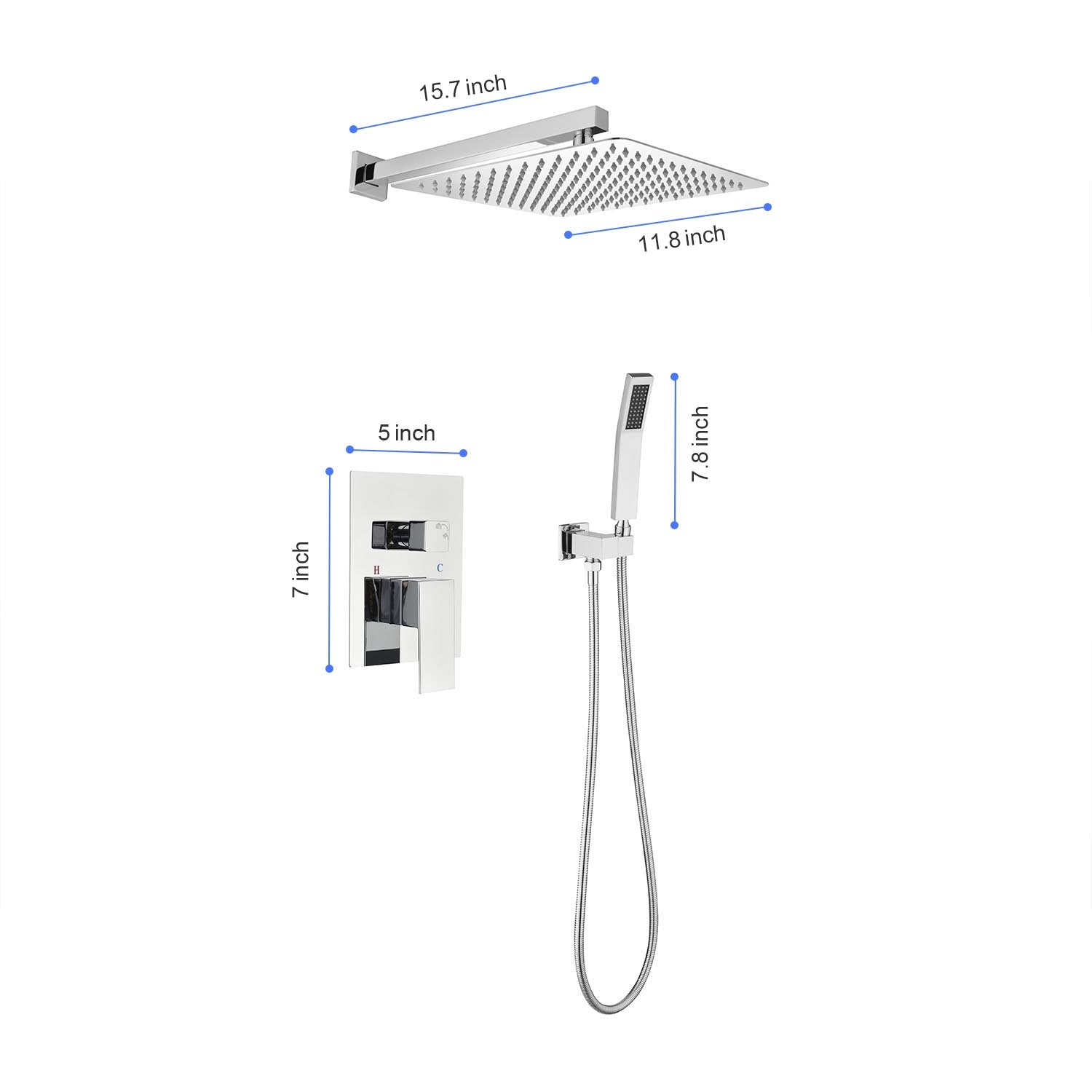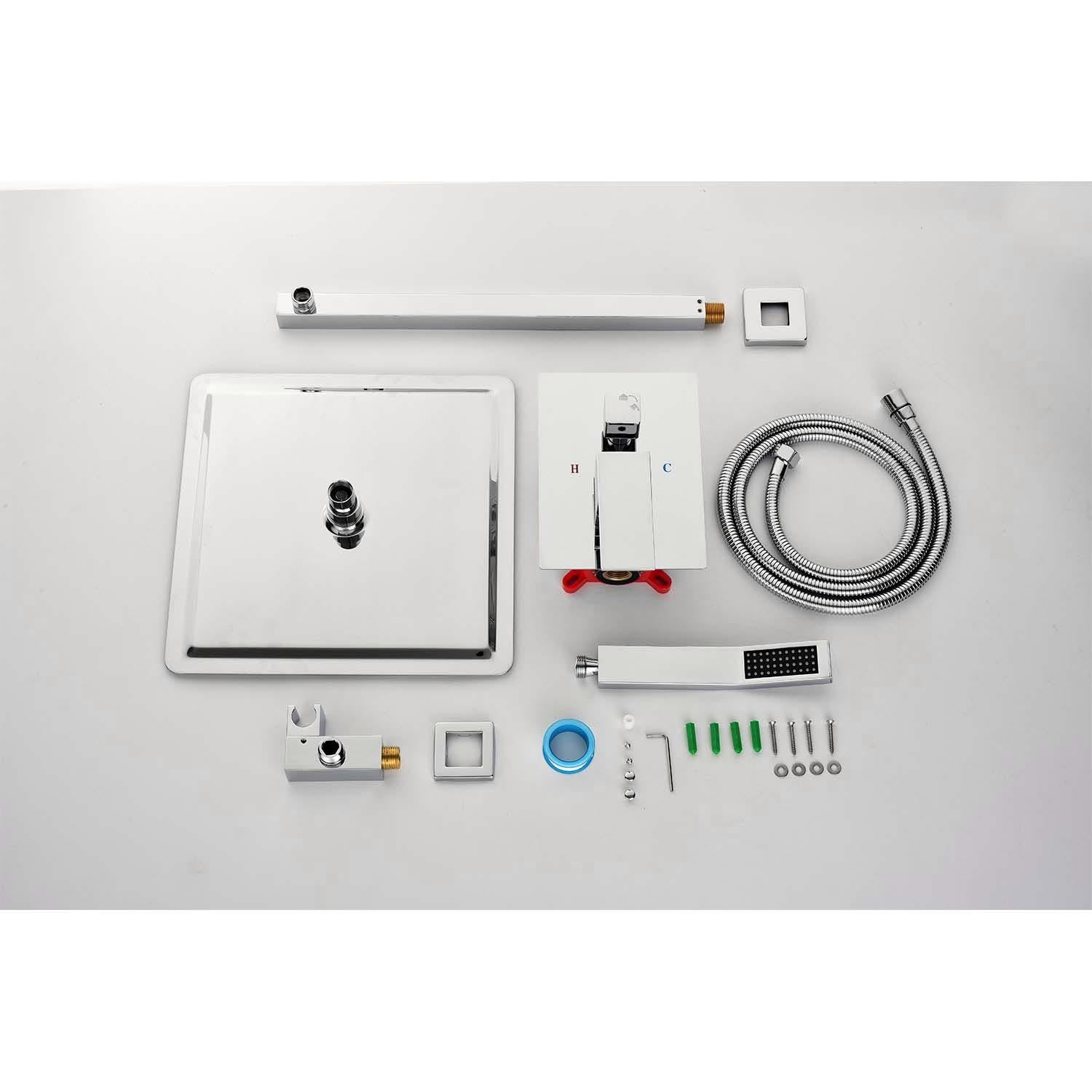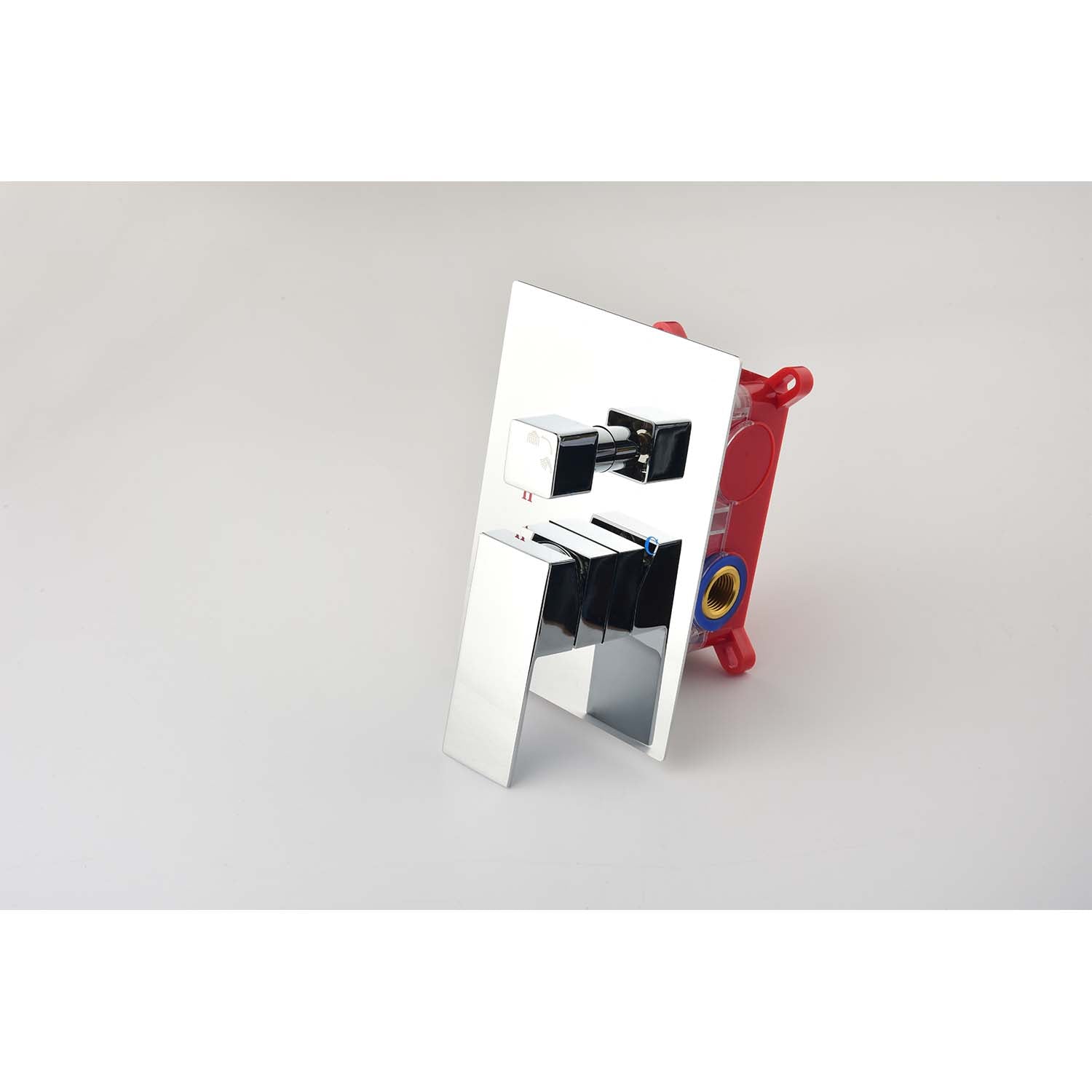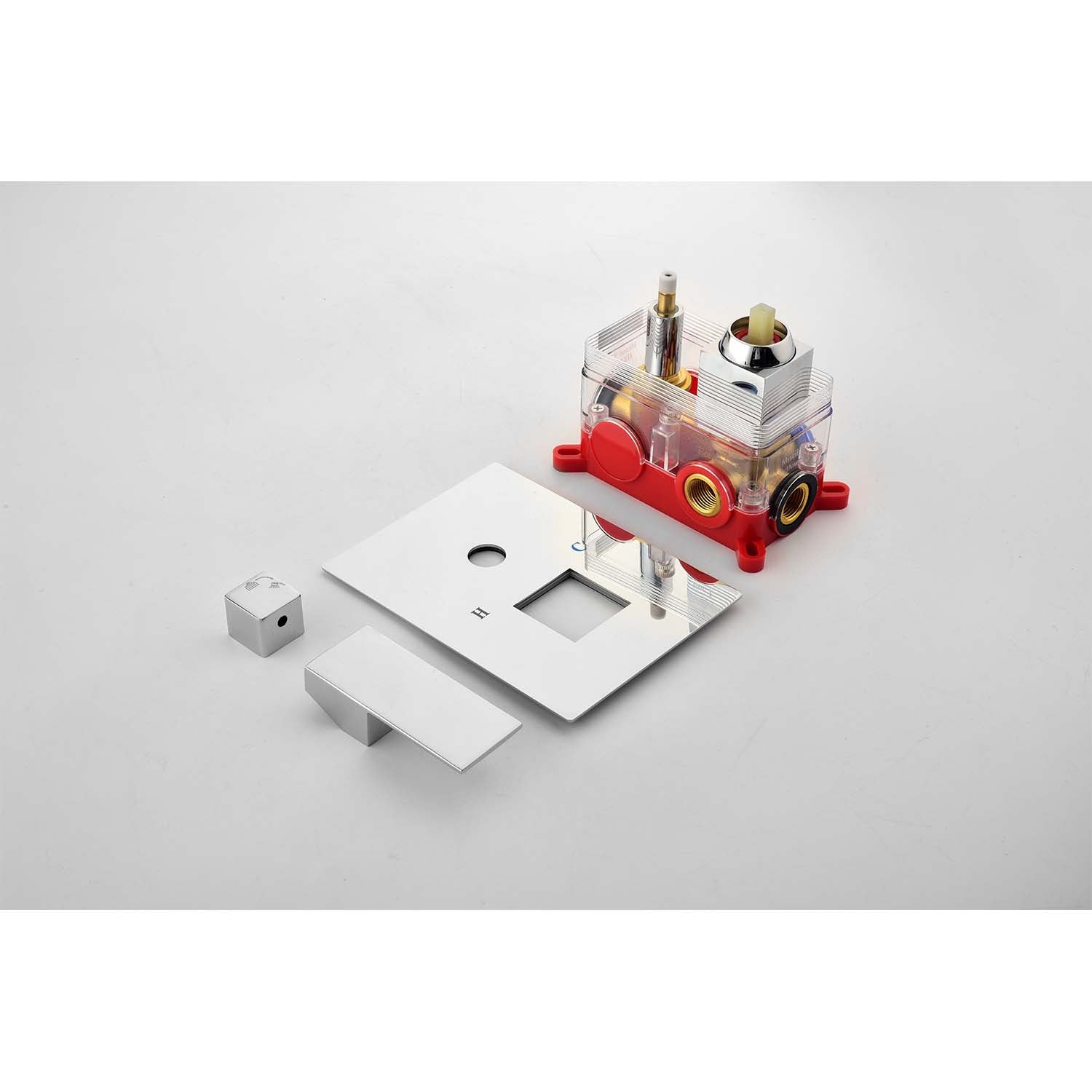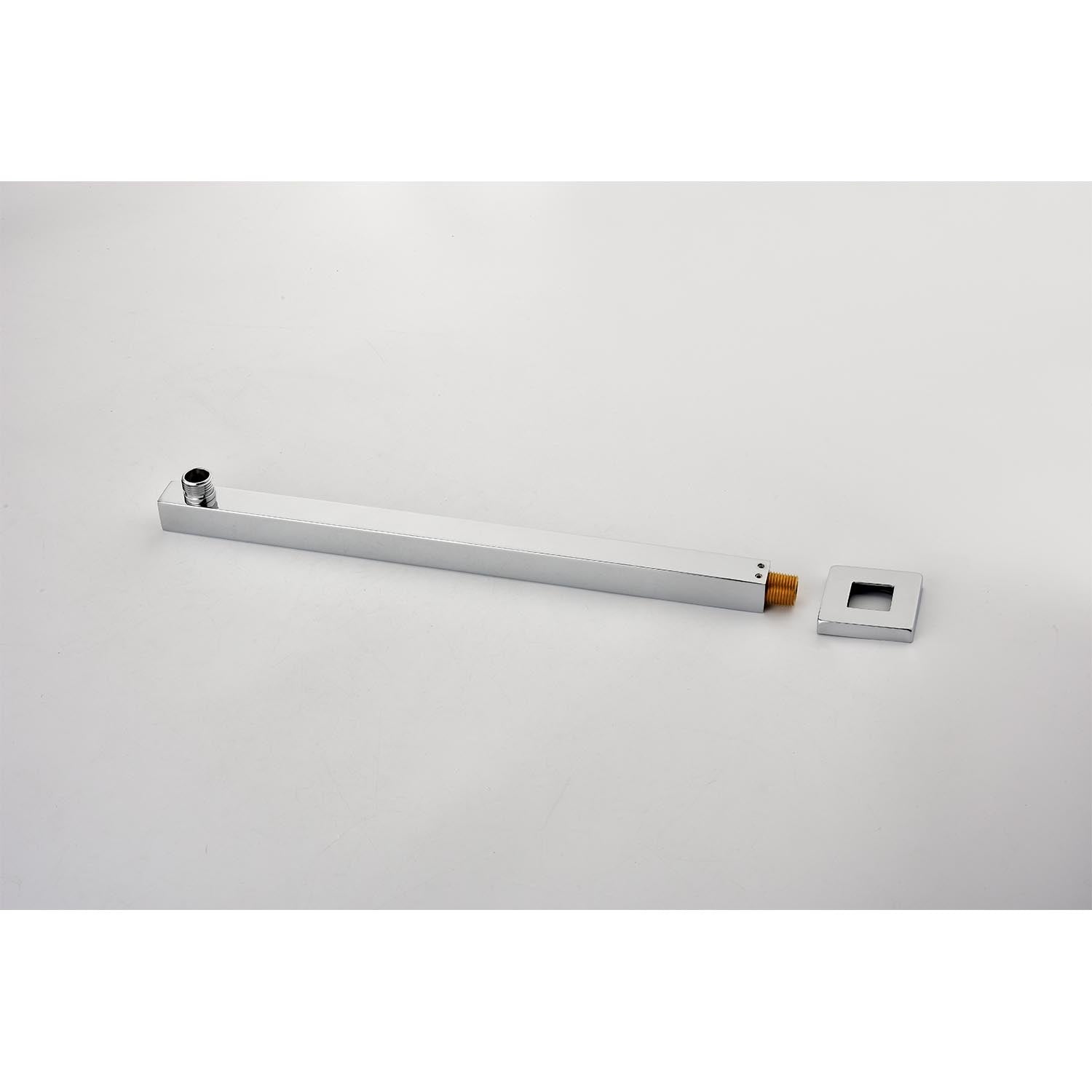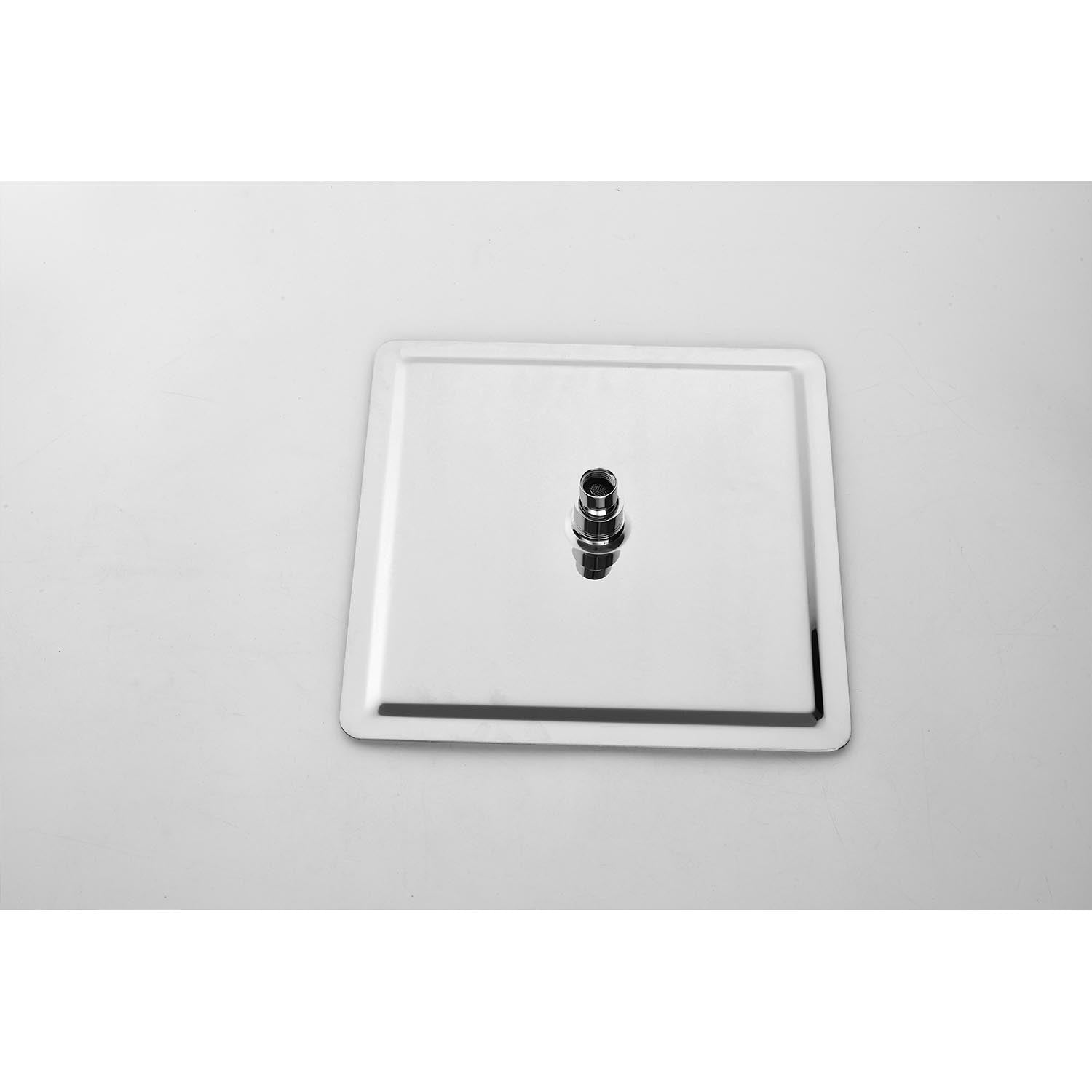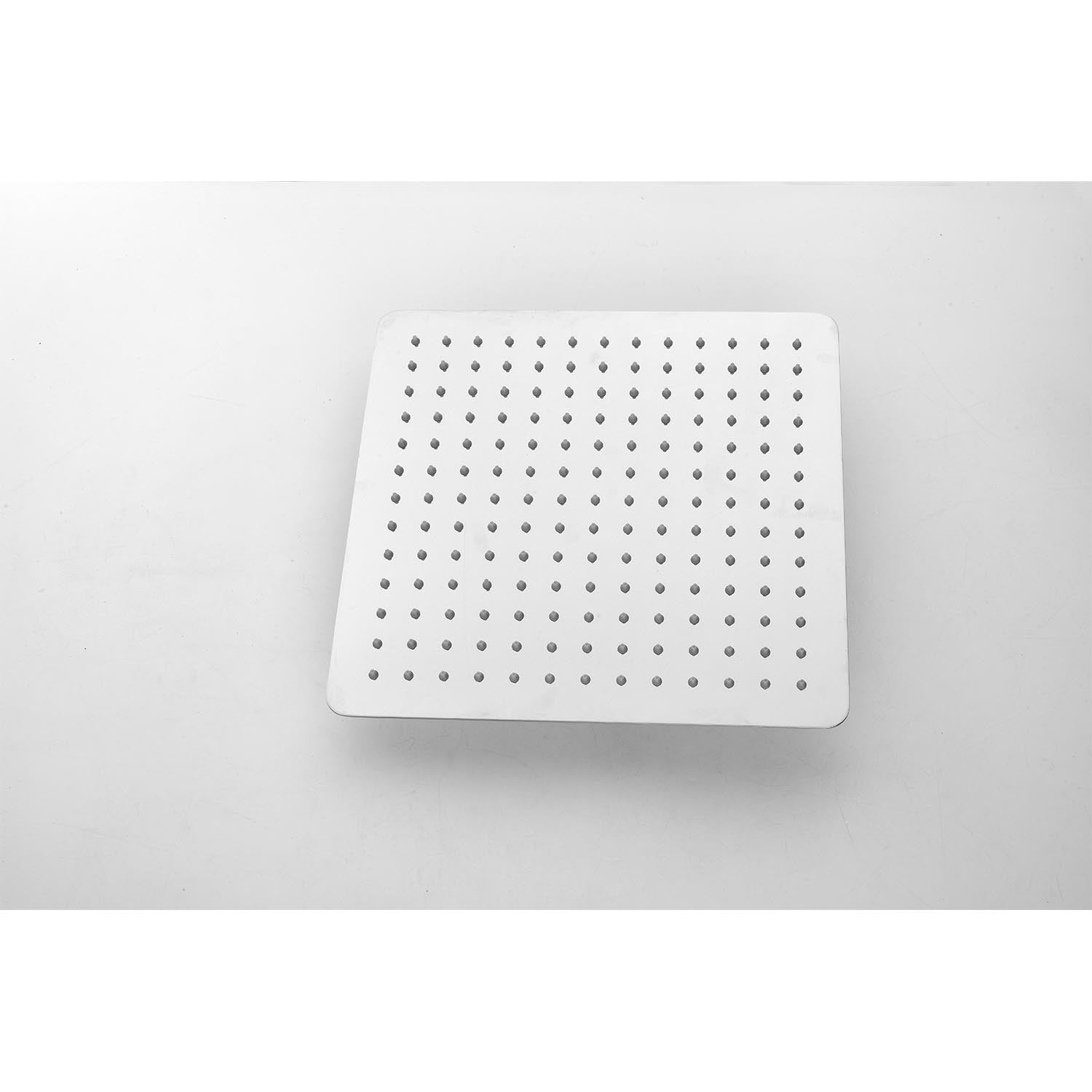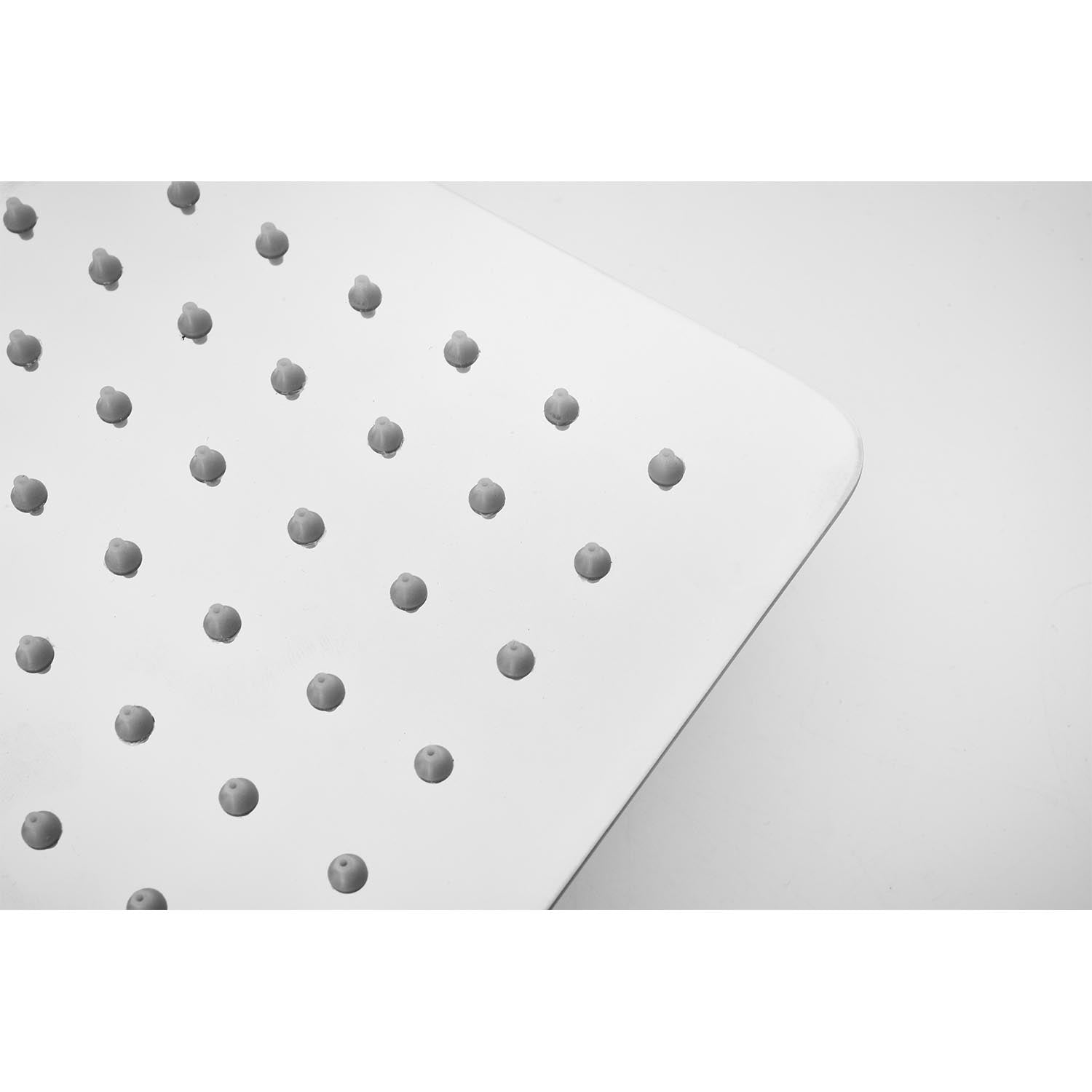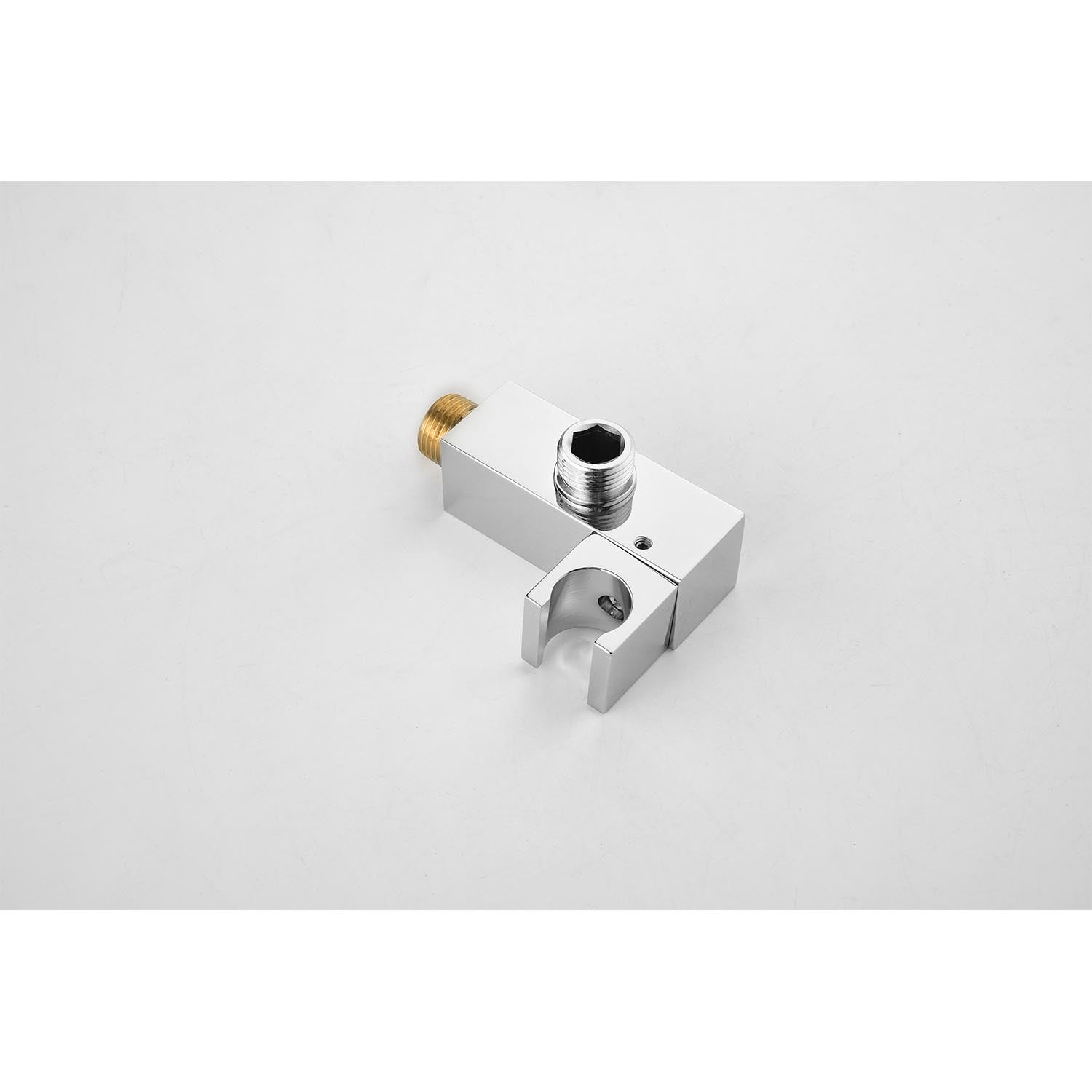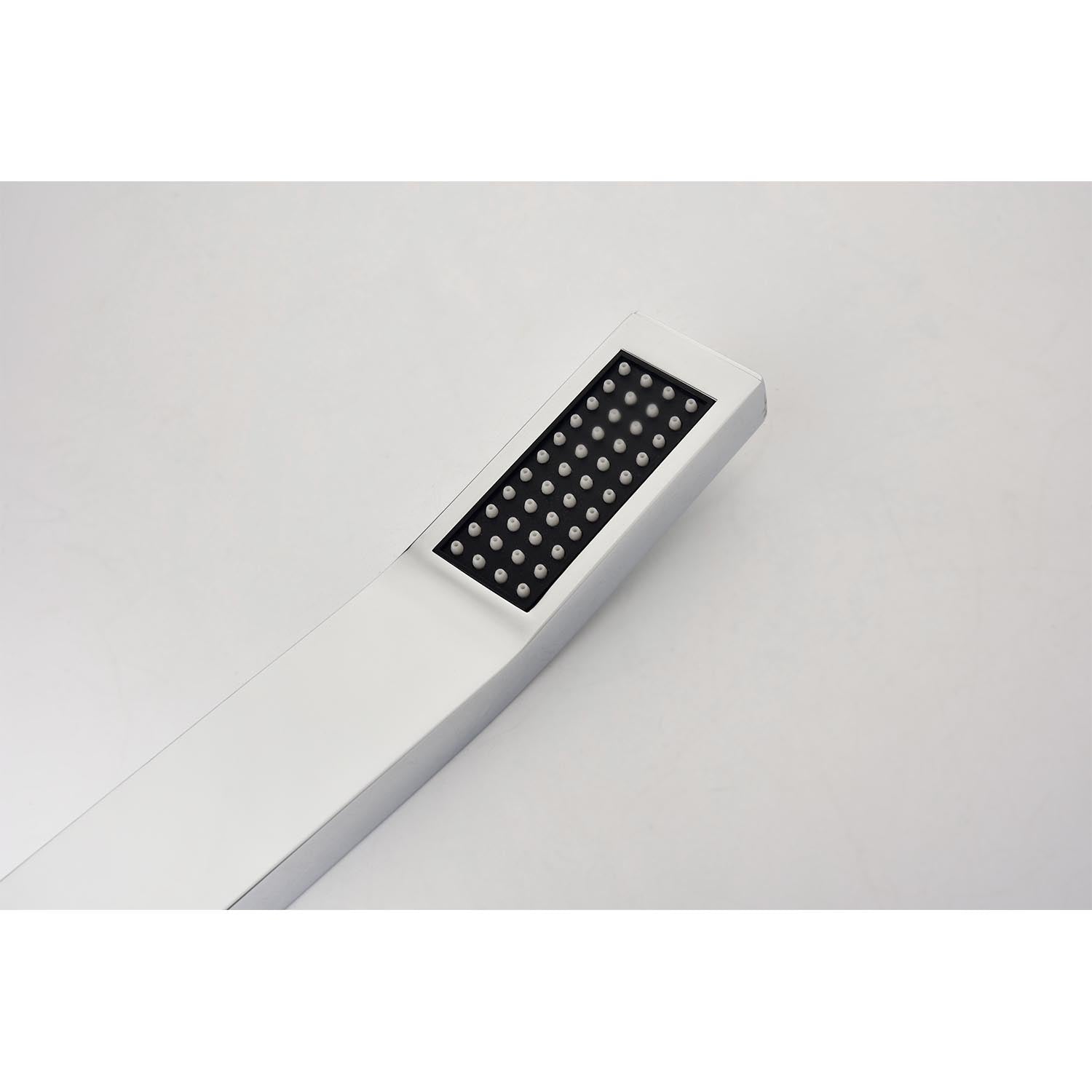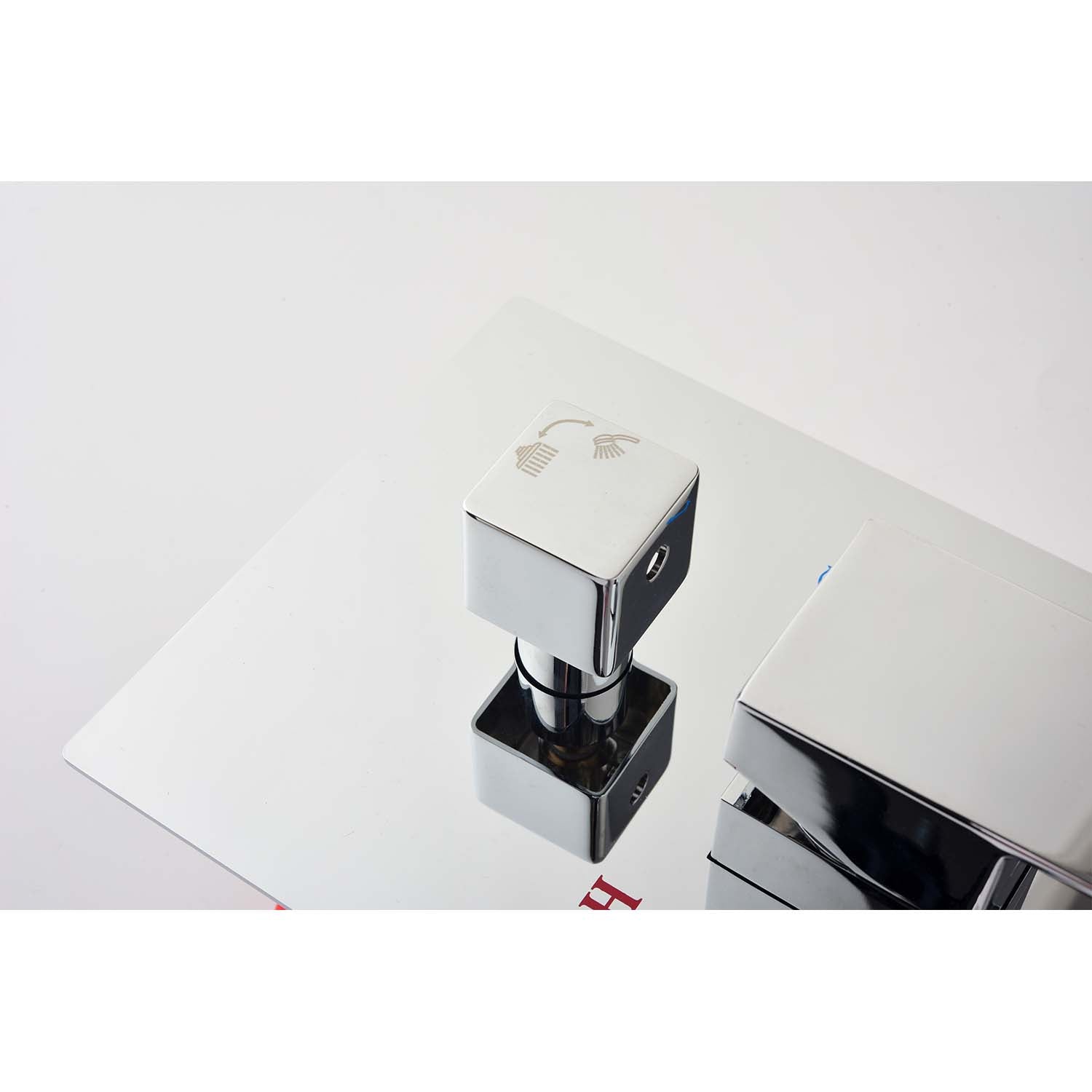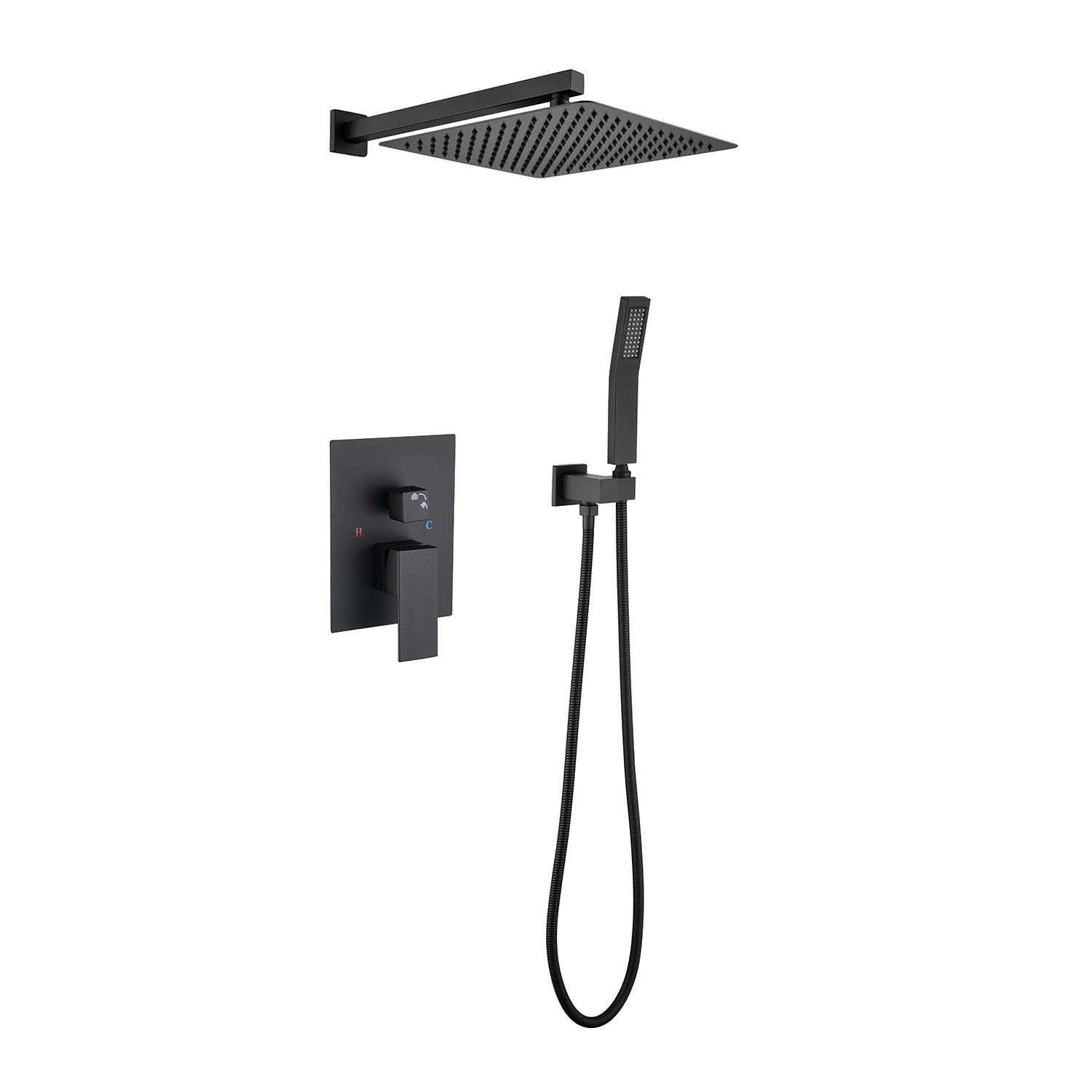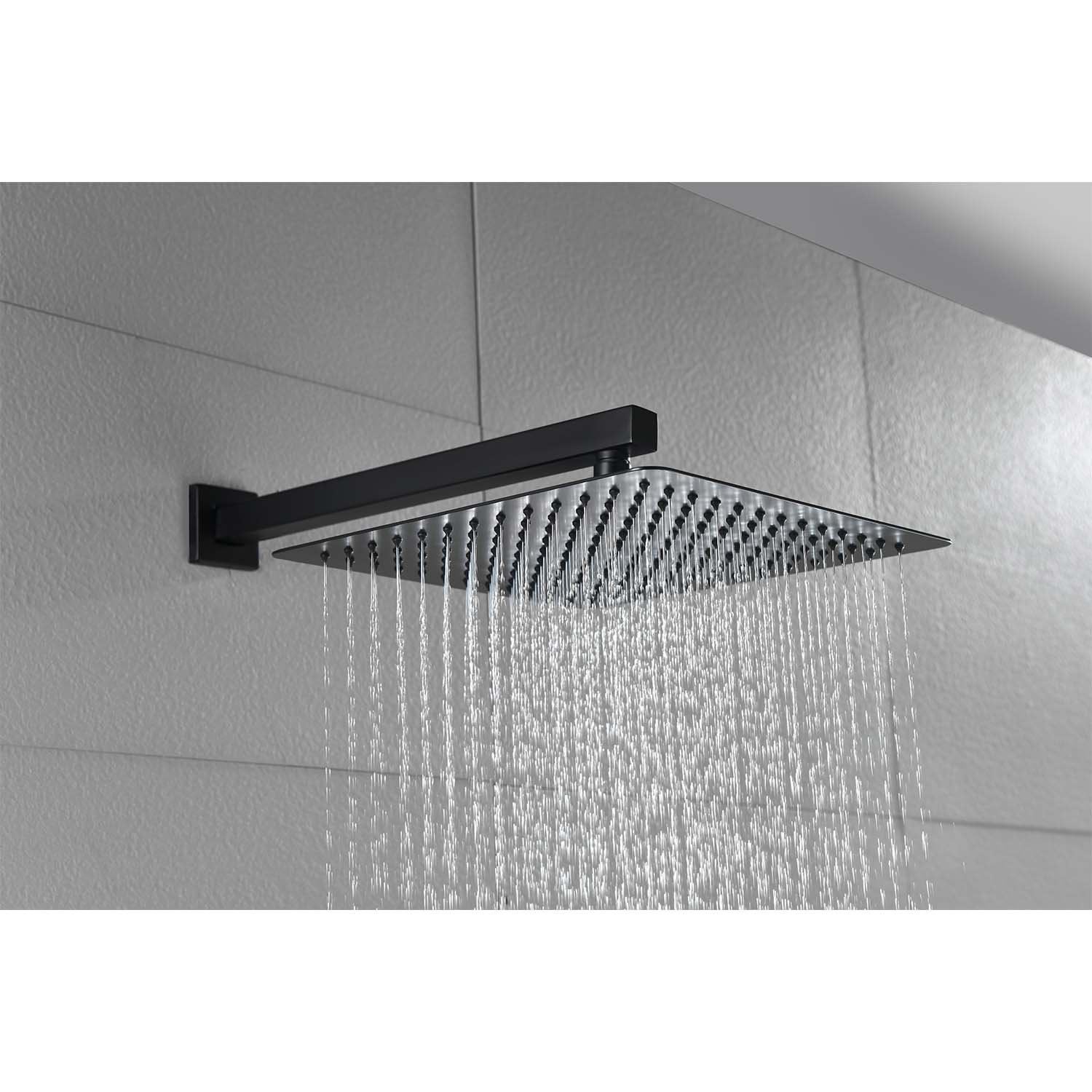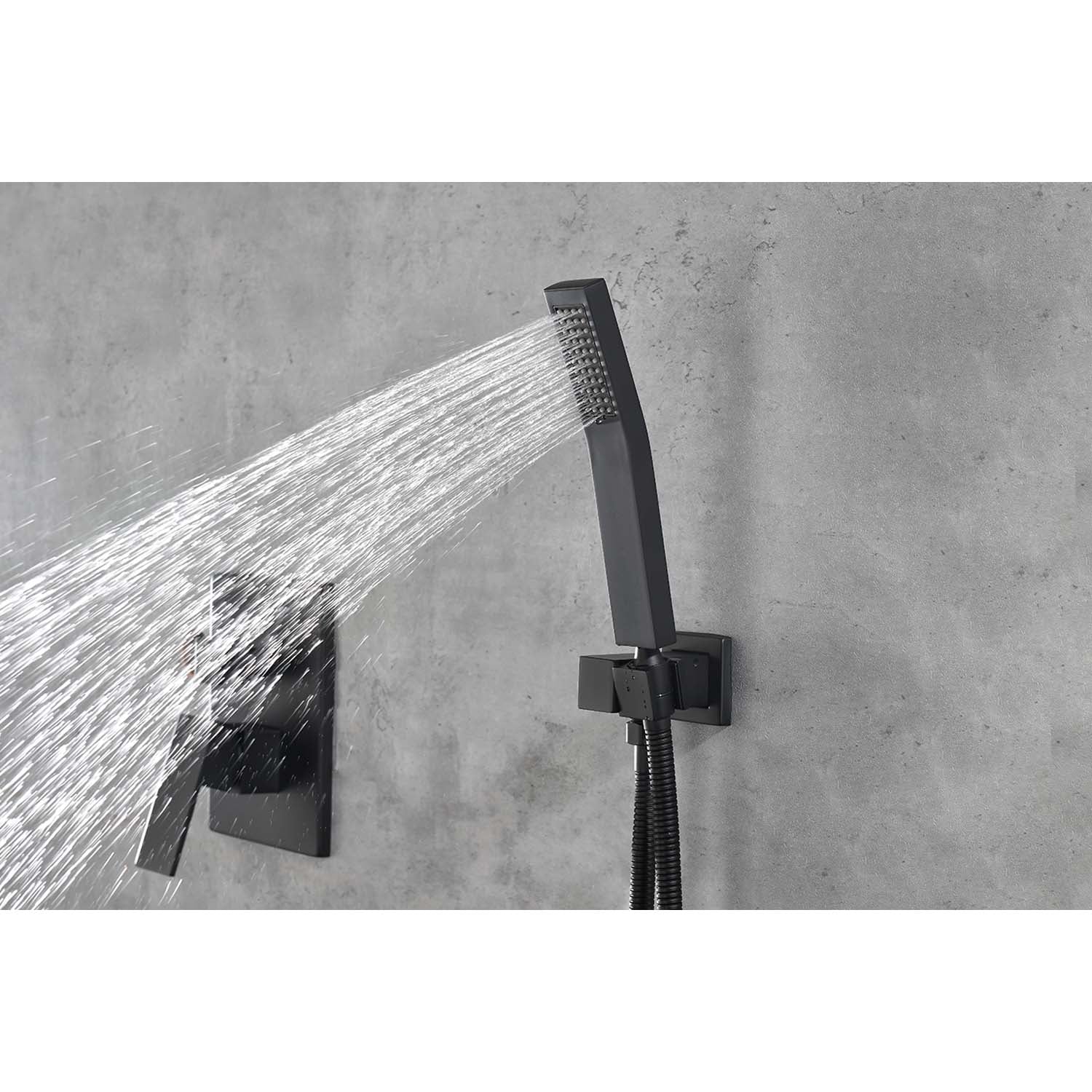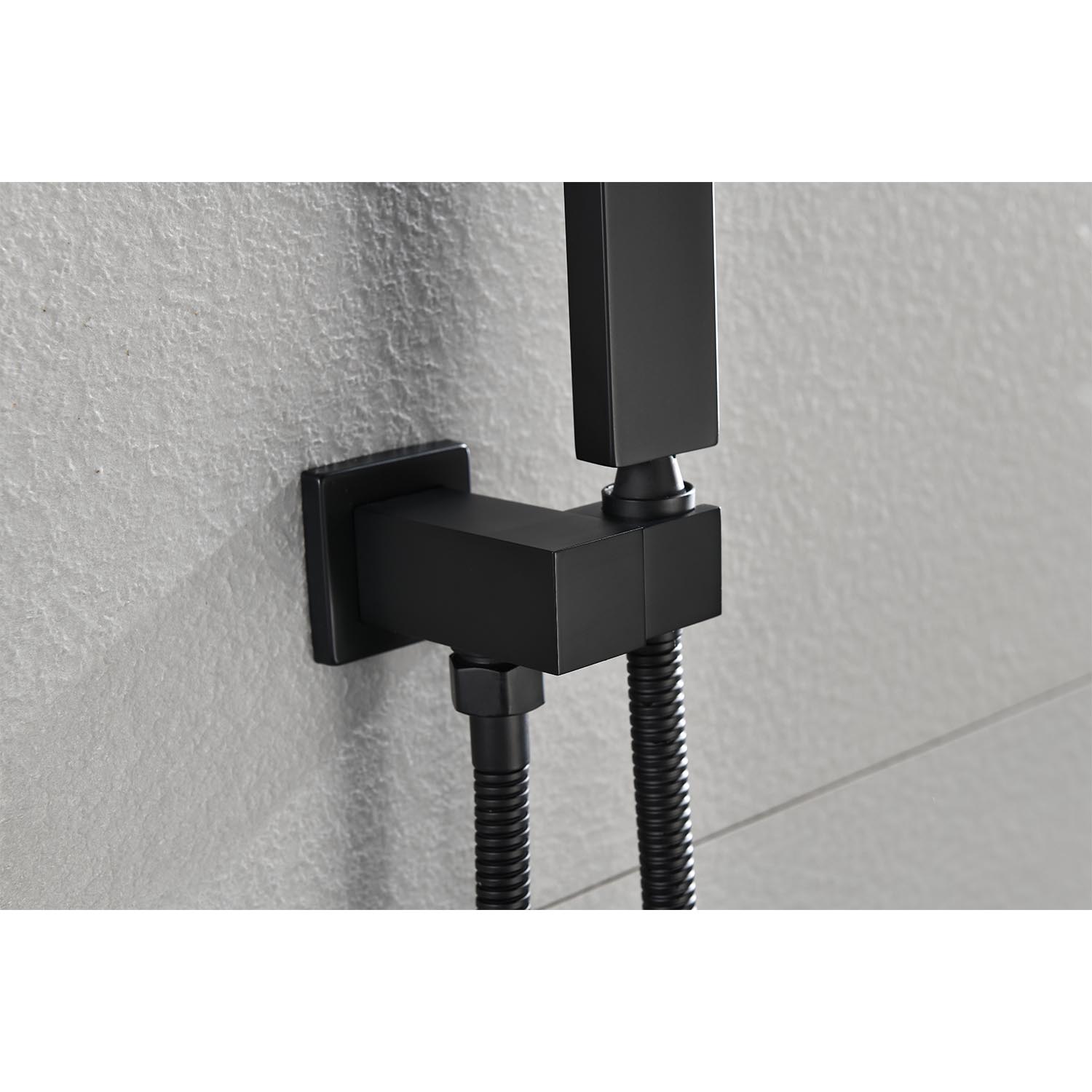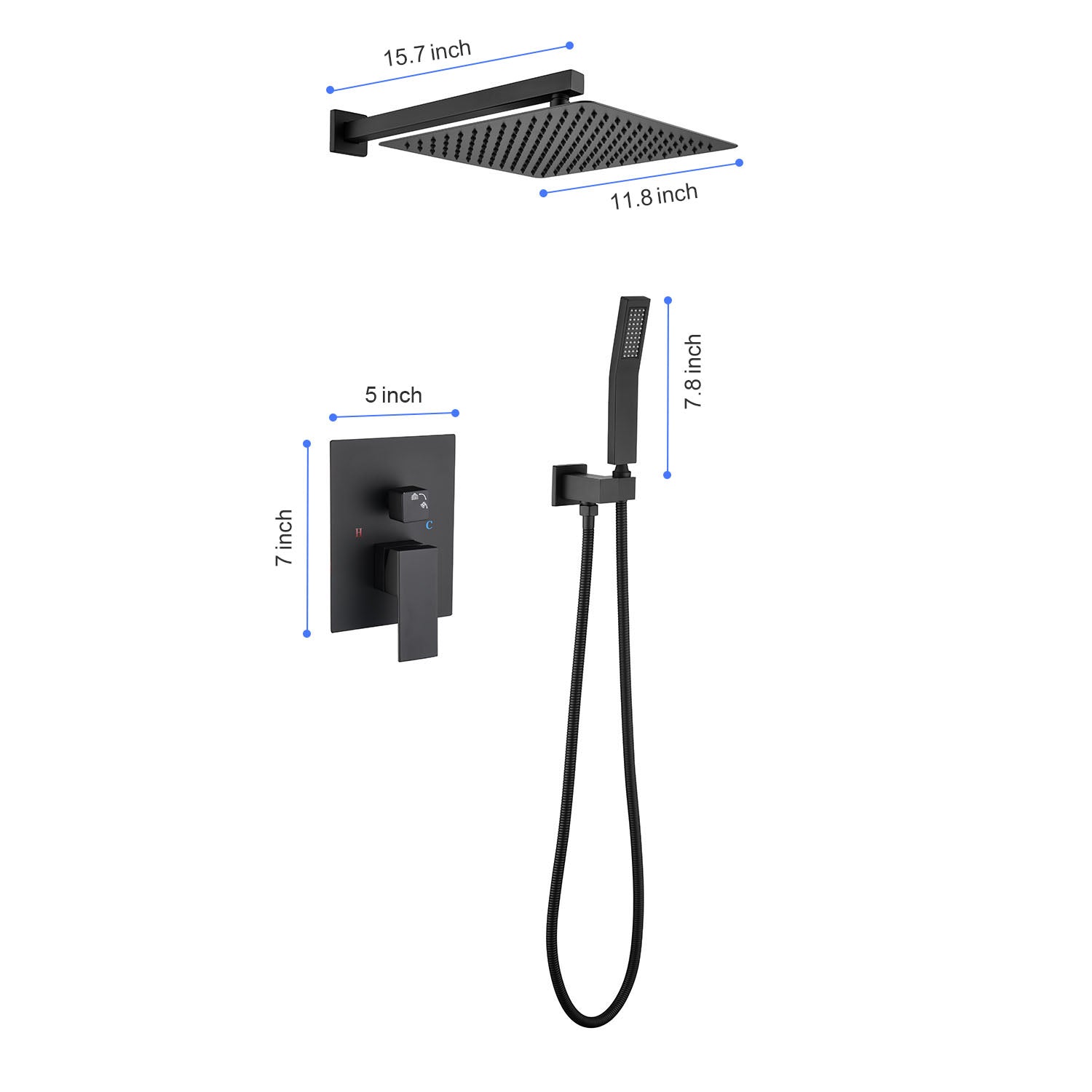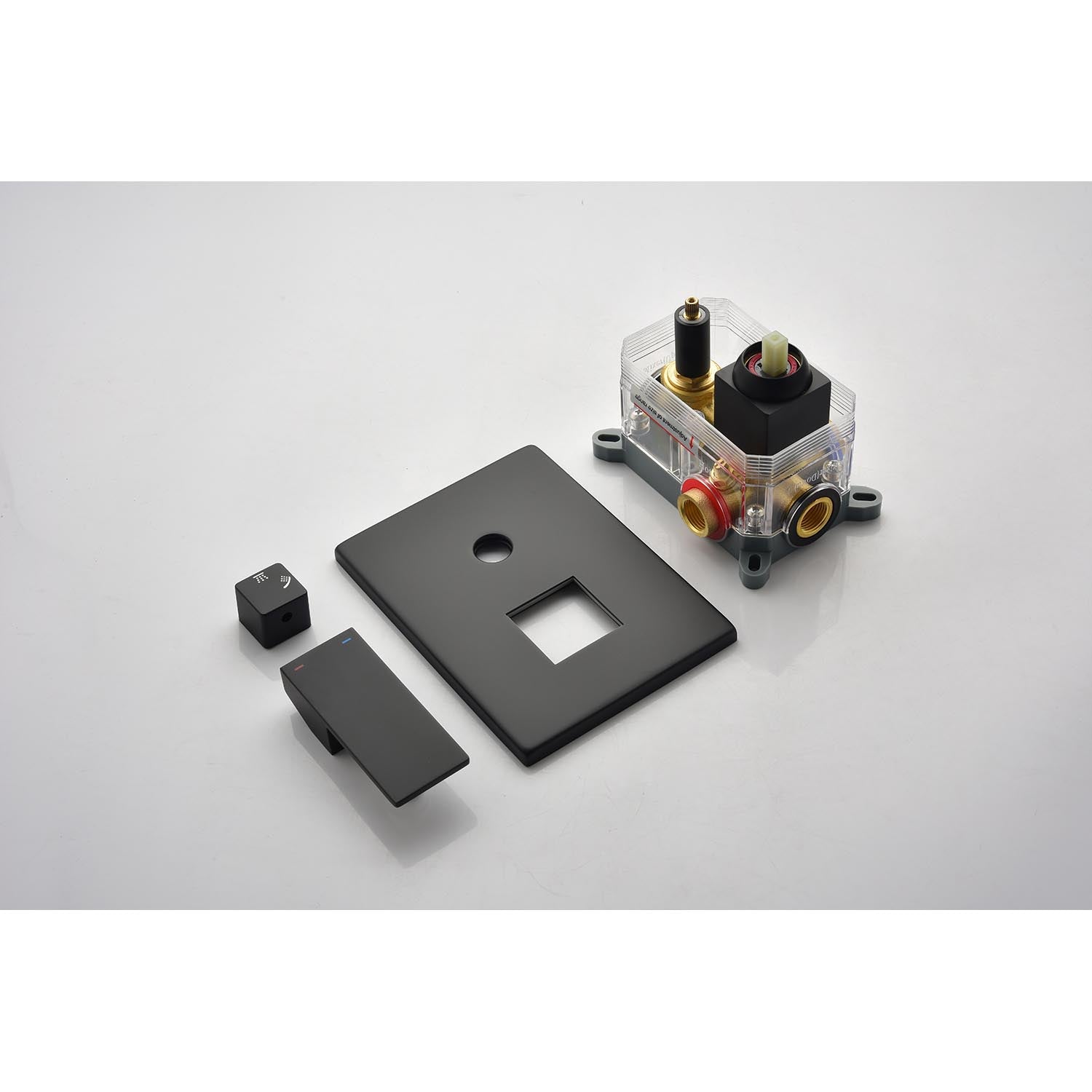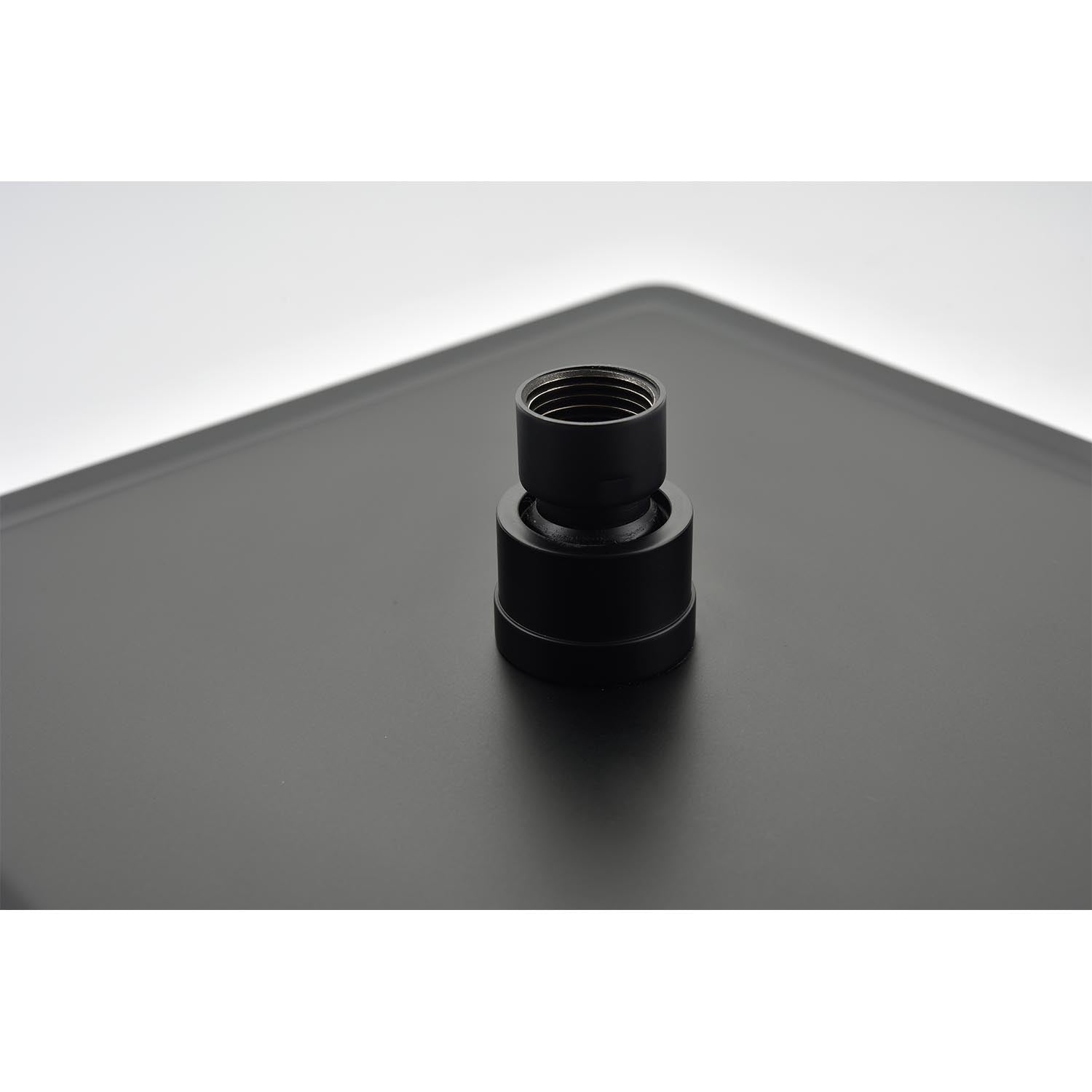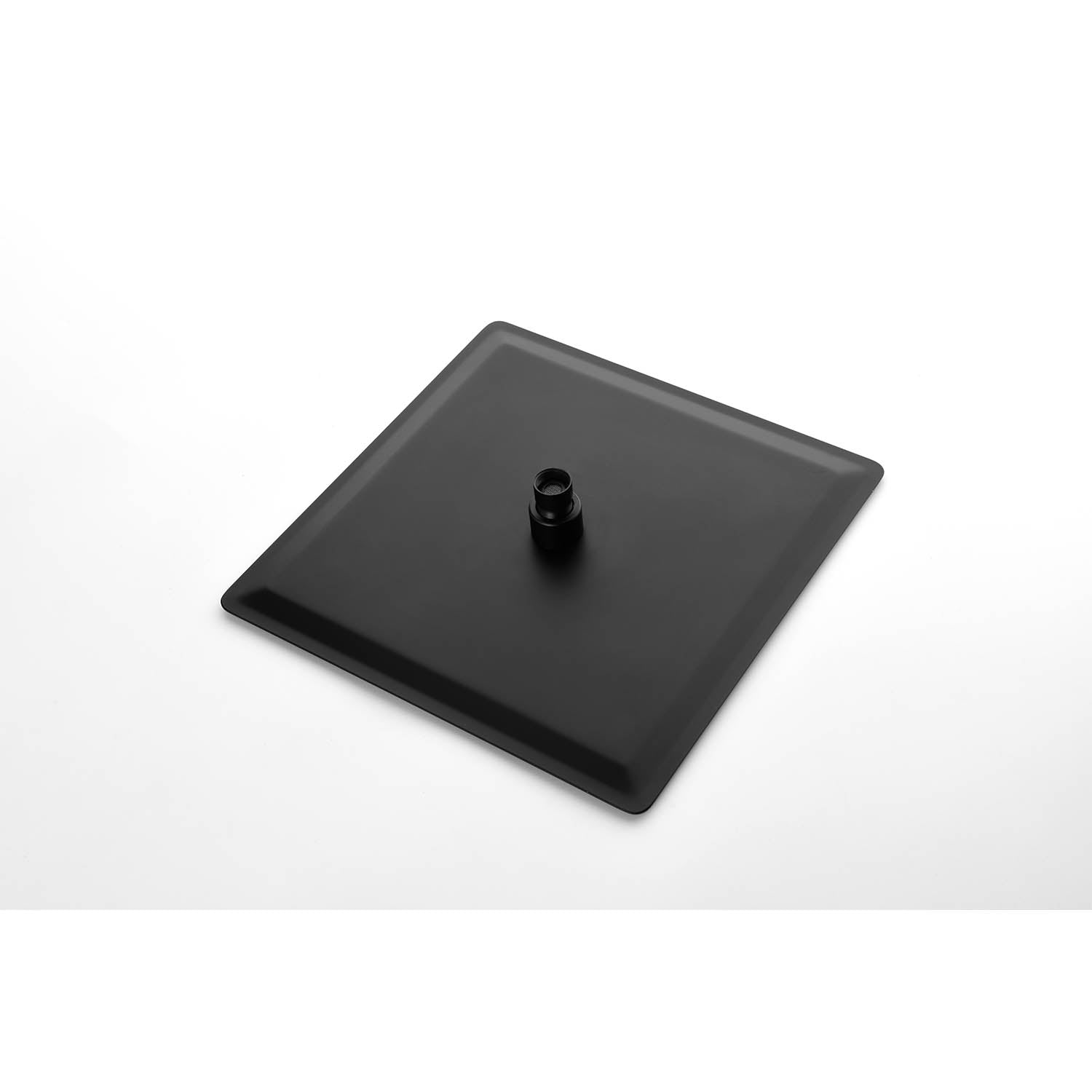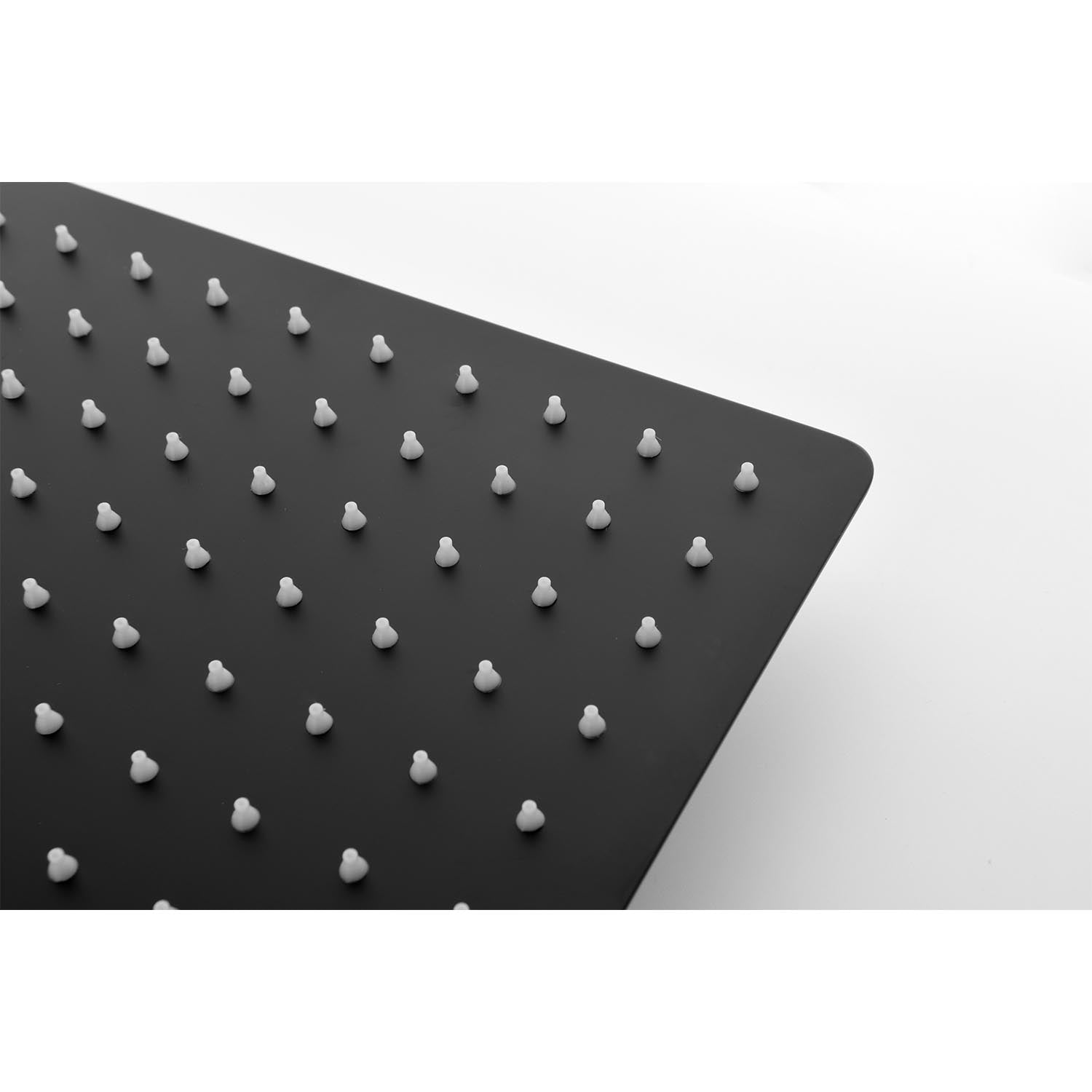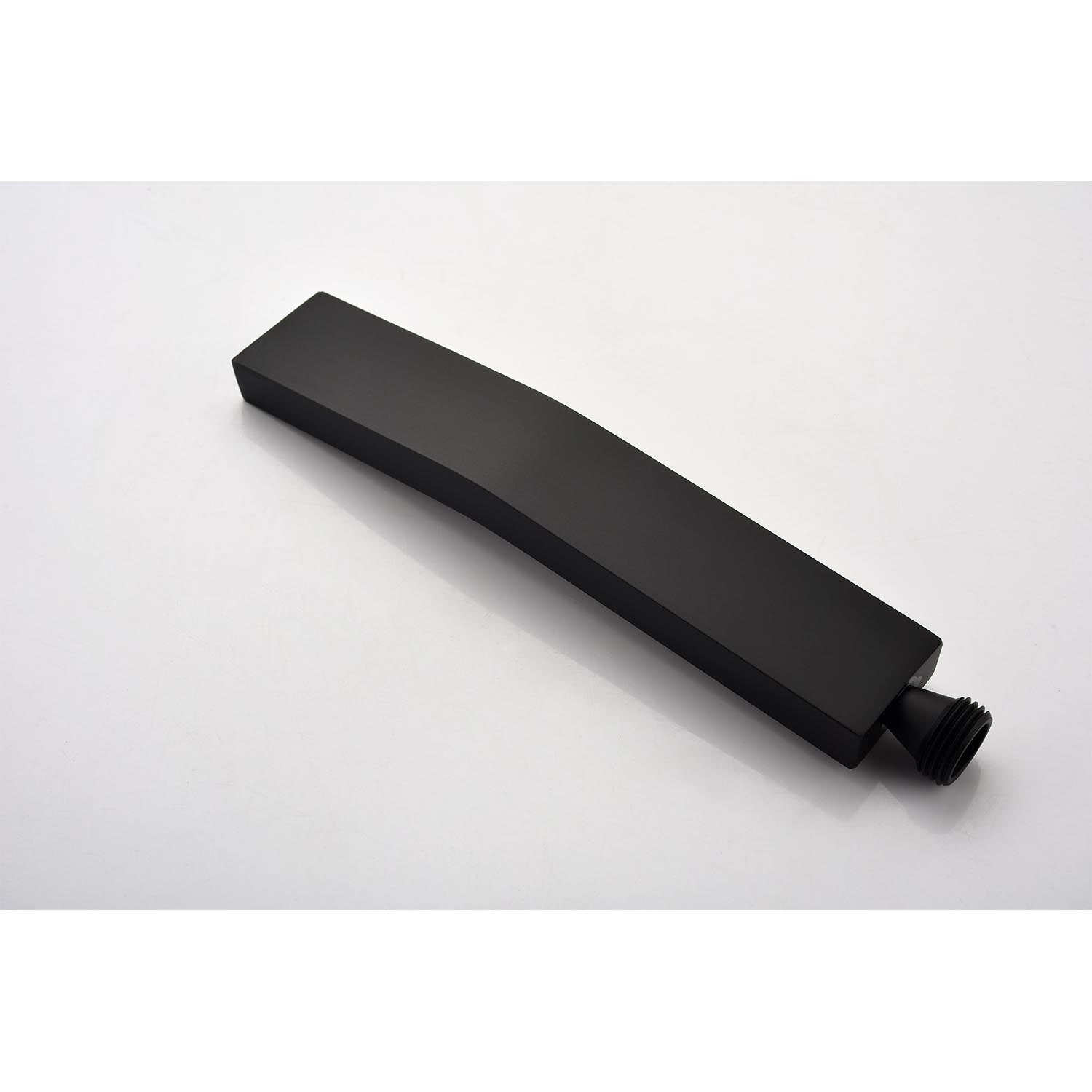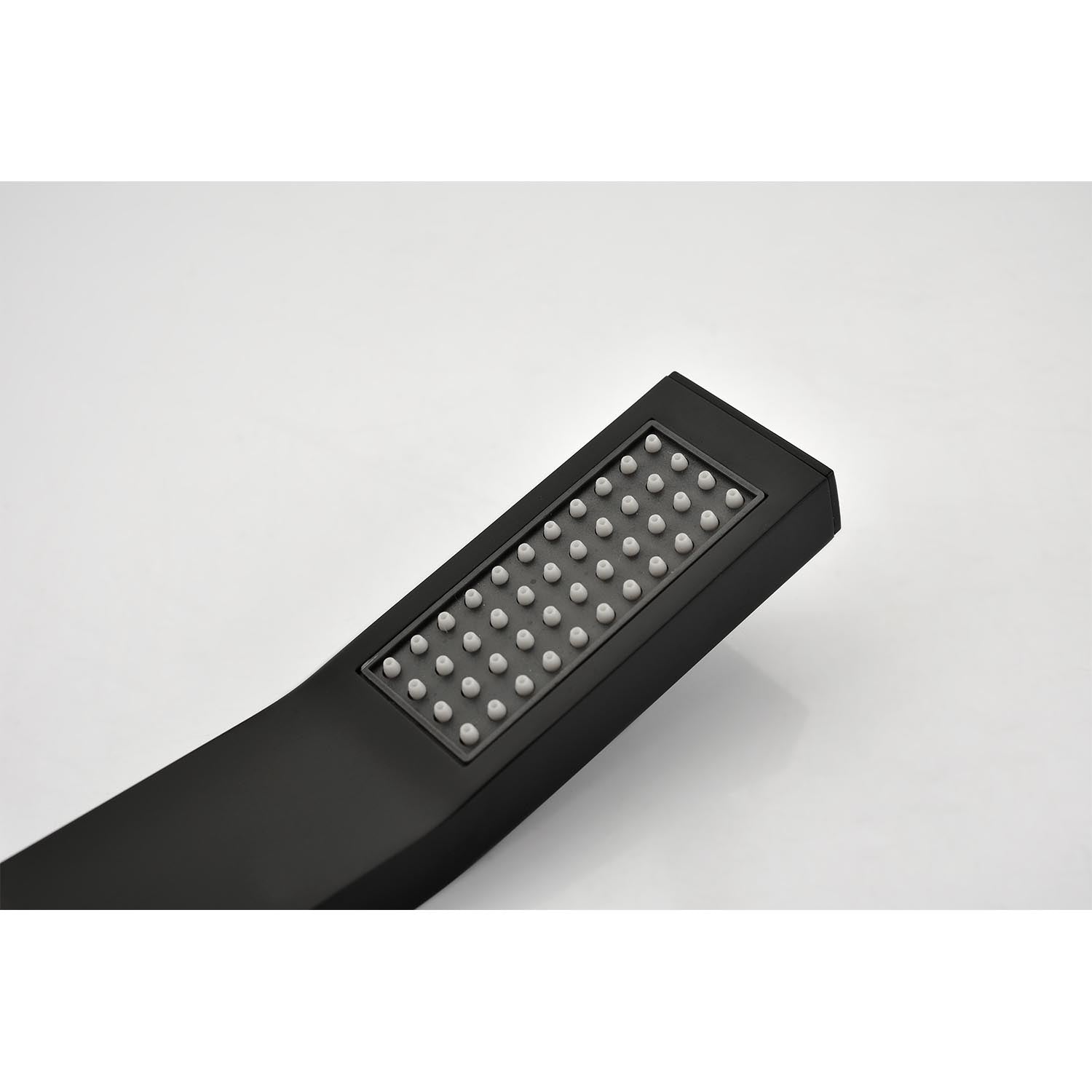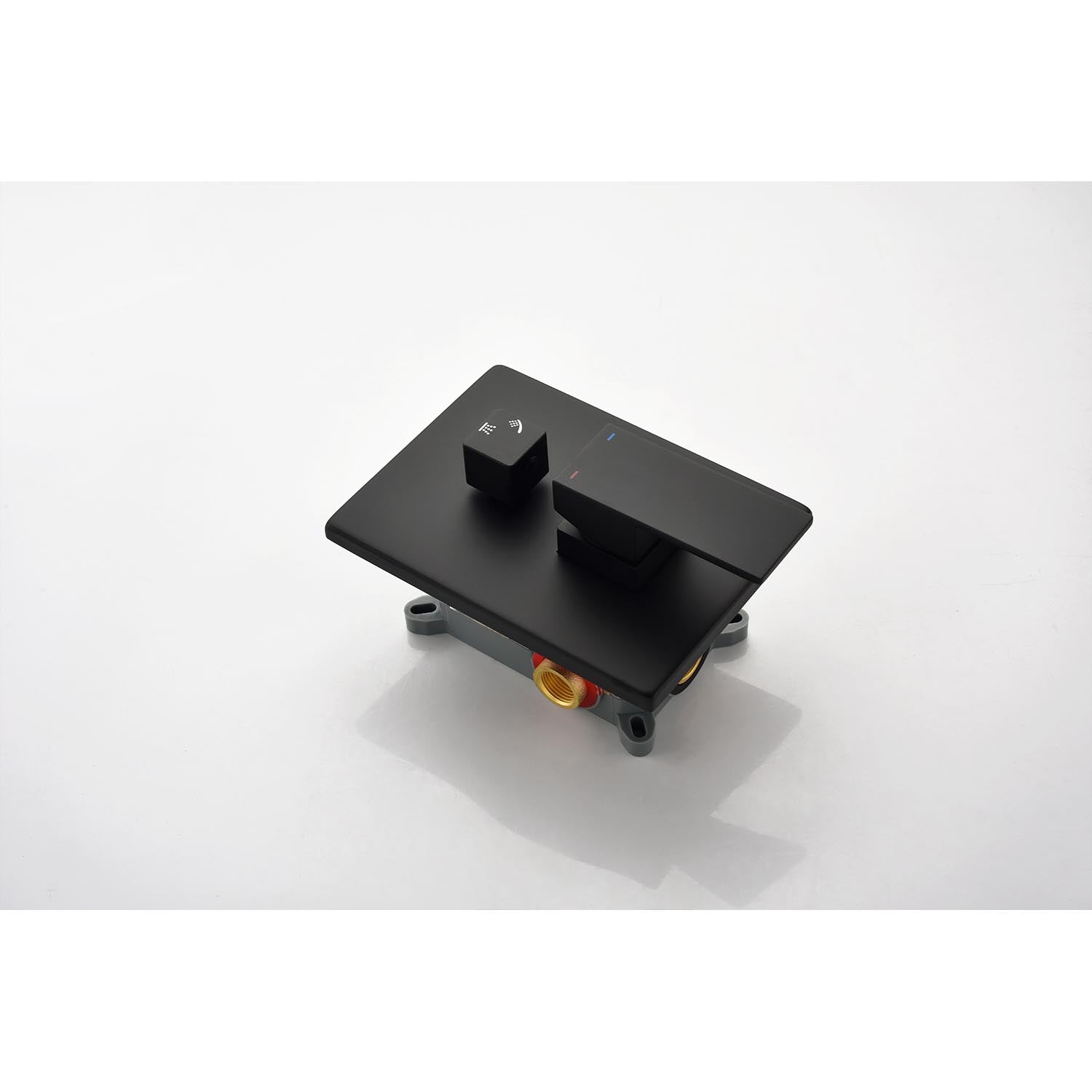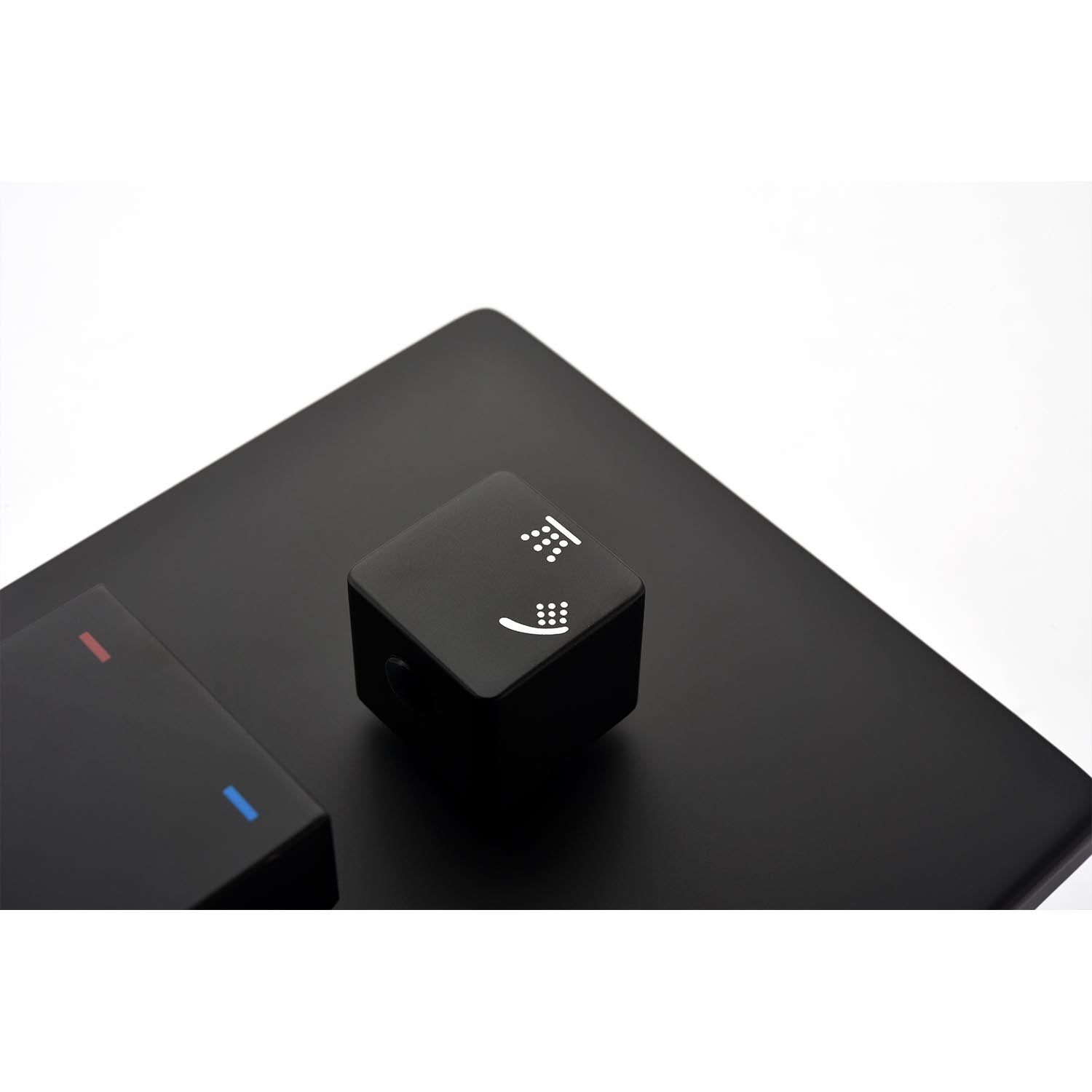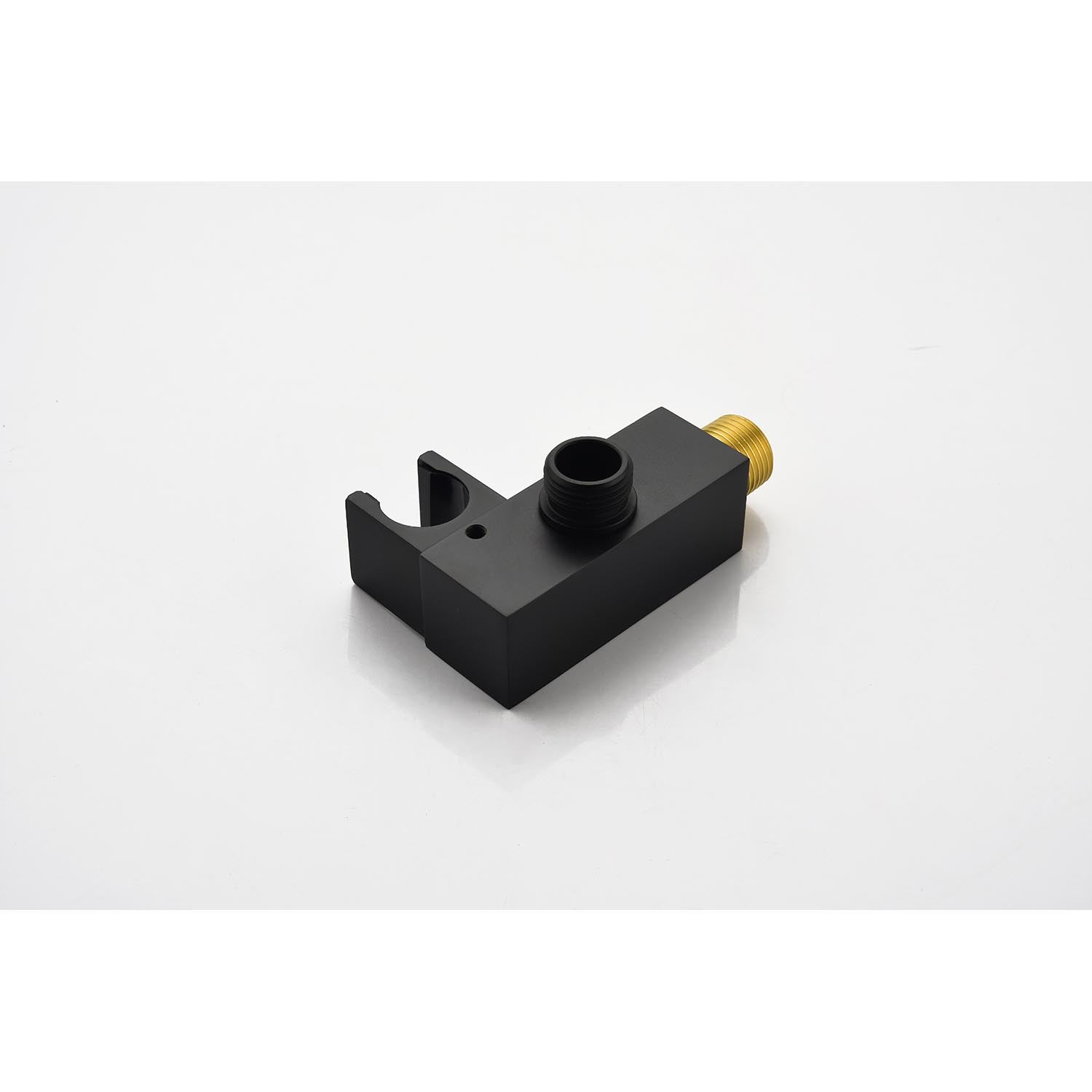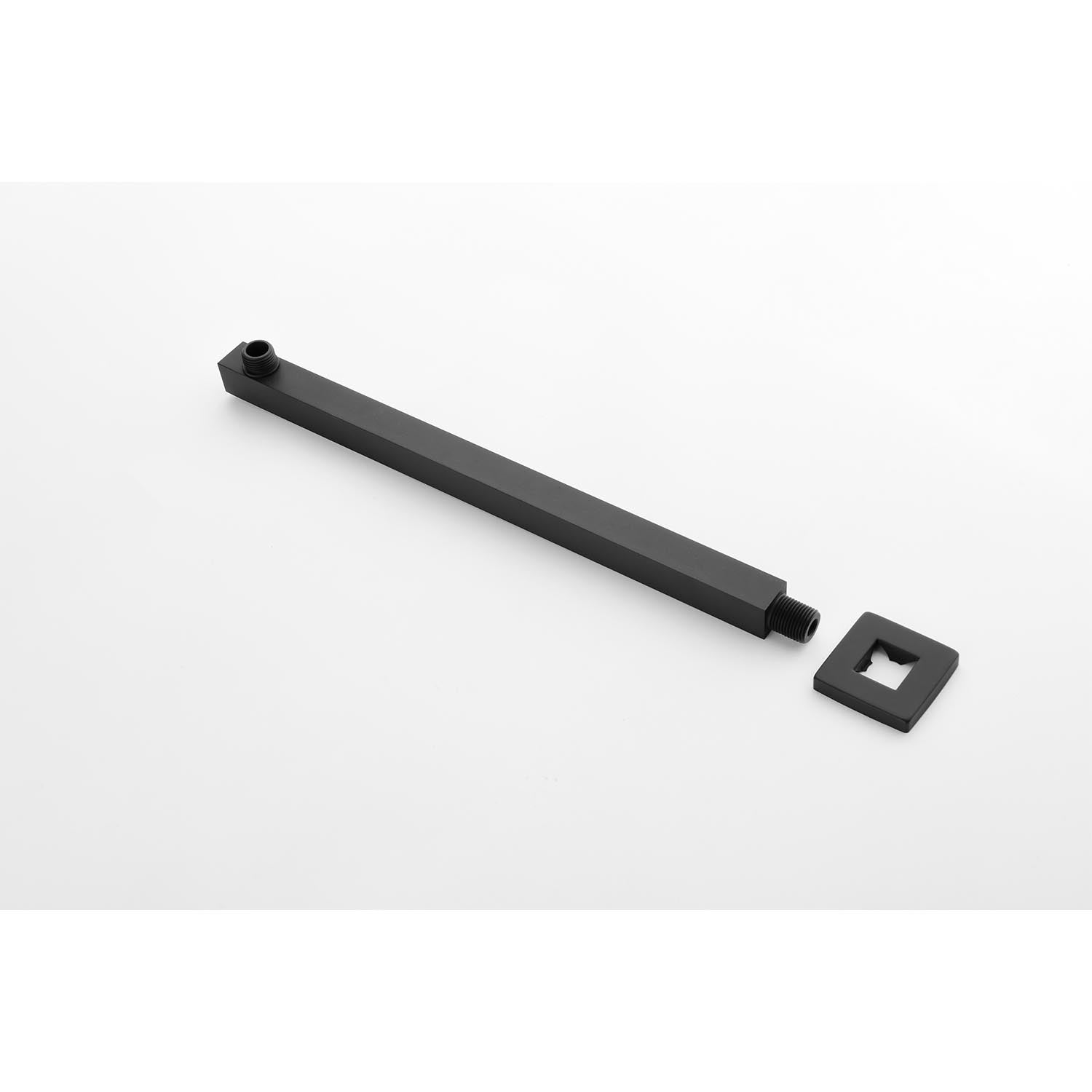Low water pressure can turn what should be a refreshing shower into a frustrating trickle. Many households in North America — especially those in older homes or rural areas — struggle with this issue. The right shower head can make all the difference, even if your home’s water supply isn’t as strong as you’d like.
In this guide, we’ll break down what water pressure and GPM really mean, why your water pressure might be low, how to check it, and what to look for when choosing the best shower head for low water pressure. We’ll also cover different shower head types, installation tips, and maintenance practices to ensure a long-lasting, satisfying shower experience.
Table of Contents:
- 1. Understanding Water Pressure and GPM: What They Mean and How They’re Related
- 2. Why Water Pressure Drops and How to Check Your Own
- 3. Choosing the Best Shower Head for Low Water Pressure: Key Features to Look For
- 4. Types of Shower Heads That Work Well in Low Water Pressure Homes
- 5. Installation and Maintenance Tips for Long-Lasting Performance
- 6. Other Ways to Improve Low Water Pressure in Your Shower
- Conclusion
- FAQ
1. Understanding Water Pressure and GPM: What They Mean and How They’re Related
Water pressure refers to the force that pushes water through your pipes, measured in PSI (pounds per square inch). In the USA, most of the homes run between 40–60 PSI. If your pressure dips below 30 PSI, you’ll likely notice a weaker flow in your shower and other fixtures.
GPM (gallons per minute) stands for the amount of volume that flows through the shower head in one minute. To conserve water, the Environmental Protection Agency (EPA) restricts new shower heads to a maximum of 2.5 GPM in the U.S. Water-saving models might have an even lower rating, such as 1.8 GPM.
Low water pressure often results in a lower actual GPM, even if the shower head is rated for more. Most standard shower heads are designed to perform well at 40 PSI or higher. If your pressure level is considerably below that, you're going to experience weak spray with trouble rinsing shampoo, and a general lack of pleasurable shower experience.

2. Why Water Pressure Drops and How to Check Your Own
Here are a few reasons why your shower pressure may be subpar:
-
Aging pipes with internal corrosion or mineral buildup
-
High demand periods, such as mornings when many neighbors are using water
-
Well system limitations in rural areas
-
Pressure regulator settings that are too low
-
Clogged shower head nozzles due to limescale or sediment
How to check your water pressure:
-
Use a pressure gauge: You can easily screw this on to an outdoor faucet or laundry tap and get a reading of the PSI level.
-
Test at different times: If pressure is much lower during peak hours, demand may be the issue.
-
Inspect your shower head: Mineral buildup can block spray holes. Remove the head and run water directly from the pipe — if the flow improves, the shower head is the problem.
-
Check other fixtures: If sinks and other faucets are also low, it could be a system-wide pressure problem.
Before purchasing the best shower head for low water pressure, this step is necessary to figure out if you need a new head, plumbing work, or both.
3. Choosing the Best Shower Head for Low Water Pressure: Key Features to Look For
When you’re shopping for the best shower head for low water pressure, focus on designs that maximize flow and spray strength without wasting water.
-
Pressure-boosting technology: Look for features like air infusion, which mixes air with water to create a more forceful spray, or narrowed spray channels that increase velocity. Turbine shower heads use rotating blades to break water into fine, high-speed jets for a massaging effect. These designs improve perceived pressure, making them ideal for low-pressure homes.
-
Optimized flow restrictors: Some low-pressure models have adjustable restrictors, allowing more water through without exceeding legal GPM limits.
-
Anti-clog nozzles: Silicone rubber spray tips resist limescale buildup, making maintenance easier.
Additional Note: Understanding Flow Restrictors and Regulations
The flow restrictor ensures the shower head complies with federal or state regulations. The U.S. federal standard allows a maximum of 2.5 GPM at 80 PSI, but certain states, such as California, New York, and Colorado, have stricter limits, capping flow rates at 1.8 GPM to address water shortages and promote sustainability.
Some homeowners remove the flow restrictor to increase water volume, especially in low-pressure environments. While this can improve spray strength, it may also lead to higher water and energy bills, and in some states, it could technically put your fixture out of compliance with local regulations.

4. Types of Shower Heads That Work Well in Low Water Pressure Homes
Not all shower heads are created equal, and the right type can make a big difference.
-
Fixed shower heads: These are mounted directly to the wall arm. They’re simple, reliable, and often include pressure-enhancing features in low-pressure models.
-
Handheld shower heads: Connected via a flexible hose, these are great for rinsing hard-to-reach areas, cleaning the shower, and assisting children or elderly family members. Many also come with multiple spray settings.
-
Multi-function or combo sets: These combine a fixed head with a handheld unit, offering versatility and better coverage.
-
Specialty heads for low pressure: Some models are specifically engineered for weak water systems, featuring narrow spray patterns or micro-jet technology.
In general, handheld or combo systems offer more flexibility in low-pressure homes, as you can position the spray closer for a stronger feel.
5. Installation and Maintenance Tips for Long-Lasting Performance
A top-notch shower head for low water pressure can still perform at a low point if you set it up wrongly or do not maintain it.
Before installation:
-
Flush out your pipes by running water for a few minutes without the shower head attached.
-
Wrap the shower arm threads with Teflon tape to prevent leaks.
During installation:
-
Hand-tighten first, then gently secure with a wrench if needed. Over-tightening can damage the threads.
-
Check for leaks and adjust as necessary.
Maintenance:
-
Every few months, soak the shower head in a vinegar-water solution to dissolve mineral deposits.
-
Wipe silicone nozzles with your finger or a soft cloth to dislodge debris.
-
Inspect seals and gaskets to ensure they’re in good condition.
With proper care, a quality shower head can last for years while maintaining strong performance, even in low-pressure conditions.

6. Other Ways to Improve Low Water Pressure in Your Shower
Although choosing the best shower head for low water pressure is one of the fastest and easiest fixes, there are other steps you can take to improve your shower experience:
-
Check and adjust your pressure regulator – Most homes have a pressure-reducing valve (PRV) near the main water line. A slight increase in its setting can better the total PSI.
-
Flush your plumbing system – Sediment and mineral build up in the inside of pipes limits water flow. By flushing the system out once per year, you can maintain the pressure required.
-
Install a shower pump – In some cases, especially in rural or multi-story homes, a dedicated pump can boost water pressure in the shower.
-
Upgrade your plumbing – Older, narrow galvanized pipes are more restrictive. Replacing them with modern copper or PEX piping can significantly increase water flow.
-
Schedule usage wisely – Avoid showering at peak times when water demand in your neighborhood is highest.
When all of these functions together, alongside the right shower head, you optimize comfort, efficiency, and lasting performance.
Conclusion
Dealing with low water pressure doesn’t mean you have to settle for a weak, unsatisfying shower. By understanding the difference between water pressure and GPM, identifying the root cause of your issue, and selecting a shower head with the right features, you can dramatically improve your daily routine.
FAQ
Q1: How do I know if I need the best shower head for low water pressure?
A: If your shower feels weak, takes longer to rinse soap, or struggles to maintain a consistent spray, you may benefit from a pressure-boosting model.
Q2: Can a shower head actually increase water pressure?
A: It can’t raise your home’s actual PSI, but it can create a stronger, more concentrated spray that feels like higher pressure.
Q3: What is the ideal GPM for a low water pressure home?
A: Many homeowners find that 1.8–2.5 GPM models with pressure-enhancing technology provide the best balance between force and water conservation.
Q4: How often should I clean my shower head?
A: Every 2–3 months is ideal, especially in areas with hard water.
Q5: Is it worth replacing my old shower head if I have low water pressure?
A: Yes. Modern low-pressure designs can significantly improve comfort and reduce water waste, even if your home’s plumbing can’t deliver high PSI.
Relative Articles
What Are the Different Types of Shower Heads
Avoid Shower Drips: 5 Tips for Using tape for shower head Correctly
Understanding Shower Head GPM: How to Choose the Right Flow for Your Bathroom Experience
Best Shower Systems 2025: 10 Best Shower Systems for Your Home
